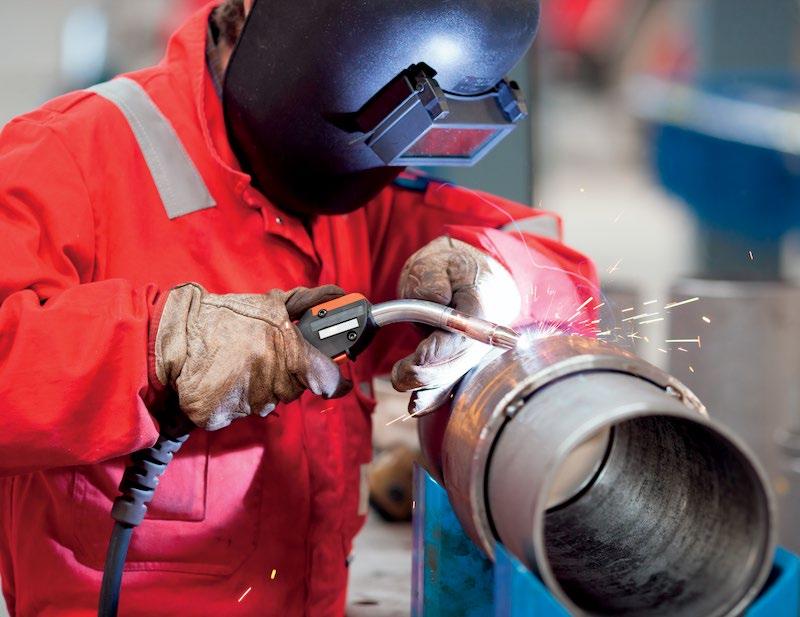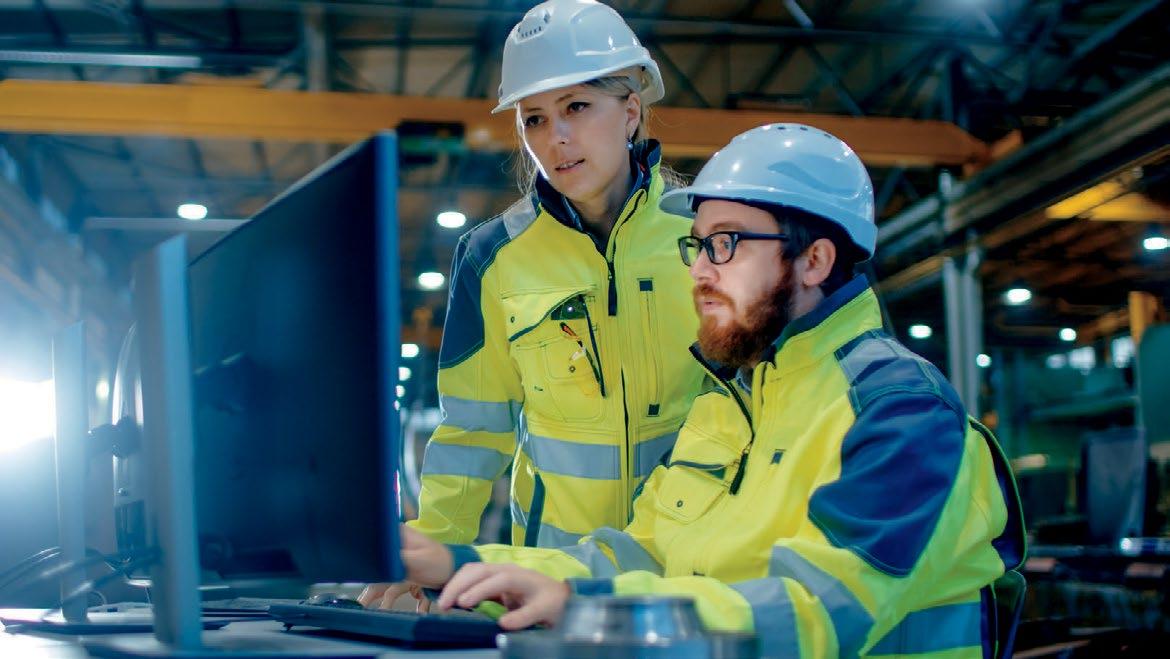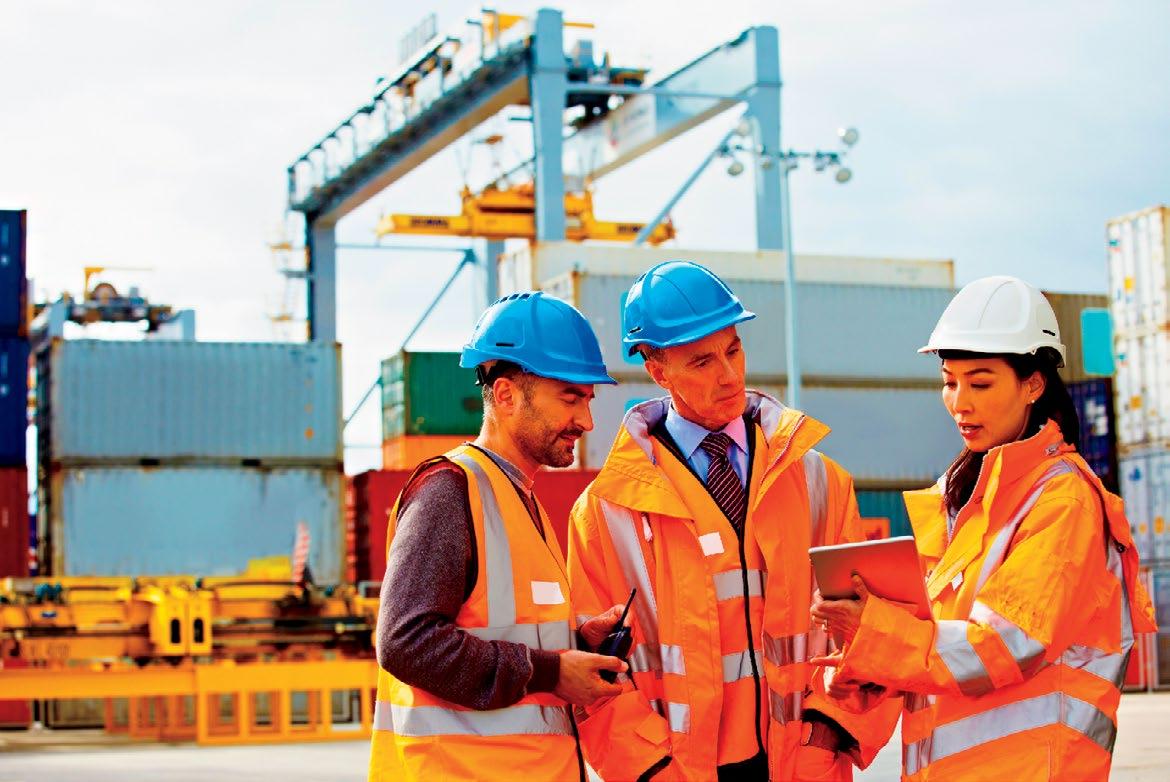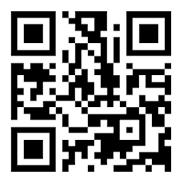WELDING AUSTRALIAN

Williams Metal Fabrications: Leading the Way with Innovation, Diversity and Automation
Page 22
Women in Welding: Iesha Swan, Hanlon Industries
Page 46


Williams Metal Fabrications: Leading the Way with Innovation, Diversity and Automation
Page 22
Women in Welding: Iesha Swan, Hanlon Industries
Page 46
Bowhill Engineering Thrives with Opening of New Workshop Together we thrive is the motto the dedicated team at Bowhill Engineering follows as they transform their community and build structures that matter. Thriving they are, with the recent opening of a massive new workshop.
Innovation at Scale: Inside Thornton Engineering For nearly 50 years, Thornton Engineering has been at the forefront of Australia’s steel fabrication industry, evolving from a small workshop in Penshurst, Victoria, to a powerhouse in advanced manufacturing.
DGH Engineering: A Legacy of Quality and Community Since 2005, DGH Engineering has been an unwavering pillar of the Queensland engineering sector. DGH maintains a highly personal approach to client relationships and delivers high-quality results.
Member Q&A with Justin Whitby from Griffin Marine Services A third-year apprentice at Griffin Marine Services, Justin is already a standout talent in the Australian welding and fabrication industry. He has played a key role in a major marine construction project and works to improve safety.
Chess Engineering: Fabricating the Future with Innovation and Precision For more than half a century, Chess Engineering has been a leader in Australian manufacturing, delivering cutting-edge engineering solutions across multiple industries.
Women in Welding: Iesha Swan, Hanlon Industries Since starting her boilermaking apprenticeship with Hanlon Industries in 2023, Iesha Swan has quickly become an essential part of the team, known for her ability to handle tasks with precision.
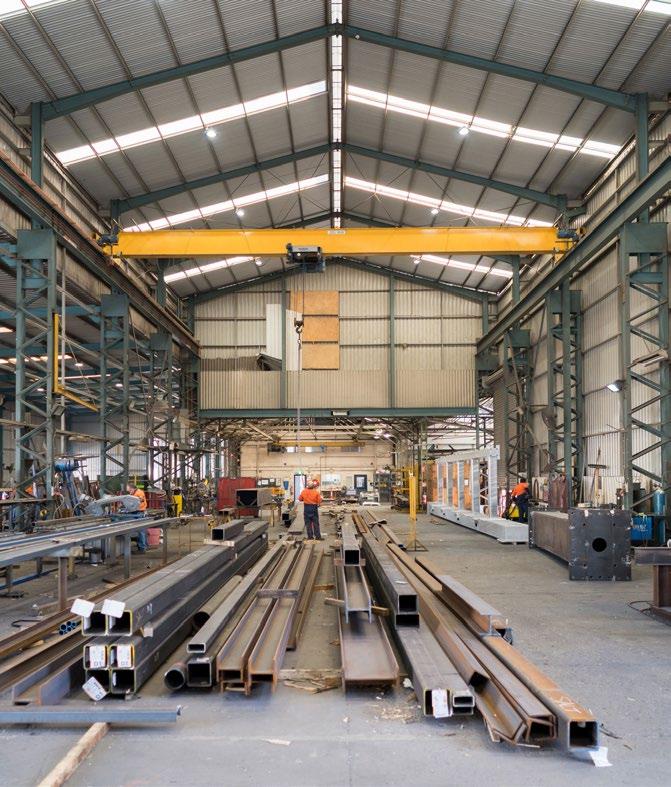
Williams Metal Fabrications: Leading the Way with Innovation, Diversity and Automation
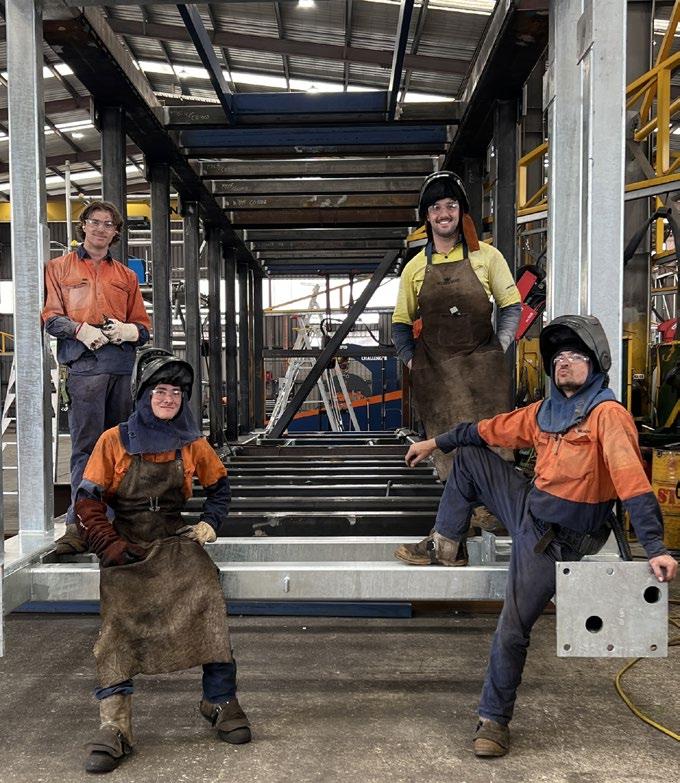
NEACH: Engineering Excellence for Some of Queensland’s Biggest Projects
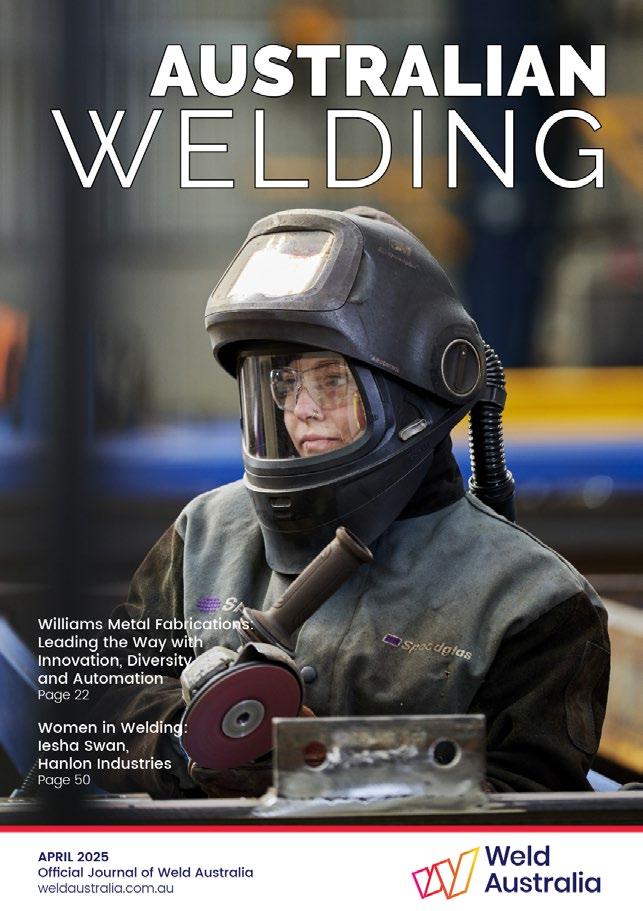
National Office PO Box 197
Macquarie Park BC NSW 1670 1800 189 900 office@weldaustralia.com.au weldaustralia.com.au
Chief Executive Officer
Geoff Crittenden 1800 189 900 office@weldaustralia.com.au
ENGINEERING
Simon Doe, Director, Engineering 0490 384 406 engineering@weldaustralia.com.au
TRAINING
Guy Brooks, General Manager Training Operations 0488 743 322 training@weldaustralia.com.au
MARKETING
Michelle Tagliapietra, Executive General Manager, Sales & Marketing 0437 106 726 events@weldaustralia.com.au
MEMBERSHIP
David Choudry, Membership Manager 0417 878 104 membership@weldaustralia.com.au
QUALIFICATION & CERTIFICATION
Luke Nicholls, General Manager, Qualification & Certification 0487 487 985 qnc@weldaustralia.com.au





All rights reserved. No part of this publication may be reproduced or copied in any form without the written permission of Weld Australia. Weld Australia and its agents are not responsible for statements or opinions expressed by contributors in this publication, which are not necessarily those of Weld Australia. Publication of any advertisement does not constitute endorsement by Weld Australia of any product, nor warrant its suitability.
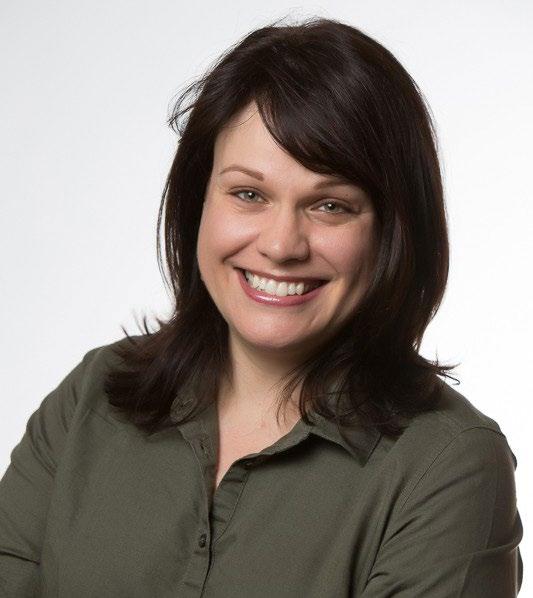
Welding is an industry that transcends borders. From infrastructure projects and shipbuilding to aerospace and advanced manufacturing, welding is a critical enabler of innovation and economic growth worldwide.
As such, it is essential that Australian industry remains connected to the global welding community, ensuring we stay at the forefront of technological advancements, best practices, and international standards.
This is precisely why Weld Australia’s membership in the International Institute of Welding (IIW) is so important.
A not-for-profit organisation, the IIW is the premier global body for welding and joining technologies, bringing together experts from over 50 member countries to collaborate on research, education, standards development, and the promotion of best practices.
Established in 1948, the IIW plays a crucial role in setting the technical and regulatory agenda for welding and joining, ensuring that industries worldwide adhere to safe, high-quality, and efficient
joining methodologies. It provides a platform for technical networking, shared projects, international standardisation, and education and certification programs to ensure global best practices in welding and joining technologies.
IIW’s mission is to advance welding and joining through a worldwide network, with a vision of being the leading global community linking industry, research, and education to drive progress in welding and allied processes. Its values focus on safety, sustainability, and respect for diversity across cultures and languages.The IIW’s work spans a broad range of activities, including:
• Research and Innovation: Supporting cutting-edge advancements in welding and allied technologies.
• Education and Qualification: Developing internationally recognised training and qualification programs for welding professionals.
• Standards and Best Practices: Working closely with ISO and other standards bodies to harmonise global welding requirements.
• Sustainability and Safety: Promoting environmentally sustainable welding practices and improved workplace safety.
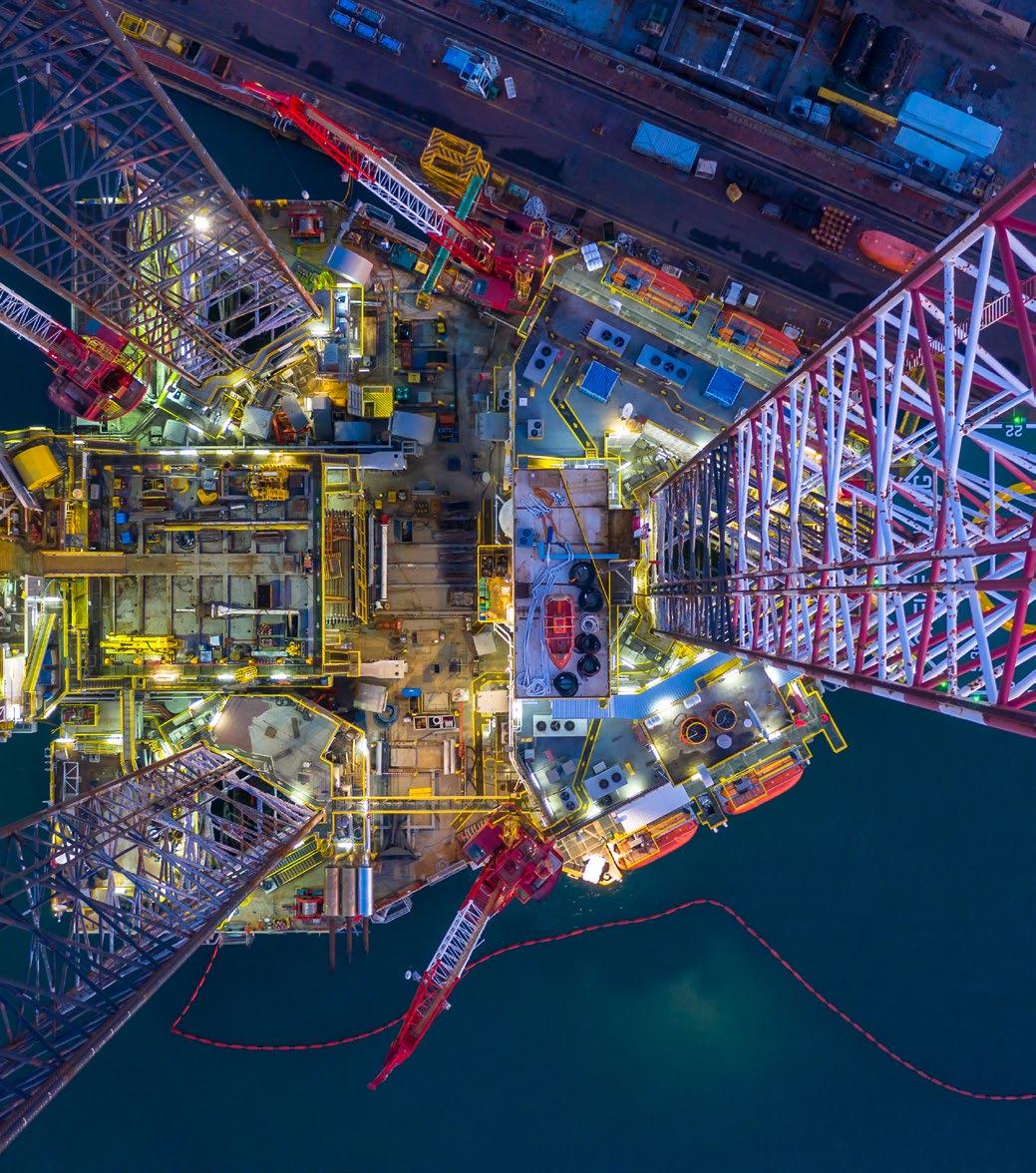
“As we look to the future, Weld Australia remains committed to leveraging our international connections for the benefit of our members and the broader industry. Our active role in the IIW ensures that Australia not only keeps pace with global trends but plays a leading role in shaping the future of welding.”
Why Does IIW Membership Matter to Australia?
As the Australian representative member of the IIW, Weld Australia ensures that our industry is directly involved in global discussions shaping the future of welding. Through our participation in IIW’s Technical Working Units, Commissions, and International Authorisation Board (IAB), we contribute to the development of global standards and best practices, ensuring that they reflect the realities of Australian industry and do not place unnecessary burdens on local fabricators, manufacturers, and engineers.
Weld Australia’s active role in the IIW Annual Assembly gives Australian welding professionals access to cutting-edge research, regulatory developments, and educational frameworks that are shaping the global welding landscape.
Strengthening Australia’s Welding Future
Weld Australia’s participation in the IIW is about more than just advocacy—it’s about ensuring the long-term viability and global competitiveness of our industry. By engaging with world-leading experts, we can bring back valuable insights, technological advancements, and educational frameworks to upskill our workforce and drive innovation across Australian manufacturing and construction sectors.
For our members, this means access to cuttingedge knowledge, training programs aligned with international standards, and the opportunity to be part of a truly global network of welding professionals.
As we look to the future, Weld Australia remains committed to leveraging our international connections for the benefit of our members and the broader industry. Our active role in the IIW ensures that Australia not only keeps pace with global trends but plays a leading role in shaping the future of welding.
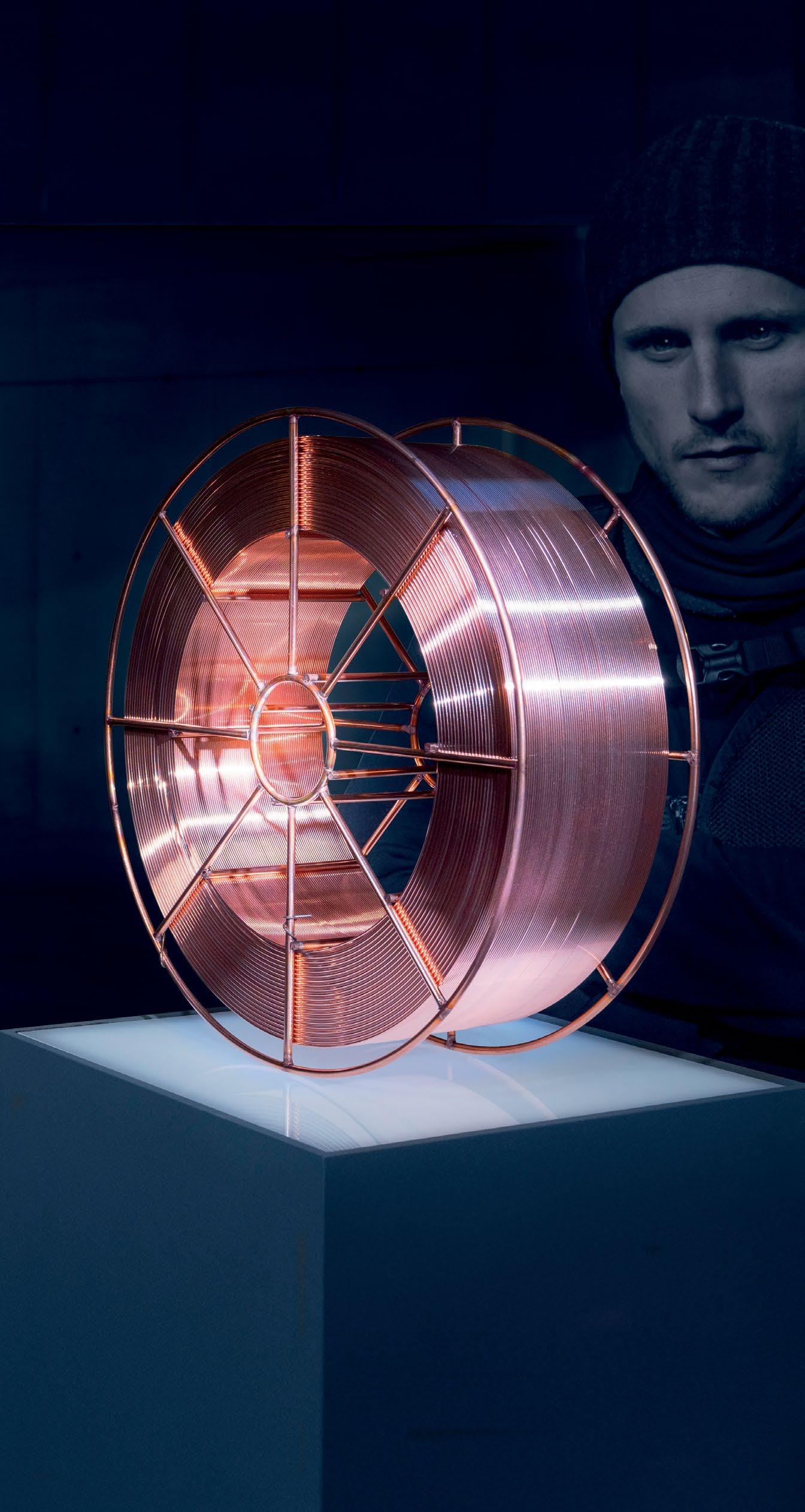
brilliance established in 1967
Your ultimate goal must be diamondspark. A cored wire of highest quality and performance. Designed by the leading pioneers in filler materials, diamondspark wires are tailored to match the highest requirements for demanding applications. diamondspark seamless cored wires –brilliance established in 1967.
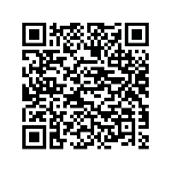
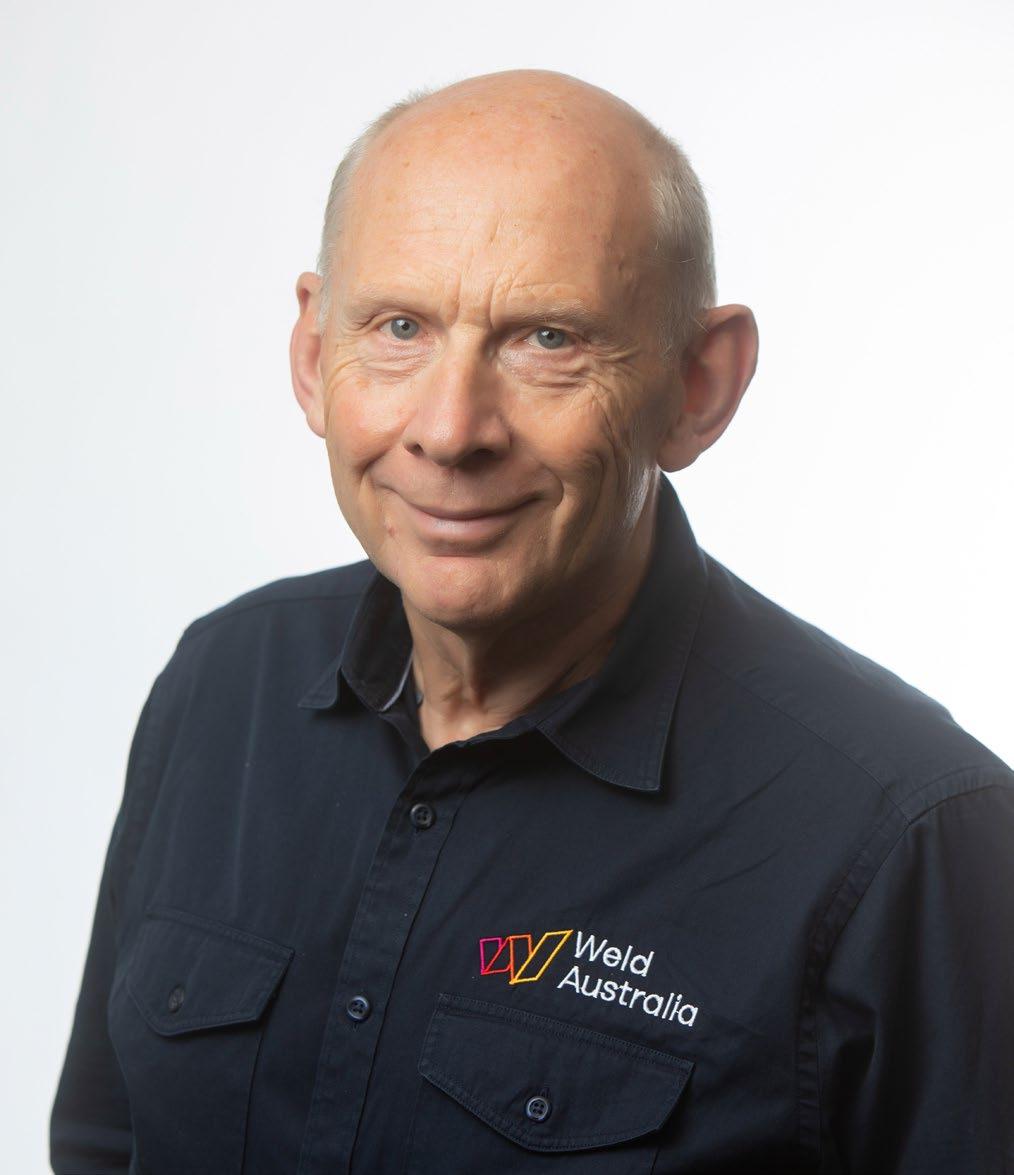
Australia’s manufacturing sector stands at a critical juncture. For decades, we’ve watched our industrial capabilities erode— undermined by globalisation, offshoring, and a lack of long-term vision. The decisions we make now, particularly in the wake of the upcoming Federal Election, will determine whether Australia reclaims a sovereign manufacturing base capable of delivering jobs, innovation and strategic security.
Two of the most pressing challenges facing the sector are the increasing fragility of our power generation infrastructure and the deepening shortage of skilled welders. These issues are not isolated; they are interlinked symptoms of the broader failure to prioritise and invest in domestic industry.
Australia’s Energy
While Australia is on a path toward renewable energy, coal-fired power stations remain essential for stabilising the grid. The unfortunate truth is that we are not yet ready to retire these ageing assets. Fast-start gas turbines and modern electronic
grid stabilisers, which are necessary to complement variable renewable sources, are not yet in place at the scale needed. As a result, we remain dependent on coal-fired stations in the short to medium term.
But these power stations are struggling. Many have exceeded their design life—some by two or three times. Their critical systems, including boilers and turbines, are deteriorating rapidly under the strain of extended operations and inconsistent load demands. Designed for continuous operation, they are now expected to ramp up and down in response to the fluctuating input from solar and wind. This places extraordinary stress on equipment that was never intended to operate in such a flexible manner.
Compounding the problem is a severe shortage of qualified boiler welders. These are not generic tradespeople—they are pressure welders trained to work in confined spaces under demanding conditions. As the generation of welders who have maintained these systems for decades retire or become physically unable to perform such work, a dangerous vacuum is emerging.
Planned outages—once a routine part of station maintenance—are increasingly falling short due to poorquality repairs and the unavailability of skilled personnel. Boiler tube failures are becoming more frequent, leading to unplanned outages. When no qualified welder is available, these outages can stretch from a few days to several weeks, costing millions and pushing electricity prices higher. In the worst-case scenario, simultaneous failures could trigger widespread blackouts.
The implications go beyond energy supply. Power reliability underpins every element of modern manufacturing. Without a stable grid, it becomes impossible to operate efficiently or competitively. In short, energy uncertainty equals industrial vulnerability.
The skills shortage in welding is now approaching crisis levels. While previous projections estimated a shortfall of 70,000 to 80,000 welders by 2030, current trends suggest that even finding 5,000 competent welders in the coming years may be a stretch.
The real issue isn’t just about numbers. It’s about capability. Many of the projects essential to our national future—renewable energy infrastructure, the AUKUS submarine program, Defence manufacturing, and even nuclear power (if it proceeds)—require highly specialised welding skills. These include work on high-pressure systems, welding to strict international standards, and fabrication in confined or hazardous environments.
Unfortunately, the existing training ecosystem is not fit for purpose. Traditional apprenticeships are extremely valuable but slow. They are not producing the volume or quality of welders needed in a modern, technologically advanced manufacturing economy.
To combat this, Weld Australia has developed an innovative microcredentialling program aligned to the ISO 9606 standard. This allows individuals to gain internationally recognised welder certification in just 4 to 12 weeks. The training is targeted, efficient, and tailored to the exact skill sets required in today’s workplaces.
This program has already proven successful in non-traditional training environments, such as Victorian correctional facilities, and is now expanding to engage school leavers, women in welding, Indigenous communities, and others historically underrepresented in trades. Our goal is to fast-track the development of a highly skilled, diverse, and resilient workforce that is capable of supporting the next wave of sovereign projects.
But this is only one piece of the puzzle. Training must be coupled with opportunity. And that means rethinking the rules that govern procurement and project delivery across Australia.
The closure of Keppel Prince, mainland Australia’s last wind tower manufacturer, stands as a stark indictment of our failure to protect domestic industry. Despite the rhetoric around sovereign capability and local jobs, Keppel Prince was forced to shut its doors due to cheap, substandard imports—products made with heavily subsidised Chinese steel and without adherence to
Australian quality standards.
This situation is the result of decades of weak policy. For over 20 years, successive governments have championed free trade and globalisation without safeguarding Australian industry. The result? A race to the bottom. Our steel, our skills, and our strategic capability have all been traded away in the name of short-term savings.
It’s time to rewrite the rules. Australia must adopt enforceable local content laws similar to those used successfully in Canada and the United States. These laws must go beyond vague targets and voluntary guidelines.
Weld Australia is calling on the federal government to take immediate action to ensure all new renewable energy projects require the use of 100% Australian steel, fabricated by Australian welders—unless there is a legitimate reason why this cannot be achieved.
To ensure compliance and transparency, we propose the establishment of an independent body—an Australian Fabrication
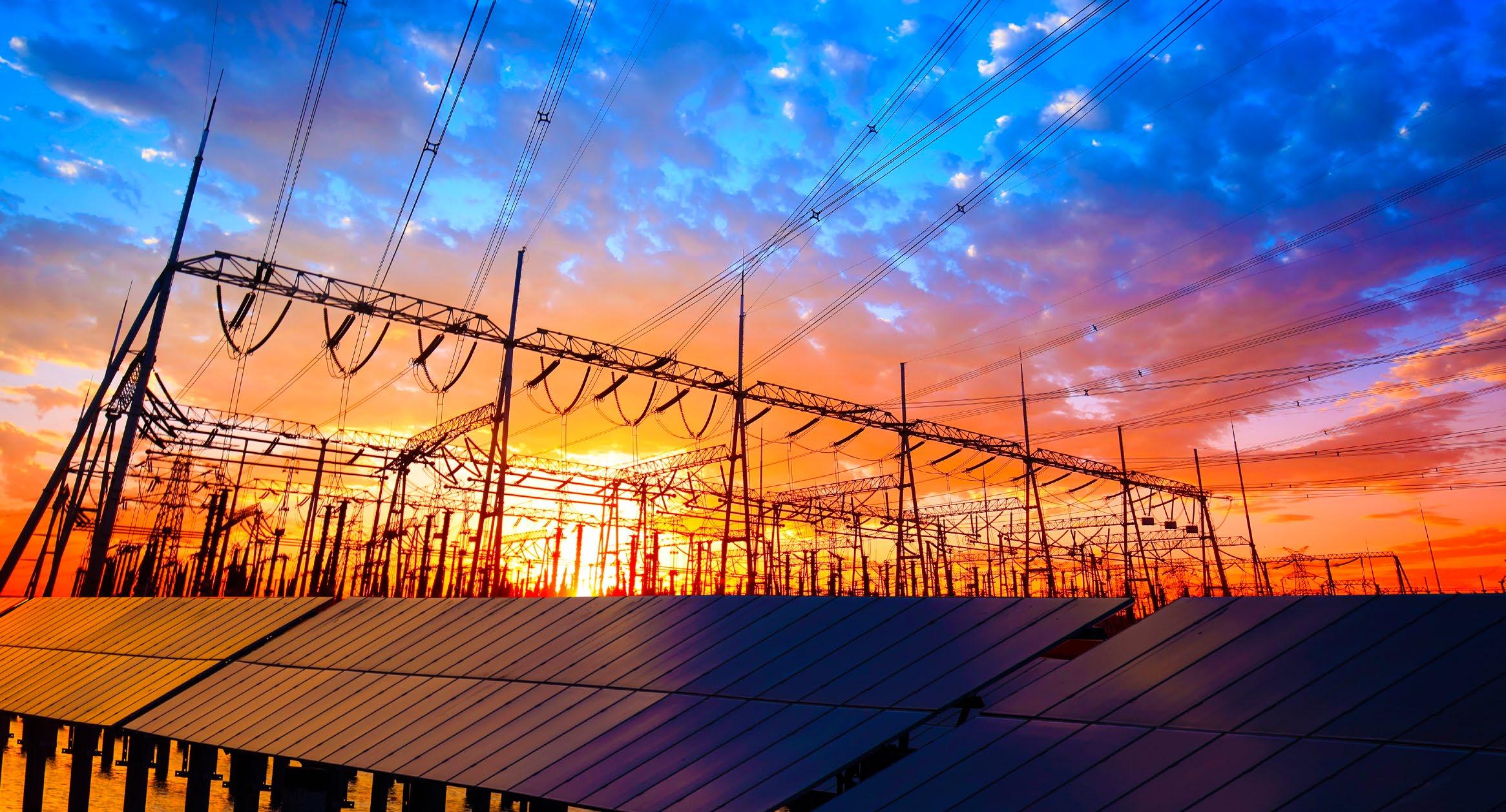
“
It’s time to rewrite the rules. Australia must adopt enforceable local content laws similar to those used successfully in Canada and the United States. These laws must go beyond vague targets and voluntary guidelines.”
Authority—with the power to monitor, audit, and enforce local content obligations. Exemptions should be rare and subject to rigorous public scrutiny.
This isn’t about protectionism—it’s about pragmatism. Local content laws support not only jobs and businesses but also national security, quality assurance, and environmental sustainability.
The challenges we face are complex, but the solutions are within reach. If we are to rebuild Australia’s manufacturing base, we need a clear, coordinated national strategy that includes:
1. Rapid, high-quality workforce development: Expand programs like ISO 9606 certification nationwide to build a skilled welding workforce at scale.
2. Mandatory local content rules: Enforceable laws for government procurement that prioritise Australian-made steel and fabrication.
3. Investment in training infrastructure: Establish welding academies and industry-led training hubs in regions with high demand.
4. Support for SMEs: Ensure smaller manufacturers are not locked out of major projects by providing access to upskilling, finance, and procurement opportunities.
5. Cross-sector collaboration: Government, industry, unions, and training providers must work together, as they did under the economic leadership of figures like Bob Hawke, to deliver practical, lasting reform.
It’s
Australia has the talent. We have the natural resources. We have the
ingenuity. What we lack is a policy environment that values long-term industrial resilience over short-term cost-cutting.
If we continue on our current path, we will watch our most critical projects—Defence, energy, infrastructure—be built offshore using inferior materials and outsourced labour. We will forfeit our ability to train the next generation. And we will face a future marked by increasing vulnerability.
But if we act now, with conviction and clarity, we can reverse this decline. We can build an advanced, sovereign manufacturing sector that delivers quality, security and prosperity for generations to come.
Let’s stop outsourcing our future.
Let’s build it here, with Australian hands and Australian steel.

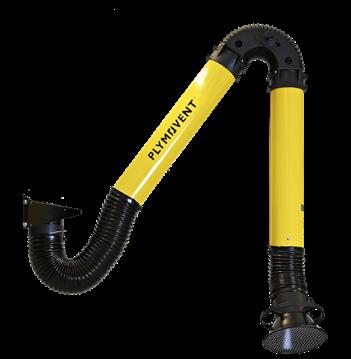
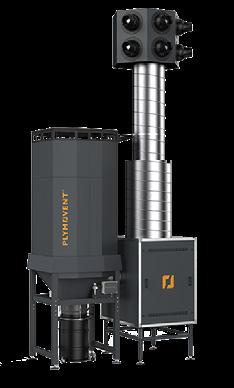
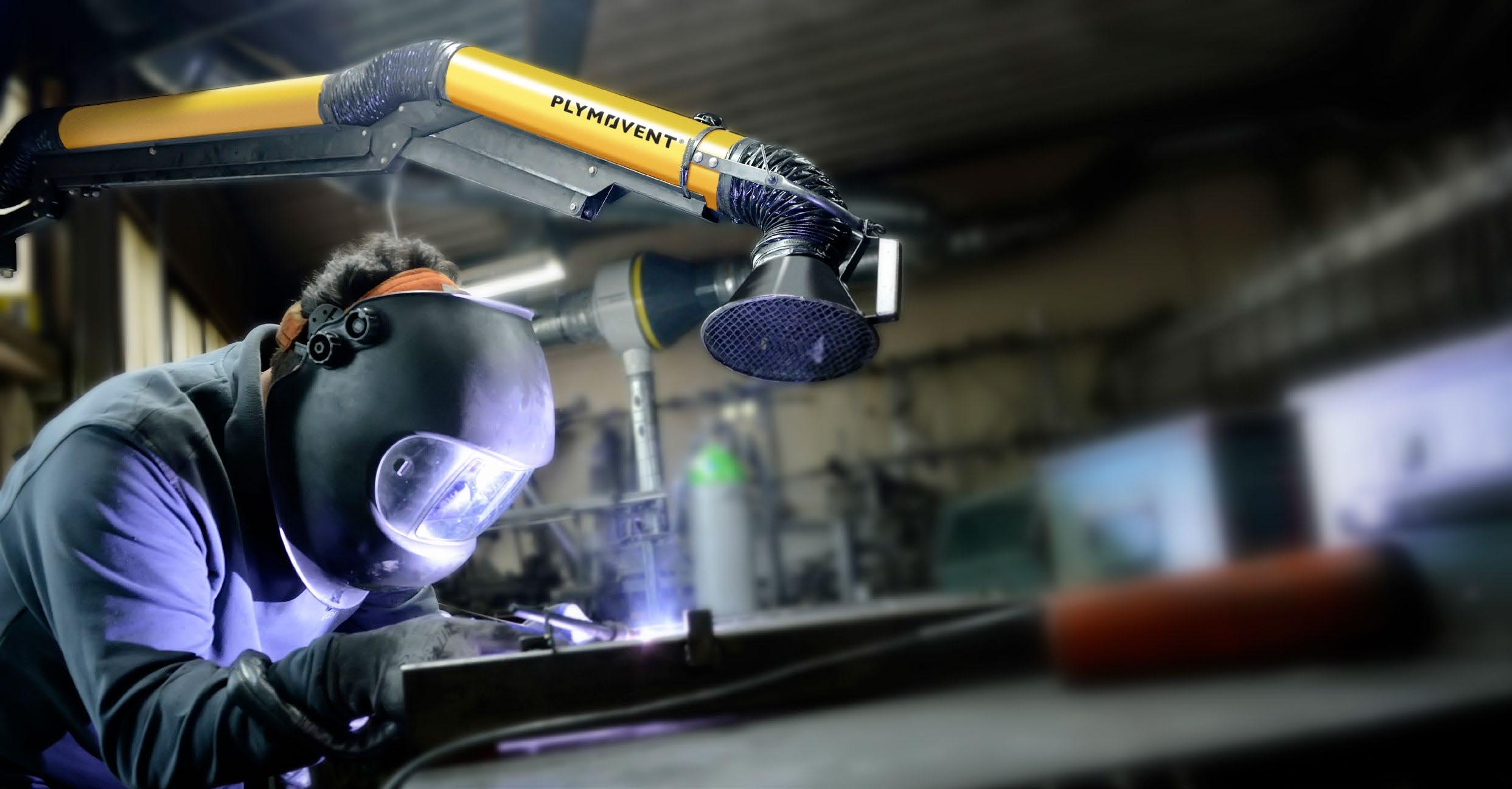
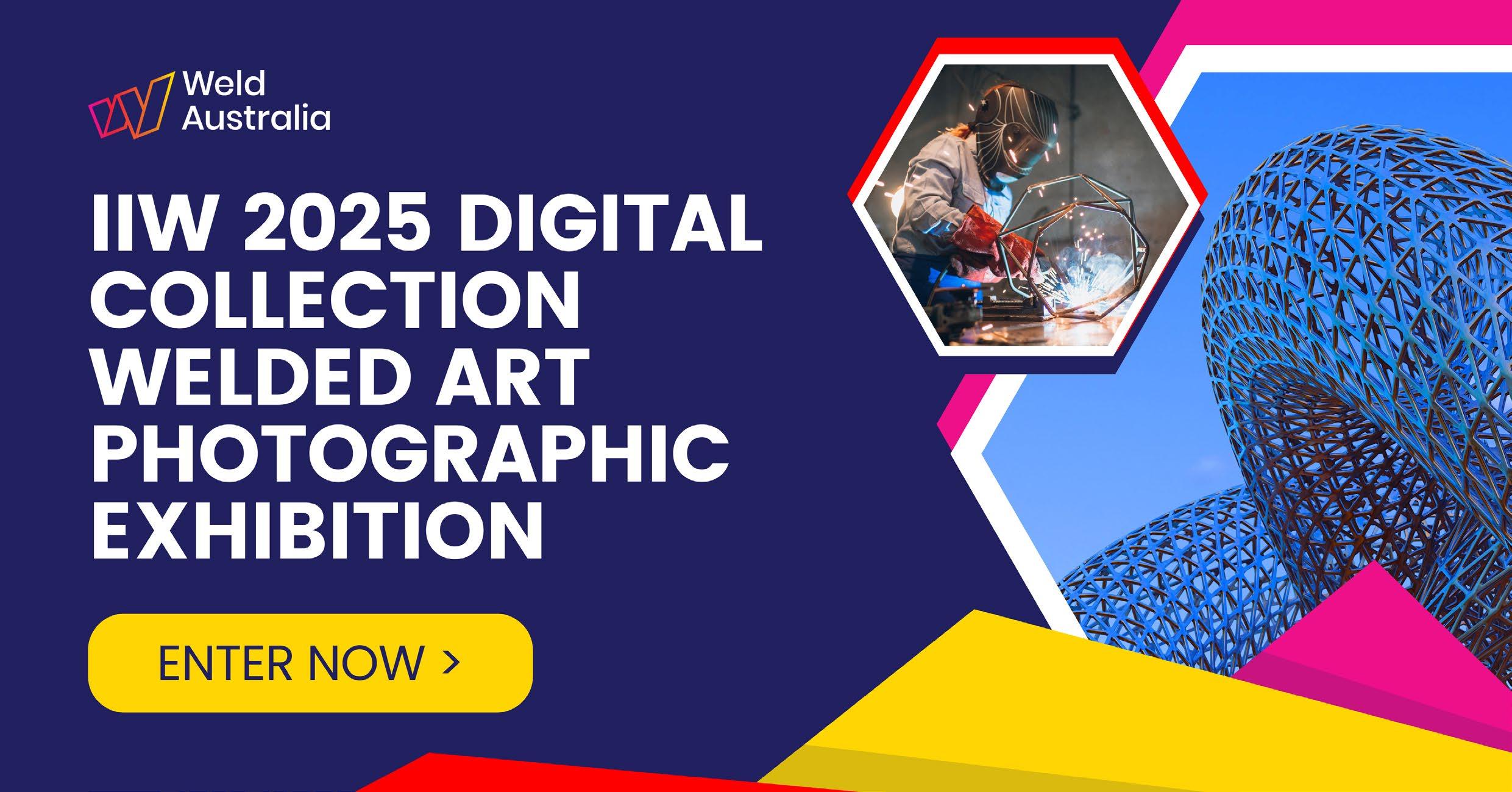
Weld Australia and HERA are calling on Indigenous artists from Australia and New Zealand to submit their welded artworks for inclusion in the International Institute of Welding (IIW) 2025 Digital Collection Welded Art Photographic Exhibition: Progressing Biodiversity.
This global exhibition will highlight the deep cultural significance of biodiversity through Indigenous perspectives, showcasing welded artworks that explore heritage, traditions, and the relationship between people and the natural world. The collection will be launched at the IIW Annual Assembly in Genoa, Italy, from 22 to 27 June 2025, providing artists with an unparalleled international platform.
According to Geoff Crittenden, CEO of Weld Australia, this is a rare opportunity for Indigenous artists to share their culture and stories with a worldwide audience.
“Welding is so much more than a trade—it is an art form, a tool for storytelling, and a way to connect with history and culture. This exhibition is about celebrating Indigenous creativity and showcasing the powerful connection between welding, culture, and biodiversity,” said Crittenden.
“The IIW Digital Collection provides a truly global stage for artists to share their work. Not only will selected pieces be displayed at the IIW Annual Assembly, but they’ll also be promoted through IIW’s vast international networks. This is a fantastic chance for Indigenous artists to gain worldwide recognition for their craftsmanship.”
Since 2019, the IIW has hosted five welded art photographic exhibitions, proving that welding is not just a technical skill but a powerful medium for artistic expression. This exhibition is a non-competitive, informal platform that encourages participation from artists of all levels, including professional welders, hobbyists, students, blacksmiths, and educators.
“Biodiversity is at the heart of Indigenous culture—caring for Country is a responsibility passed down through generations. By incorporating this theme into welded art, we hope to spark conversations about sustainability, environmental protection, and the importance of Indigenous knowledge in protecting ecosystems,” Crittenden said.
Artists are invited to submit high-quality photographs of their welded artworks that reflect biodiversity, Indigenous heritage, and cultural storytelling. Each submission must include a 200-word description of the artwork, a photo of the artist, and a short biography. All entries must be submitted via the online entry form. Submissions close at 5pm on Friday 25 April 2025.
A panel from Weld Australia and HERA will assess all entries, selecting one artist from Australia and one from New Zealand to represent the region in the IIW 2025 competition.
“This is more than an exhibition—it’s a movement to recognise and celebrate Indigenous talent in the welding industry. We’re calling on Indigenous artists to share their stories, inspire others, and be part of something truly extraordinary,” Crittenden said.
For more information, visit our website.

Weld Australia is pleased to announce the launch of an innovative combined certification service for AS/NZS ISO 3834 and AS/NZS 5131. This new offering streamlines the certification process for fabricators and structural steel manufacturers, reducing time, cost, and administrative burden while ensuring compliance with both critical standards.
This service is only available to businesses already certified to AS/NZS ISO 3834, or those completing a dual certification. AS/NZS 5131 certification is provided as an additional component—not as a stand-alone certification.
By integrating the audits for AS/NZS ISO 3834 and AS/NZS 5131, Weld Australia eliminates redundant certification processes, providing a simplified, efficient, and cost-effective solution. Companies seeking AS/NZS ISO 3834 certification can now opt to include AS/NZS 5131 as part of a single, comprehensive audit, ensuring compliance with welding quality and structural steel requirements in one streamlined step.
According to Geoff Crittenden, CEO of Weld Australia, “Our new AS/NZS ISO 3834+ certification service is a game-changer for the Australian welding and structural steel industry. We know that managing multiple certification processes can be complex and timeconsuming, which is why we developed this streamlined solution. Our combined certification offering removes unnecessary duplication, making compliance easier and more accessible for businesses of all sizes.”
“By consolidating audits into a single, integrated process, companies will experience significant cost savings, as they no longer need to undergo separate assessments. Additionally, the time and effort saved by avoiding multiple audits will allow businesses to focus on operational efficiency and quality outcomes rather than administrative burdens.”
“As the peak body representing welding in Australia, Weld Australia is uniquely positioned to deliver expertled certification services. With an independent review board, a strong commitment to continuous improvement, and consistent internal audit processes, Weld Australia ensures certification is rigorous, reliable, and aligned with industry best practices,” said Crittenden.
What is AS/NZS ISO 3834 + AS/NZS 5131 Certification?
AS/NZS ISO 3834 Quality requirements for fusion welding of metallic materials specifies the production control requirements expected for fusion welded products globally, whether fabricated on-site or in a workshop. It is the internationally recognised benchmark for welding quality, ensuring efficient, high-quality welding processes.
AS/NZS 5131 Structural steelwork fabrication specifies the structural steelwork fabrication and erection requirements to achieve compliance with the National Construction Code (NCC).
This combined certification service enables companies to demonstrate compliance with both standards in a single process, eliminating the need for separate audits and ensuring adherence to the highest industry benchmarks.
Companies must first be certified to AS/NZS ISO 3834 by Weld Australia before they can obtain AS/NZS 5131 certification. Weld Australia will not offer stand-alone AS/NZS 5131 certification.
Weld Australia is the premier independent certification body for welding quality and structural steel compliance. Our expert auditors and assessors provide unparalleled support, ensuring your business achieves certification smoothly and efficiently.
Not only is Weld Australia a highly respected independent third-party, we are the International Institute of Welding (IIW) Authorised Nominated Body for Company Certification (ANBCC). This makes Weld Australia the premier welding certification body in Australia.
Plus, with Weld Australia conducting your certification audits and assessment, you have access to our highly-qualified team of welding experts. Our experts work closely with you to improve your processes and procedures to ensure they’re in-line with all Australian and International Standards requirements, thereby increasing your productivity and profits.
All our assessors are:
• Qualified and experienced in quality system auditing and experienced in welded fabrication
• Either IWE or IWT qualified, with at least three years’ experience in welded fabrication
• Extremely familiar with factory production control systems and quality management systems
Reduce costs, save time, and ensure your business meets industry standards with one simplified certification process. Simply complete this online form for further details.
Achieving combined certification with Weld Australia delivers significant benefits for fabricators and purchasing organisations alike:
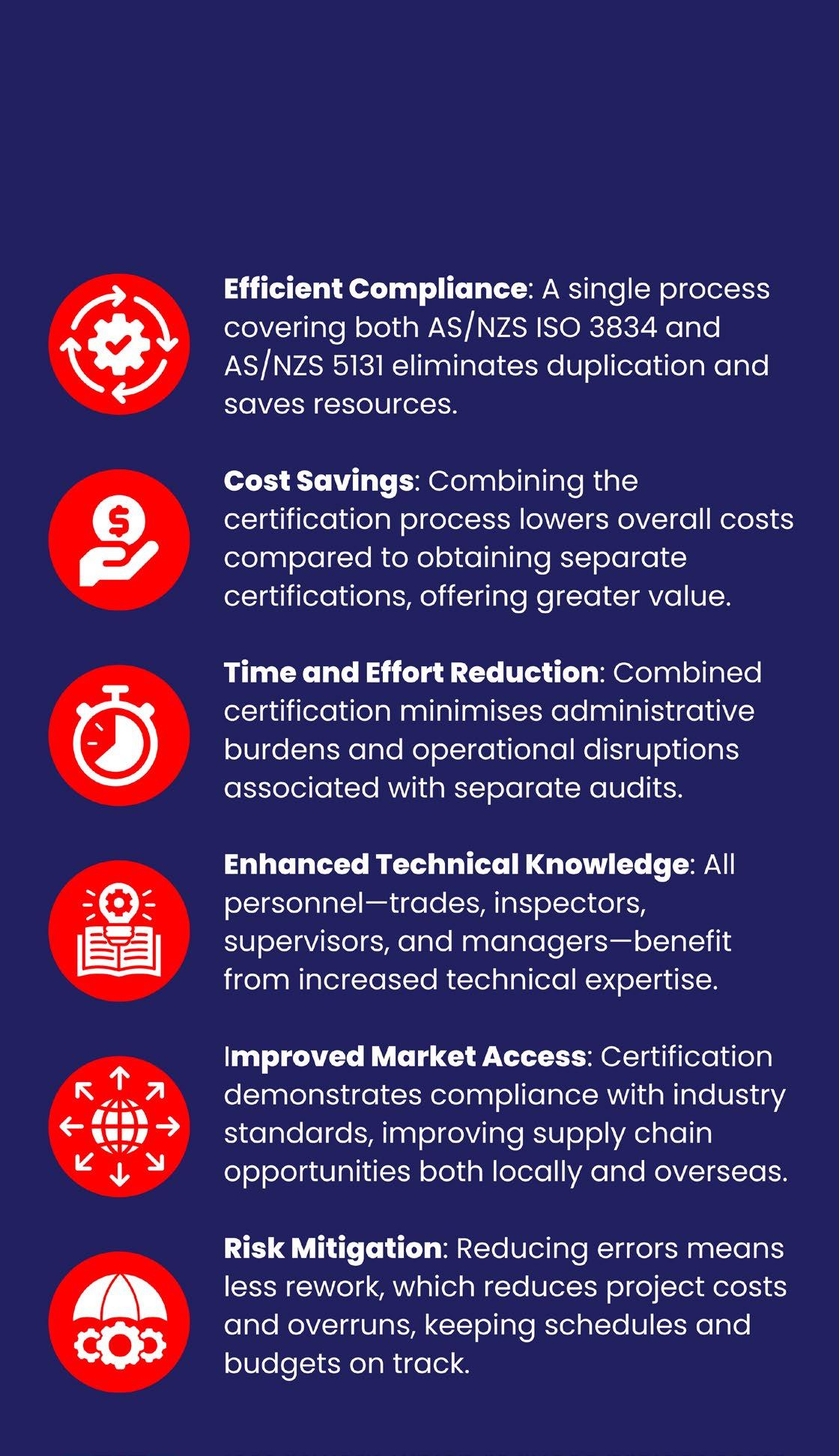
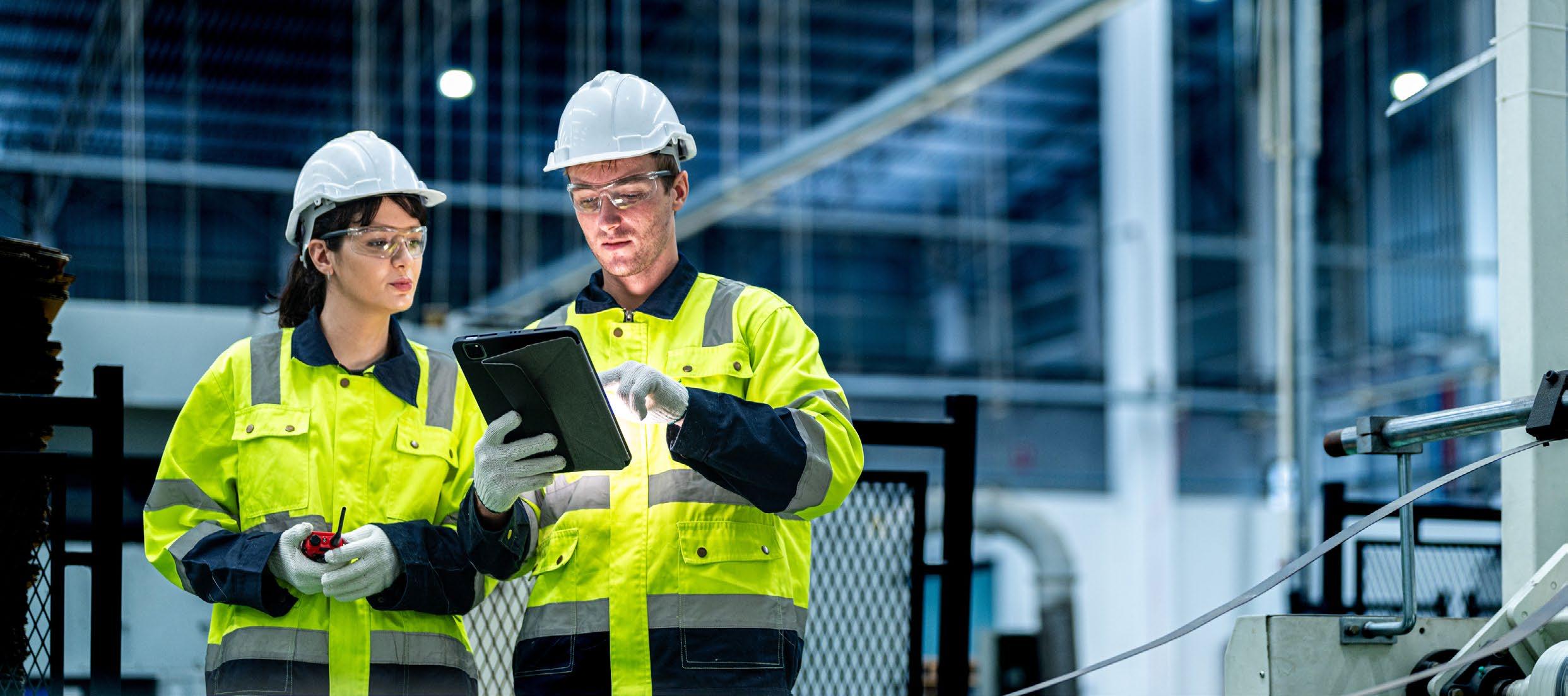
New South Wales’ first Industry Policy has been released by the State Government to boost the economy by setting three new Local Manufacturing targets. The new targets include:
• NSW Gross Value Added for manufacturing achieving real growth on average to 2031.
• NSW Gross Value Added for manufacturing achieving growth equal to or greater than Gross State Product on average in the years between 2031 and 2040.
• Achieving a 50 per cent minimum local content target for future rolling transport stock by 2035.
“With three new Local Manufacturing targets, we have demonstrated a real commitment to supporting local manufacturing to promote a dynamic, sustainable, and diversified economy,” said Minister for Industry and Trade Anoulack Chanthivong.
The policy connects three missions— Housing, Net Zero and Energy Transition, and Local Manufacturing— to promote collaboration across industry, the innovation sector, and trade businesses.
The Federal Government has announced a $750 million investment aimed at boosting the development of new technologies to ensure Australia’s metal manufacturers remain globally competitive. Part of the $1.7 billion Future Made in Australia Innovation Fund announced at Budget 2024/25, this new $750 million of funding will supercharge innovation and boost development of new low emissions technologies.
“We want to see more Australian workers make more things here,” said Prime Minister, Anthony Albanese.“That’s why we are allocating funding to back our local metals manufacturers to seize the opportunities of the future.”
The Fund will also fund pilot and demonstration projects that can lower emissions, improve productivity and revitalise plant and equipment.
It will have the potential to unlock commercial-scale production of green metals using Australian ores and renewable resources, opening the door to more trade opportunities, more jobs, and lower emissions.
Innovation Challenge Launched by AUKUS Partners
AUKUS partners have released the trilateral AUKUS Maritime Innovation Challenge 2025 to the very best technology across industrial and innovation sectors to each defence force.
The AUKUS Maritime Innovation Challenge 2025 seeks innovative solutions from industry and research institutions around the world to provide capability with a focus on undersea communications and control of autonomous systems.
“The launch of the AUKUS Maritime Innovation Challenge 2025 demonstrates how ASCA, industry and research sectors, with AUKUS partners are working to get the best of advanced capabilities to our warfighters faster,” said head of Advanced Strategic Capabilities Accelerator, Major General Hugh Meggitt.
First held in 2024, the AUKUS Innovation Challenge series brings together the AUKUS innovation systems, so that capability can be rapidly developed and shared securely for the collective benefit of AUKUS partners.
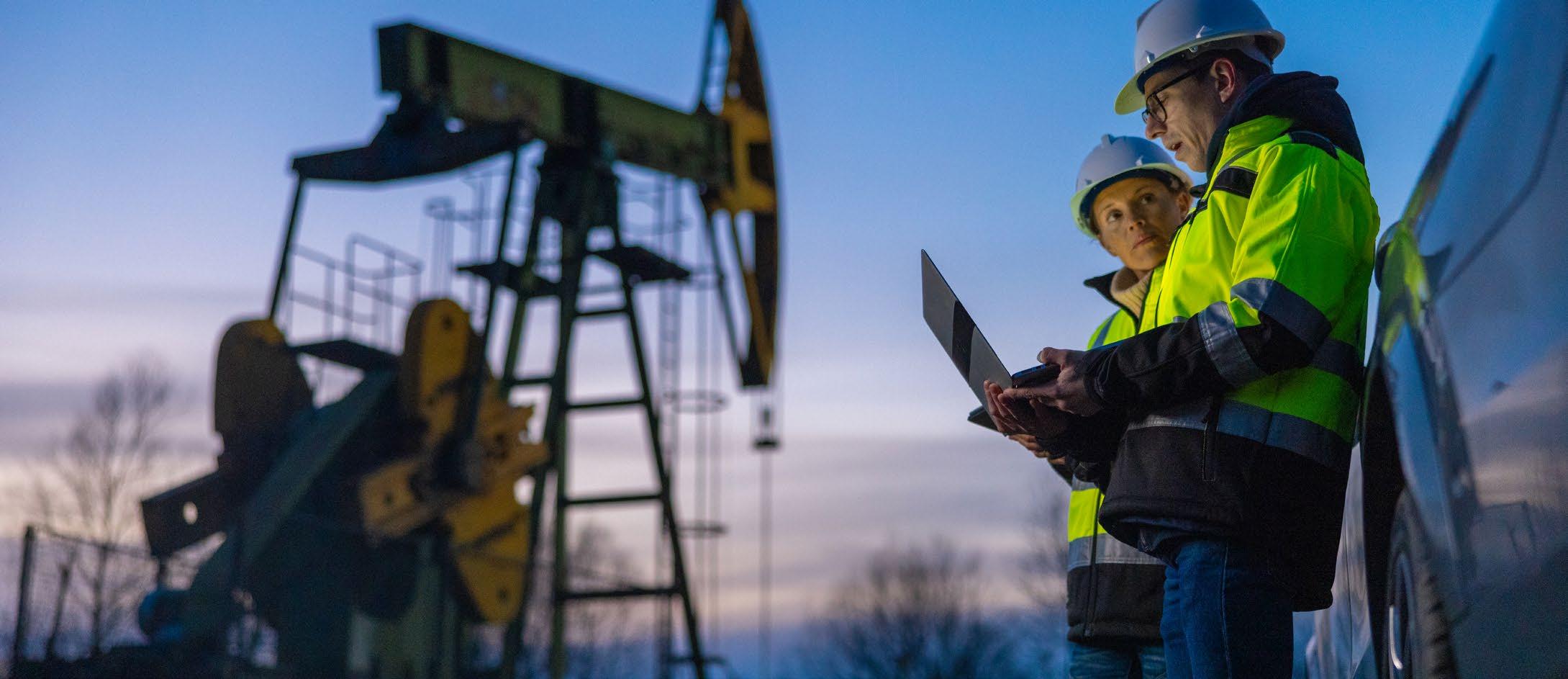

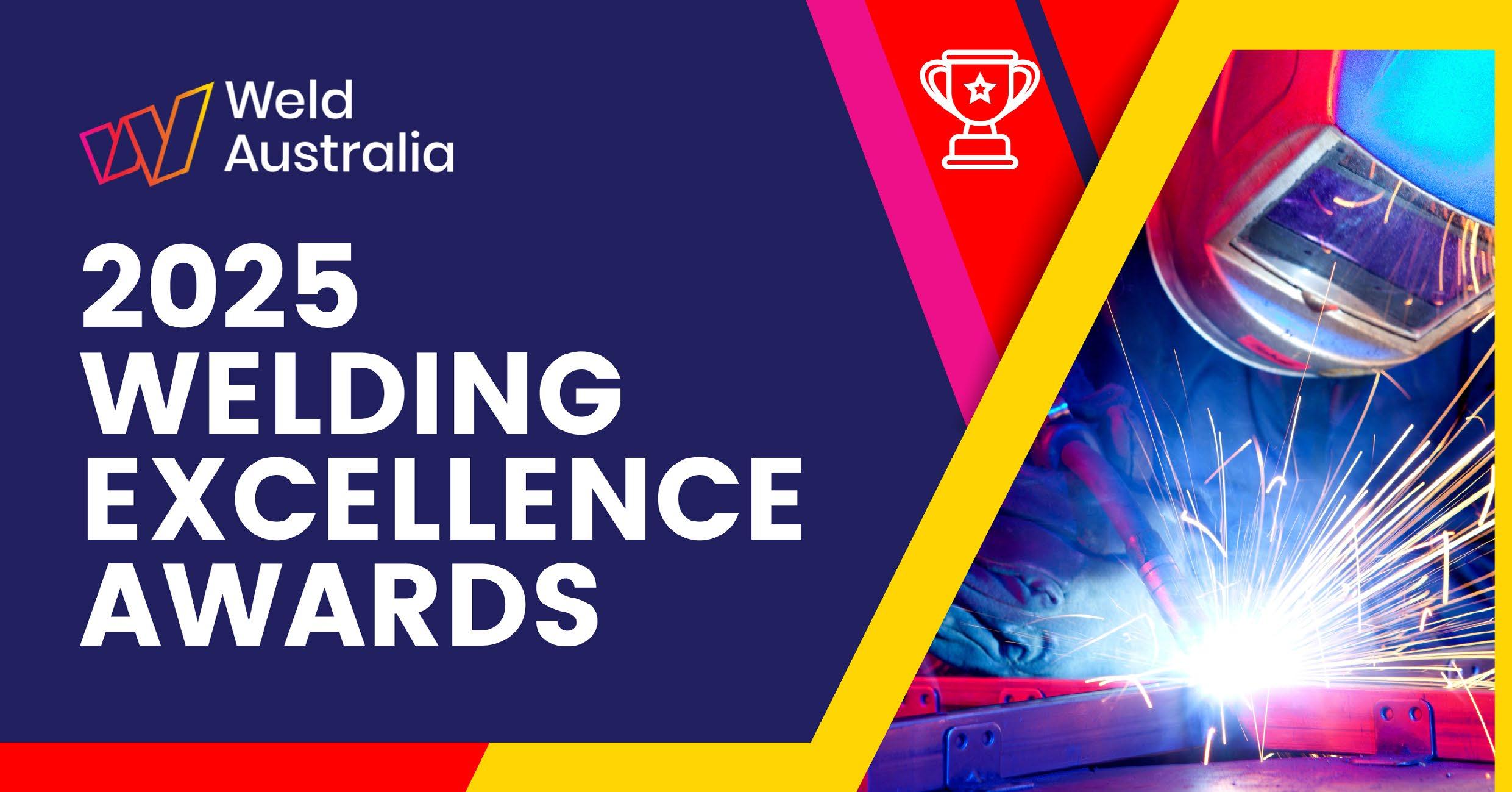
Weld Australia’s Excellence Awards are the most prestigious event on the welding industry calendar. The Awards embody and promote the highest standards of craftsmanship, quality and professionalism. The 2025 Welding Excellence Awards are a fantastic opportunity for welders, fabricators and educators across Australia to showcase their people and their operations. Winners will be awarded in each state for each of the award categories below.
Entries must be submitted via the specific online form for each category by midnight on 5 September 2025. These forms can be found on the Weld Australia website. Before starting your entry, it is download the Award Criteria:
• Company of the Year – Fabrication
• Company of the Year – Supplier
• Indigenous Company of the Year
• Health & Safety in Welding
• Project of the Year
• Welding Professional of the Year – Welding Coordinator
• Welding Professional of the Year – Welding Supervisor
• Welding Professional of the Year – Welding Inspector
• Young Trades Person of the Year (under 25 years of age)
• Trades Person of the Year (25+ years of age)
• Young Indigenous Trades Person of the Year
• Training and Education Award – Organisation
• Training and Education Award – Individual Teacher
• Ken Trevena Award – South Australia Only
• Mick Cudmore Award – Western Australia Only
The awards will be presented at events held across the country in October and November:
• Queensland & NT: Thursday 9 October at Victoria Park, Herston Road, Herston
• NSW & ACT: Thursday 23 October at Strathfield Golf Club, 52 Weeroona Road, Strathfield
• Victoria & Tasmania: Wednesday 12 November at RACV Club, 501 Bourke Street, Melbourne
• Western Australia: Thursday 27 November at DoubleTree by Hilton Perth Waterfront, 1 Barrack Square, Perth
• South Australia: Thursday 4 December at Adelaide Pavillion, Veale Gardens, Corner South Terrace & Peacock Road, Adelaide
WITH THANKS TO OUR NATIONAL AWARDS SPONSORS
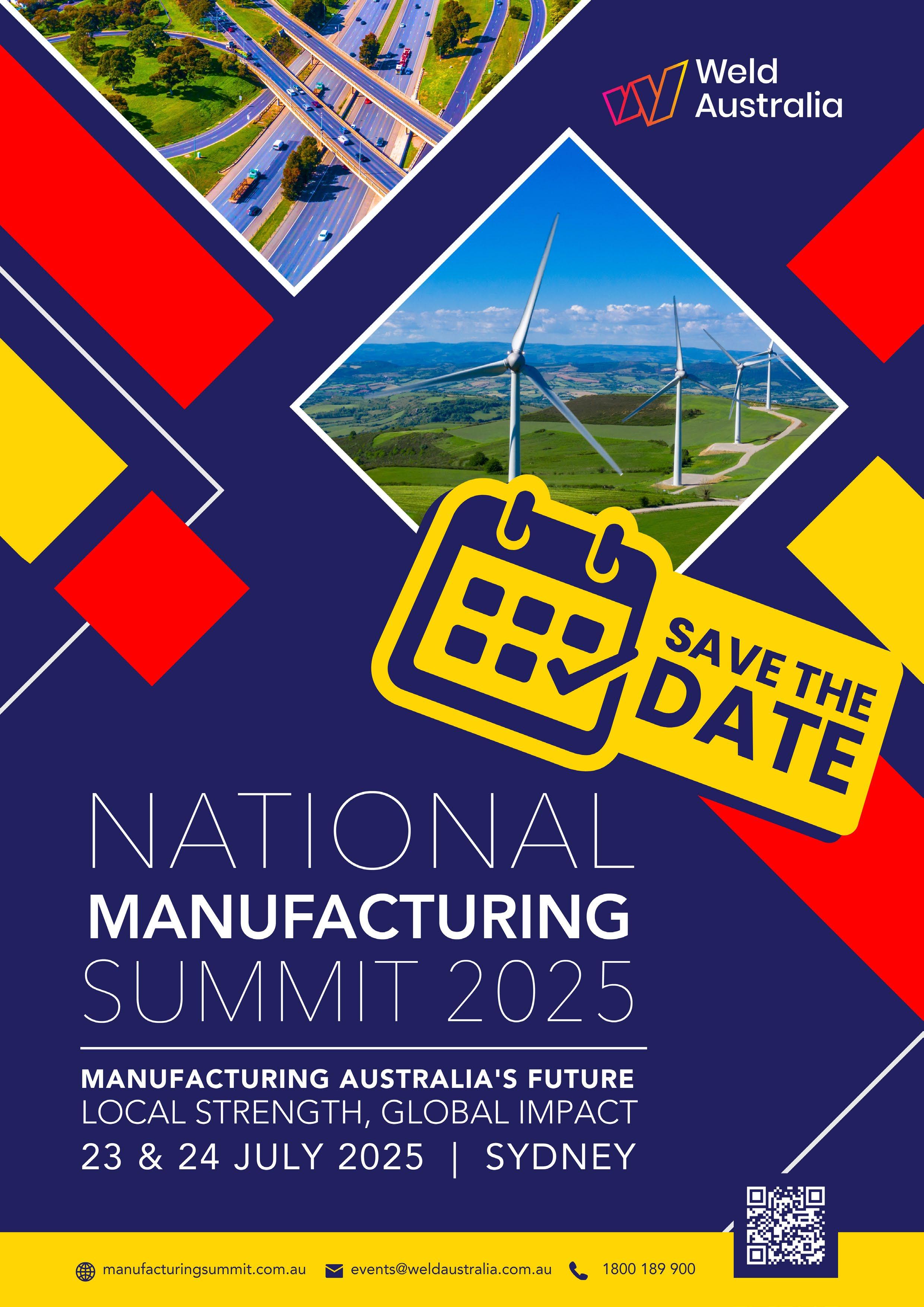
Where can you get hands on with the latest and emerging welding and air solutions? At Australian Manufacturing Week 2025!
AMW will bring more than 400 exhibitors and 15,000 attendees to the Melbourne Convention and Exhibition Centre (MCEC) on May 6-9, 2025. It’s Australia’s biggest and best opportunities to meet with suppliers, demo leading technology, and compare the solutions that best align to your business needs. Occupying 80% of the nation’s largest exhibition centre, and boasting 24,000 square metres of show floor, AMW 25 is conveniently segmented by industry application for ease of exploration. The six exhibition zones allow attendees to narrow their focus on the solutions that best align with their specific needs.
The Weld and Air Solutions zone will showcase the most advanced technologies in the sector. It will highlight advanced welding processes and provide high-quality interactive experiences demonstrating developments and applications in the welding sector. Robotic welding is prevalent in industrial settings, and researchers are continually developing new welding techniques and deepening their understanding of weld quality. Companies exhibiting at Weld & Air Solutions in Melbourne include Axelent Australia, Fantech, Lorch South Pacific, Orbimax, Novarc Technologies, Welding Automation and many more.
A full list of exhibitors is available on the AMW website: australianmanufacturingweek.com.au
For over two decades, AMW has been Australia’s leading event for professionals within the manufacturing technology and affiliated industries. It is an unrivalled chance to get live demonstrations of emerging technologies, network with industry leaders, and learn about emerging technologies and processes. The Future Solutions Speaker Program at AMW2025 is free to attend and designed as a platform for the industry to stay informed, share, and learn from each other. The event will celebrate manufacturing in Australia, highlighting innovation and networking opportunities.
AMW 2025 is shaping up to be the biggest version of the show, now in its 26th year. The intense interest in AMW will translate to large crowds on the day, and your preregistration can greatly improve your experience at the show. By taking a few minutes to pre-register you will be ready to quickly enter the show floor, saving up to an hour compared to completing registration at the event.
This article was supplied as part of a paid sponsorship package.
AMW is free to attend. We look forward to seeing you at this can’t miss event for all in the welding industry. Make sure to register today! australianmanufacturingweek.com.au
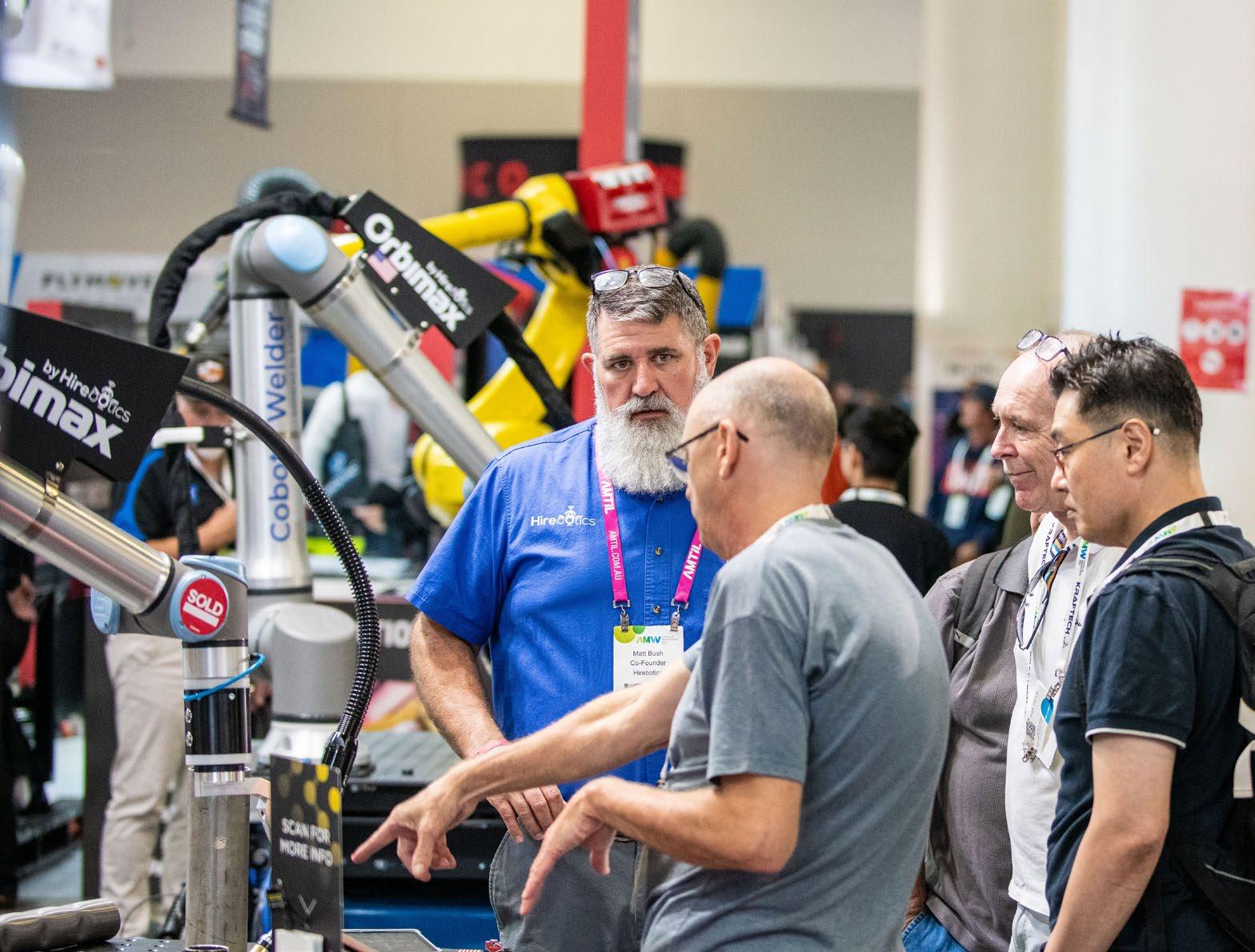
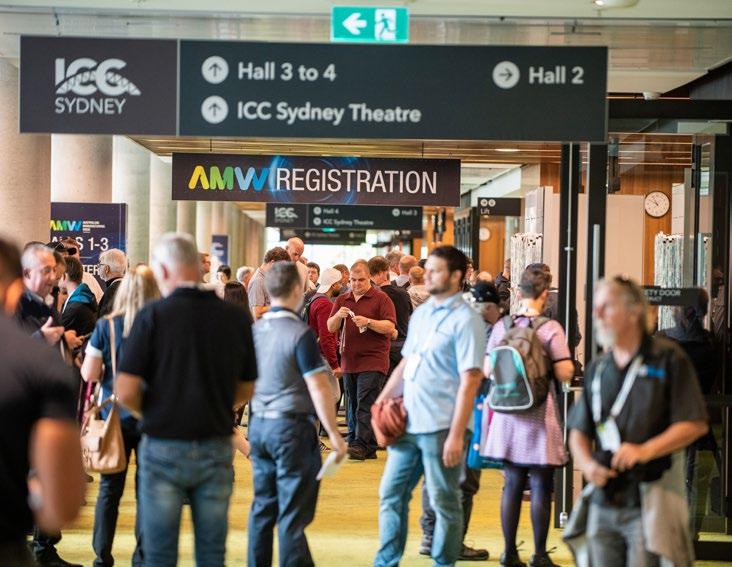
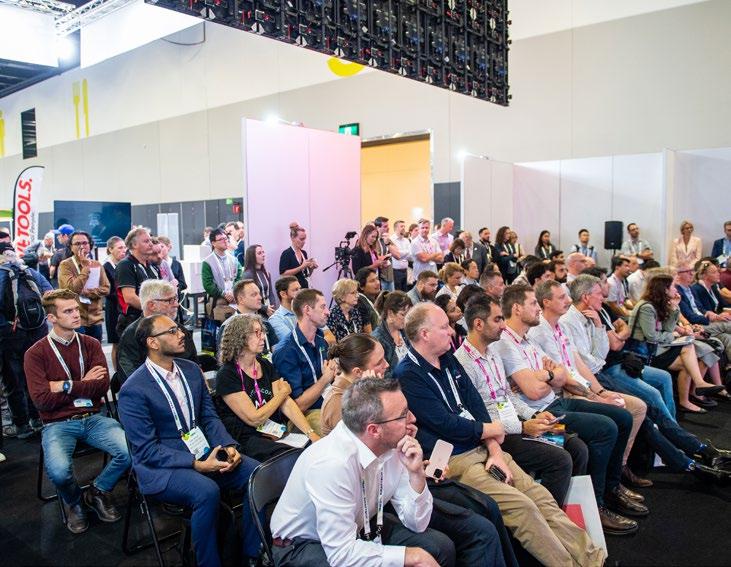
For over two decades, Australian Manufacturing Australian Manufacturing Week (AMW), continues to be the premier event to explore emerging technologies, learn from industry leaders, and network with potential customers and collaborators.
Explore the latest developments in the industry, with over 30 welding and air exhibitors demonstrating technology and solutions. AMW 2025 is shaping up to be our biggest show ever, with 400+ exhibitors and more than 15,000 guests.
WITH LARGE CROWDS EXPECTED, PRE-REGISTRATION IS HIGHLY RECOMMENDED. STREAMLINE YOUR ACCESS TO THE SHOW AND POTENTIALLY SAVE A LOT OF TIME.
Visit www.australianmanufacturingweek.com.au and secure your spot today.
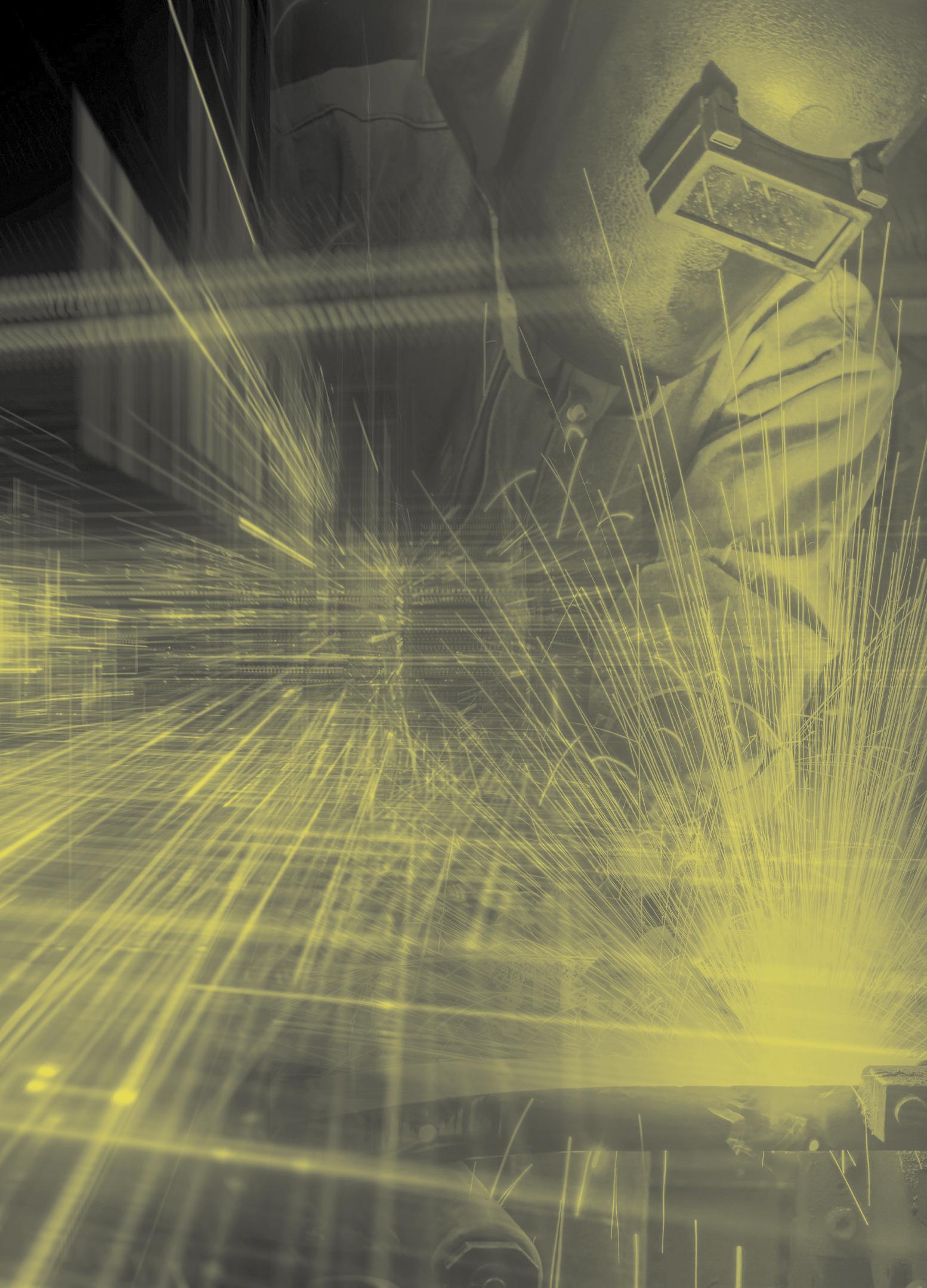
6-9 MAY, 2025 •
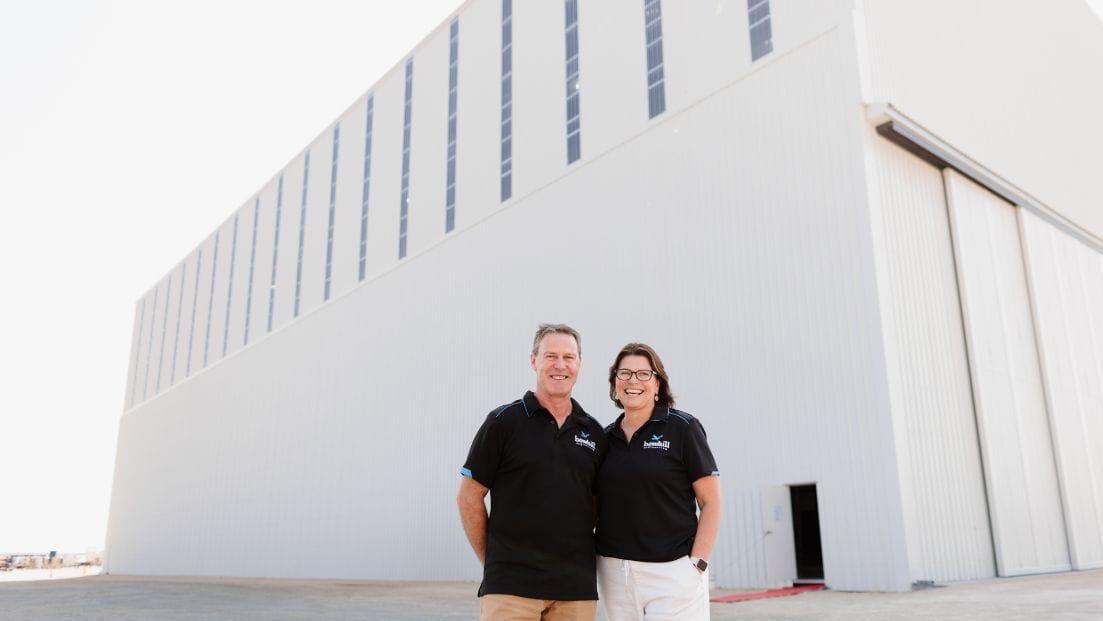
Together we thrive is the motto the dedicated team at Bowhill Engineering follows as they transform their community and build structures that matter.
Thriving they are, with the recent opening of a massive new workshop that will expand the company’s capabilities, introduce innovative technologies and continue its dedication to sustainability.
As specialist fabricators of heavy and complex structural steel, Bowhill collaboratively builds structures, from design optimisation through to installation, that benefit many Australians.
Bowhill’s reputation has been built on a wide range of areas:
• Specialising in large complex structural steel
• Being easy to do business with
• Offering a collaborative problem-solving approach
• A high capability for developing innovative solutions to complex projects
• A positive track record for delivery on time and with high quality
• Price competitiveness.
There is a wide variety of projects in Bowhill’s workshop at any one time. However, Bowhill Engineering is best known for building large steel bridge girders. In all, the company has completed over 15 bridges on the NorthSouth Expressway in South Australia, and over 25 bridges in the past 20 years.
Part of this success has been identifying and aligning with key clients, who fit the same culture and values as Bowhill.
Bowhill also understands the importance of certification and innovation. The company has been ISO 9001:2015 certified since 2014, and holds AS/NZS ISO 3834.2 and AS/NZS 5131 certification. Bowhill also runs a cloud-based Integrated Management System, which has been consistently reviewed and managed to ensure a high quality of results.
Bowhill’s New B5 Workshop
The new B5 workshop includes a 16m crane that can lift up to 100 tonnes, giving the team more flexibility to turn large components quickly and safely.
Director of business development Jeremy Hawkes said the company had originally planned to knock down its B2 workshop to improve its overhead lifting capacity. But its board members suggested a new building instead – then fate intervened.
“A client from Osbourne mentioned they had a surplus building that was originally for the diesel subs,” Hawkes said. “We didn’t have a tape to measure it, so we just stepped it out.”
“Would you believe the length was within one metre of what we were going to build and the width was about the same – to me that’s divine intervention. We were able to purchase the frame, cladding and crane at a substantially discounted amount.”
The creation of this workshop has allowed Bowhill Engineering to take on their biggest contract yet –around four times bigger than anything they’ve taken on in the past. The project, yet to be announced, is a significant milestone for Bowhill Engineering and
the region, bringing state-of-the-art manufacturing to South Australia while driving economic and social outcomes.
In order to complete this massive new project they have invested $5 million of equipment in three robotic welding stations.
“This project is a game-changer for Bowhill Engineering,” Hawkes said. “Not only is it the biggest project we have won, we’ve set ourselves up to be the only supplier of this product in the southern hemisphere. This builds Australia’s sovereign capability, right here from regional South Australia.”
One of Bowhill Engineering’s core values is doing what they say they will do for their clients. CEO Jodie Hawkes said its priorities also included providing security for family and staff, offering them a healthy work/life balance and giving back to the community. “Over the next couple of years the goal is to build our current capacity of 60 staff to 75 staff and increase our productivity by 20 per cent,” she said.
Currently Bowhill Engineering employs 61 locals and has trained more than 30 apprentices, who are now fully qualified. They will be seeking new staff in project management, on the production line, fitting and turning, deliveries and, as always, more boilermakers.
As the Bowhill Engineering’s founder, Brendon Hawkes, said: if you’ve got to work a third of your life, you might as well be happy doing it.
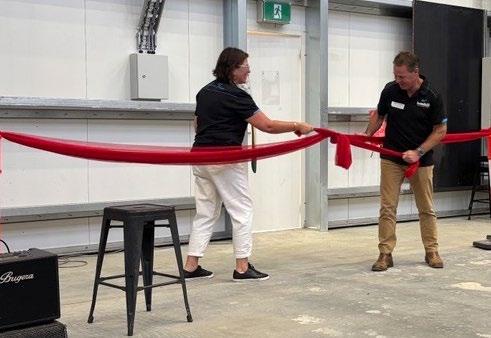
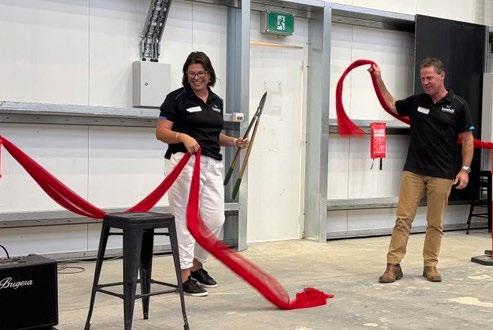
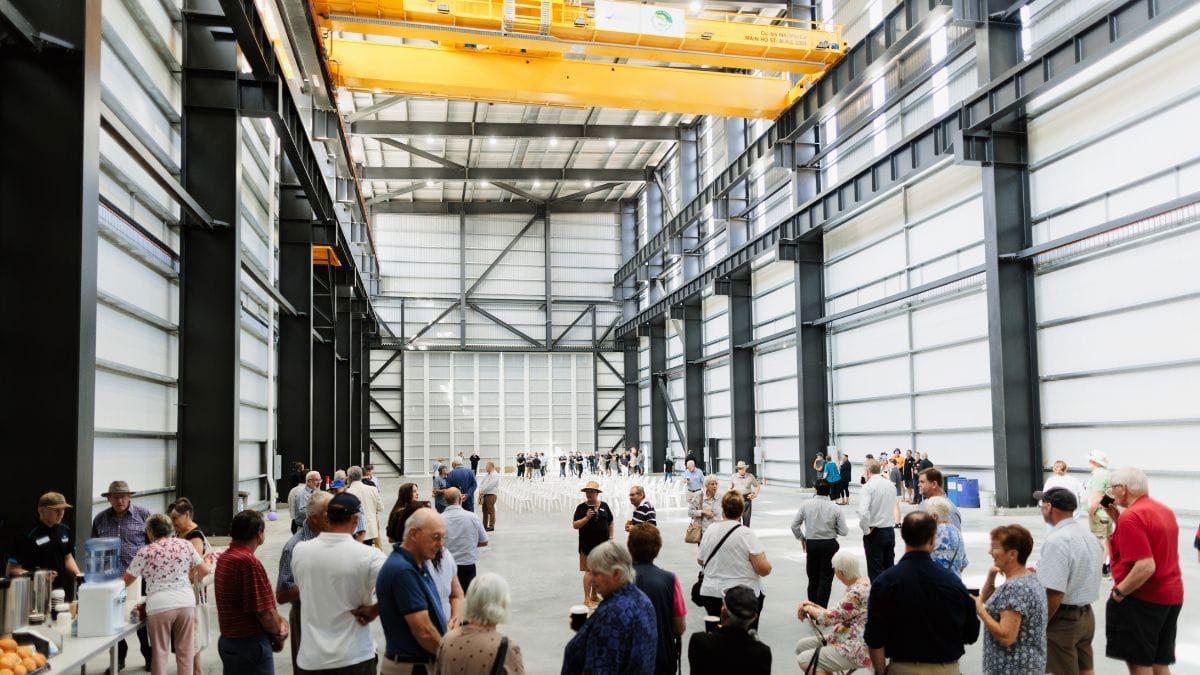
Over the years, many Welding Engineers, Workshop Managers, Welding Technicians, TAFE Teachers and Welding Tradespeople have all scratched their heads to guess were to start when setting up a MIG Welding machine for the best welding parameters to match a given welding consumable (filler metal) to suit a given plate thickness and possibly the welding position.
The manufacturers of Filler Metals nearly always provide a recommended starting point or an operating range for Amperage (Amps, A) and Voltage (Volts, V), and some provide a Wire Feed Speed (WFS) setting as well. The settings provided by the world’s largest manufacturers are normally very good, as they invest people resource and time to get the settings right, however a lot of these settings are USA based and can be in Imperial Units.
Some products supplied either don’t list recommended settings, or in other cases the information is very generic and doesn’t really help. So having the base settings is great, but on a lot of older MIG Machines, you don’t have an Amperage Setting, you only have Voltage and Wire Feed Speed.
Experienced Operators and Managers and Supervisors can easily navigate the set-up of machines, however people new the Welding Industry really struggle with this task.
The most accurate way to establish the correct parameters for Amps, Volts and WFS is to conduct practical welding tests or Welding Procedure Qualification Tests. Most new MIG welding machines now also offer Synergic Settings either in Amperage, or in Plate Thickness or both are sometimes provided – this does make the initial settings a lot easier to start with.
These Synergic Settings on modern MIG Welding (Multiprocess Machines) are often very good and extremely close to the mark. Again, some machines are not! The other big variable in Synergic Settings not often spoken about is the influence of Shielding Gas mixtures have on the output parameters.
For exmaple, a lot of USA and Chinese developed MIG machines offer Synergic Settings for use with Solid MIG Wires; G49A 3U C S6, ER70S-6 but are developed around 75% Argon + 25% CO2 gas mixtures or straight CO2 which when translated into using the Australian “Standard”
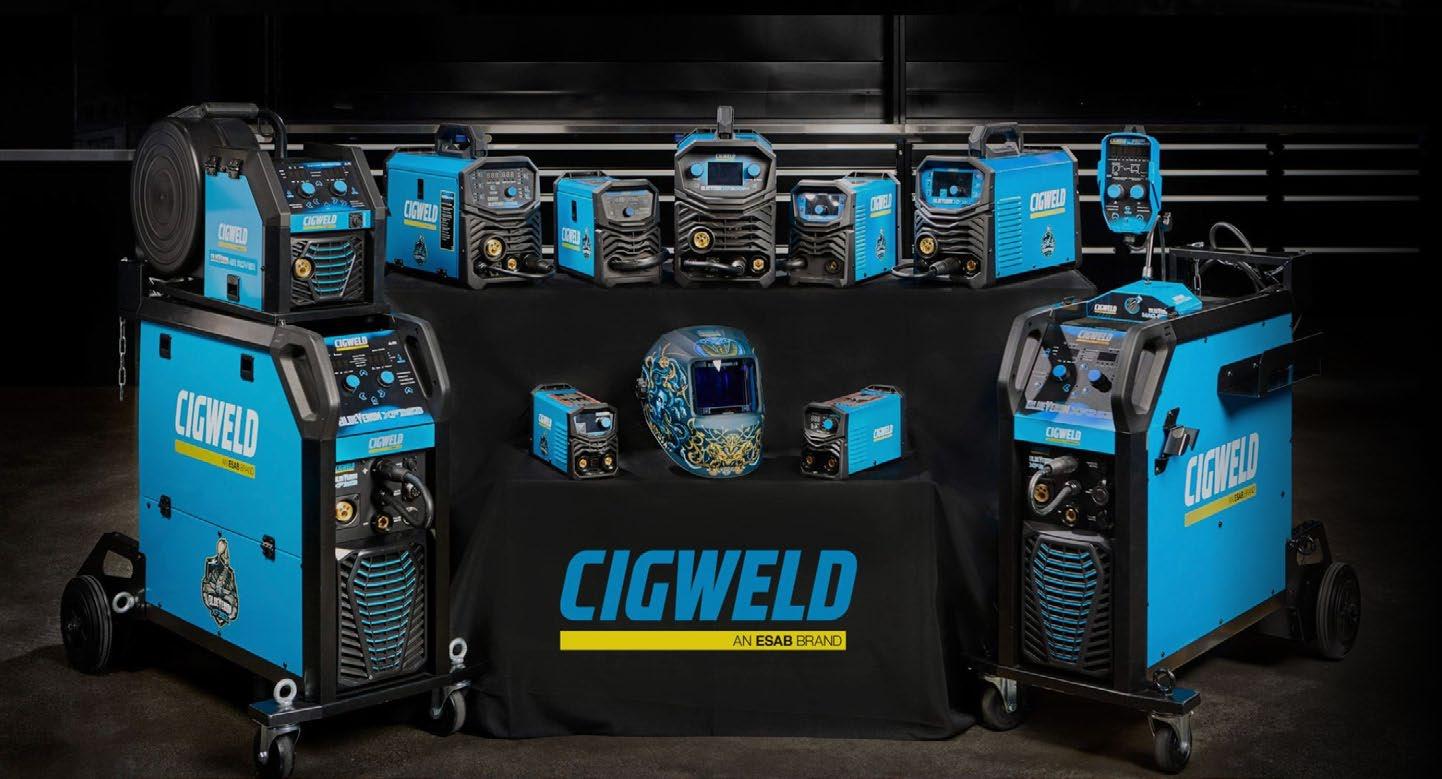
Shielding Gases of Argon +1618%CO2 these settings produces quite different welding output characteristics.
So, were to start is the question? Are there some basic rules and parameters we can use as a starting point – yes we can!
The CIGWELD Rule of Thumb for MIG Welding Settings©
The below information is provided to allow welders, fabricators, engineers, and designers a starting point to achieve some basic settings for various metals thickness ranges. The settings are based largely on experience mainly around using Solid & Flux Cored Wires (Carbon and Stainless Steels). Aluminium Wire settings should be reduced by around 15% to 20% and to achieve a nice outcome.
The settings listed are suggestions only with approximate values, based on fillet welds and may vary depending on the joint type, welding position and operator. Final welds should be tested to comply with your specifications. The settings (amps/volts/wfs) should be reduced when welding out of position or when using different shielding gas combinations, then the Argon +1618% CO2 mixes used for these RuleOf-Thumb settings.
When welding sheet or plate together in a but-weld joint it is important to remember to reduce the amperage/ voltage settings slightly to take into consideration the slower travel speeds and possible root gaps. The same logic applies to verticalup welding. All settings listed in the table are approximately only, actual on the job settings will vary with the individual working conditions.
This article was supplied as part of a paid sponsorship package.
Use the Chart below to Calculate Amperage:
Amperage (A) Examples:
0.9mm MIG Wire and welding 10mm Plate… 1.2mm MIG Wire and welding 16mm Plate…
10mm x 15 = 150 + 60 = 210A
16mm x 15 = 240 + 60 = 300A
Use the Chart below to Calculate Voltage:
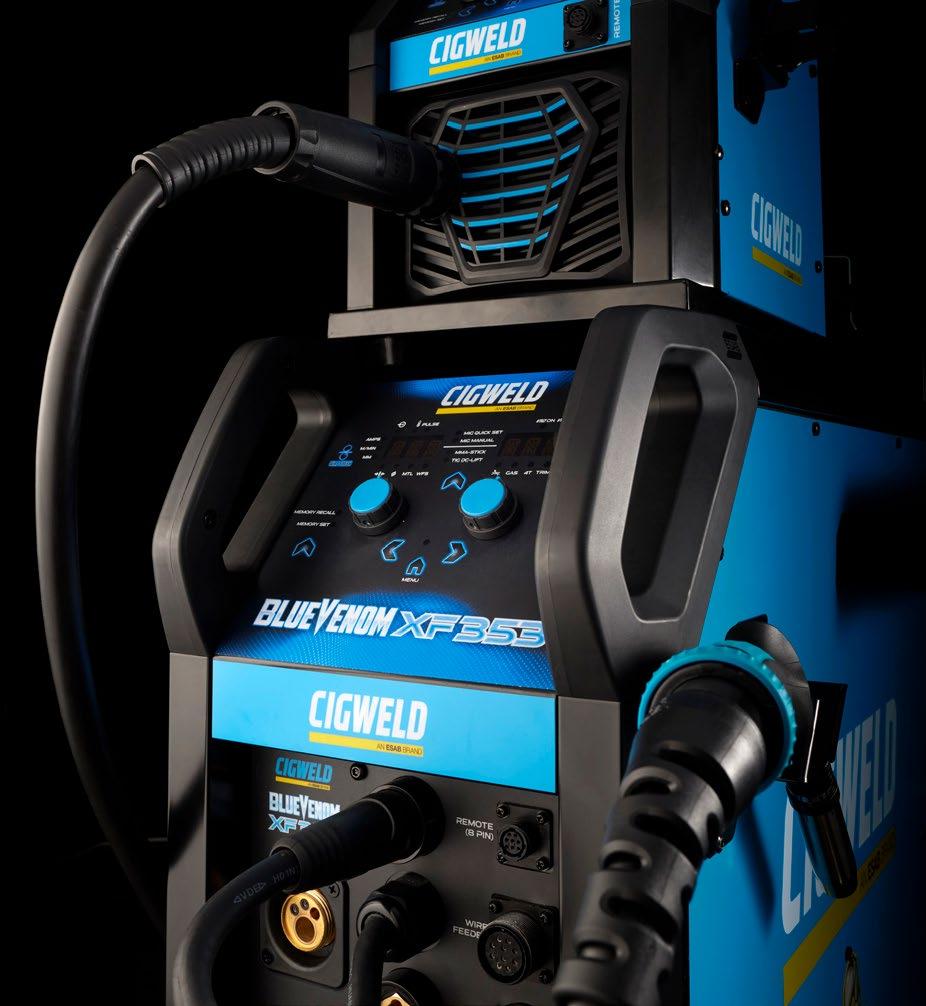
Amperage (A) Examples: 10mm Plate in HV-Fillet = 210A 16mm Plate in HV-Filler = 300A
210 x 0.05 = 10.5 + 14 = 24.5V
300 x 0.05 = 10.5 + 15 = 30.0V
Use the Chart below to Calculate Wire Feed Speed:
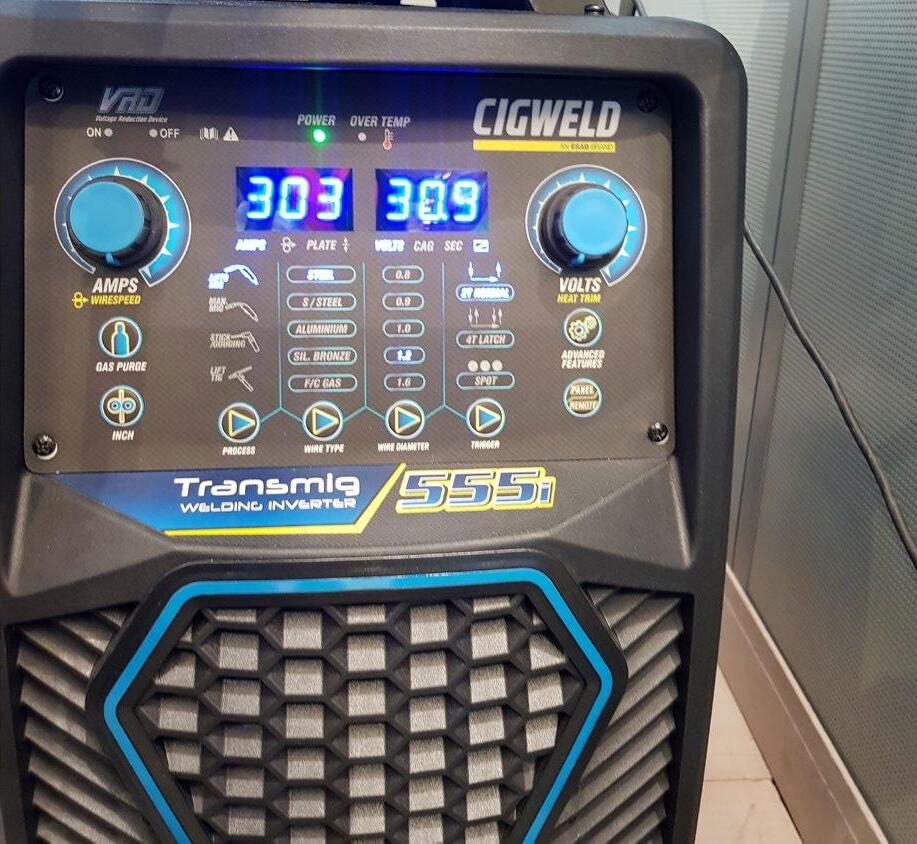
Wire Feed Speed (WFS) Examples: 10mm Plate in HV-Fillet = 210A 16mm Plate in HV-Filler = 300A
210 x WFS Factor (0.9) 0.055 = 11.55 Mpm
300 x WFS Factor (1.2) 0.036 = 10.80 Mpm

For more than two decades, Williams Metal Fabrications has built a reputation as a trusted name in Australian metal fabrication, known for its expertise, reliability, and ability to tackle complex projects. Based in South Australia, the company has grown from humble beginnings to become an industry leader, delivering high-quality solutions for infrastructure and marine projects. Now, with a strong focus on innovation and automation, Williams Metal Fabrications is once again pushing the boundaries of what’s possible in metal fabrication.
Founded in 1998 by Ross Williams, a skilled boilermaker and welder, the company started as a small operation run out of the back of a trailer. Initially providing contract work for other fabrication businesses, Williams soon expanded, bringing on a team of skilled tradespeople to establish a full-fledged fabrication business. Over the years, the company evolved, gaining expertise in advanced infrastructure projects and expanding its service offerings.
Today, Williams Metal Fabrications is a family-owned and operated business with a dedicated team that includes some of the industry’s finest boilermakers, welders, and riggers. Many of these skilled professionals have been with the company since its early years, contributing to its culture of excellence and reliability.
“Our success is built on our ability to adapt and invest in the future,” said Stuart Rogers, Director and General Manager, Williams Metal Fabrications. “We don’t just follow industry trends; we anticipate them and position ourselves at the forefront of innovation.”
Williams Metal Fabrications’ strength lies in its diverse service offerings, spanning everything from traditional metal fabrication to highly specialised marine infrastructure projects. The company is recognised for its ability to take on large-scale, complex projects while still delivering the same level of craftsmanship on smaller, precision-focused jobs.
One key differentiator is Williams’ ability to provide end-to-end solutions. From 3D site scanning and steel detailing to fabrication, installation, and onsite maintenance, the company ensures that every aspect of a project is handled with precision and efficiency. The firm also offers a range of specialist services, including commercial vessel hire, crane truck hire, and telehandler services, further enhancing its capability to meet the diverse needs of its clients.
“We carry out onsite welding, repairs and maintenance – both on land and in the water – via our tough aluminium commercial workboats. Exceptional stability and load
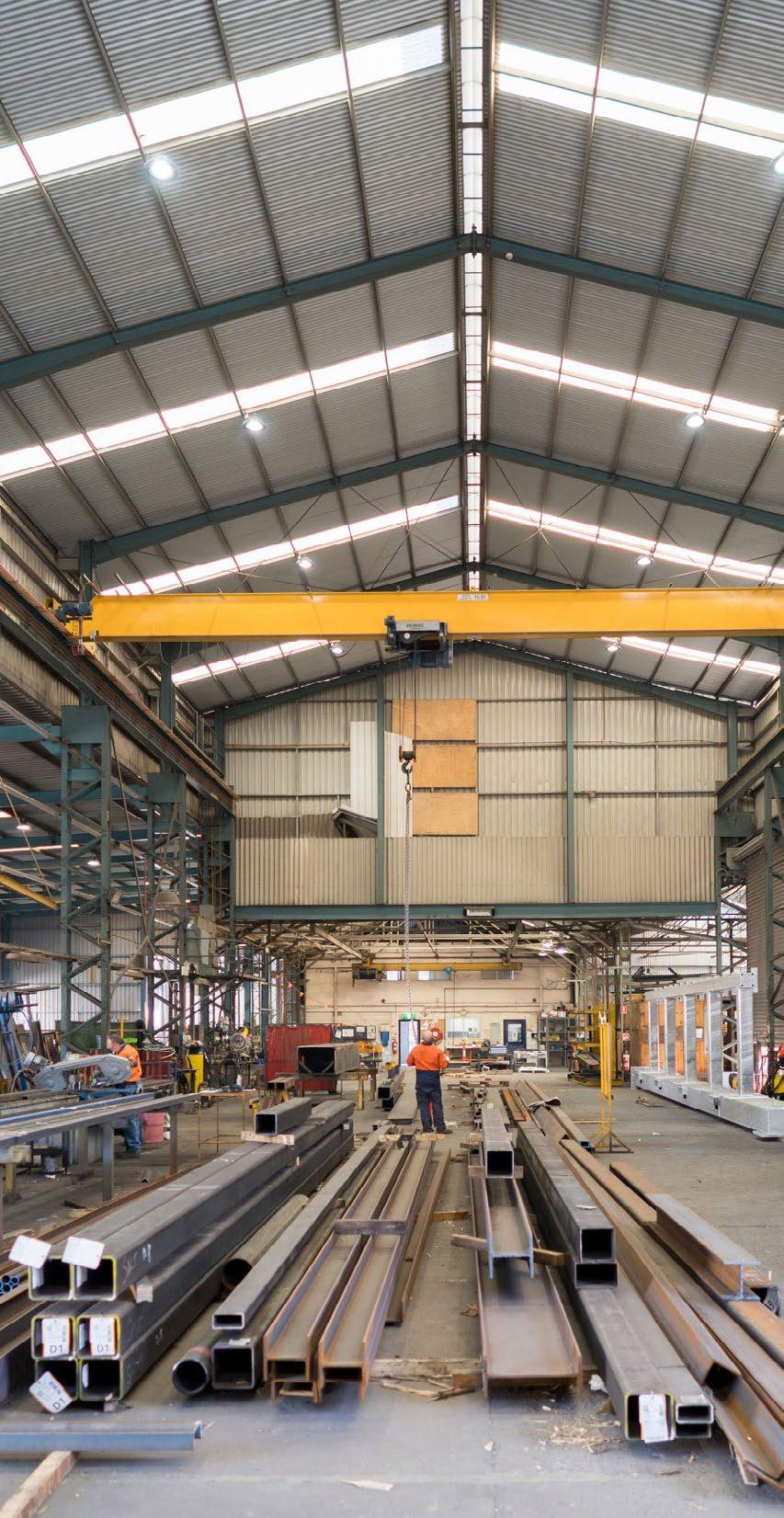
capacity are complemented by an ability to operate in extremely shallow water. Our 6.2m and 7.3m vessels can accommodate scaffolding, generators and welders, and our licensed coxswain is able to perform inspections, repairs and installation from the water.”
“Our clients know that when they come to us, they’re getting more than just a fabricator,” Rogers explained. “They’re getting a strategic partner who can help them solve problems and achieve their project goals.”
One of the most significant advancements at Williams Metal Fabrications in recent years has been its investment in robotic and automated welding technology. This move was driven by a commitment to improving efficiency, consistency, and precision while also addressing industry-wide labour shortages.
“The idea of automation first came to us years ago when we visited Shanghai and saw robotic welding systems in action,” says Rogers. “We sat on the
For further information about Williams Metal Fabrications, visit: williamsmetalfabrications.com.au
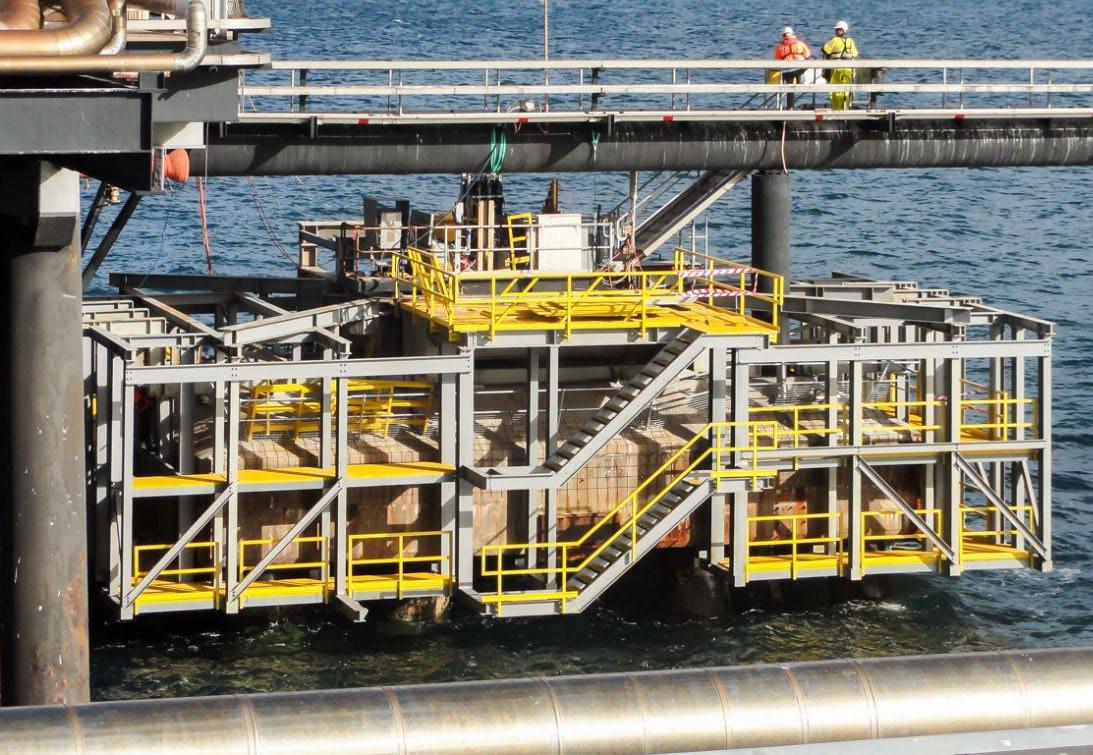
idea for a while, but we knew that if we wanted to stay ahead of the curve, we had to make the leap.”
The company’s robotic welding system has dramatically increased productivity and quality. A welding task that would traditionally take a fabricator 13 hours to complete can now be done in just two to three hours using the robotic welder. Not only does this free up skilled tradespeople to focus on more complex tasks, but it also ensures that every weld is identical, delivering unparalleled consistency.
“The benefits have been massive,” Rogers said. “Clients get faster turnaround times and precision welding on every project. It also allows us to take on high-volume work that would have been challenging before.”
“We also provide robotic welding services to other fabricators, helping them scale their operations, streamline production, improve consistency, reduce lead times, and enhance welding precision.”
Beyond efficiency, Williams Metal Fabrications is also using automation to attract and retain talent. Younger workers are drawn to cutting-edge technology, and the robotic welding system has proven to be a key motivator for apprentices and new hires.
“We’ve got an apprentice, Bree, who took an immediate interest in the robot,” Rogers explained. “She’s ambitious, talented, and a great role model for other young people looking to enter the industry.”
The metal fabrication and welding industry has traditionally been male-dominated, but Williams Metal Fabrications is committed to changing that. The company has taken proactive steps to increase diversity in its workforce, including hiring and supporting female apprentices like Bree, who is now in her second year of training.
“Because of the type of work we do, having finesse and attention to detail is crucial,” Rogers said. “When
“ Our clients know that when they come to us, they’re getting more than just a fabricator. They’re getting a strategic partner who can help them solve problems and achieve their project goals.”
This project included fabrication and installation of 4-off OH6 and 4-off OH7 wharf tie-down anchors for two new container cranes in Outer Harbour, South Australia. Williams Metal Fabrication undertook: in-house drawing from engineered design drawings; fabrication, blasting and painting; installation through site survey, concrete scanning, concrete breakout, chemical anchors and craneage. After agreeing with the client that the original design for the OH7 anchors was insufficient (making installation very difficult), Williams arranged for new designs with Aztec Analysis. Other challenges included cancellation of the installation of scaffolding halfway through, which necessitated the use of a work boat. Williams designed and fabricated a Wharf Work Box to help with installation, which proved to be essential in the success of the project.
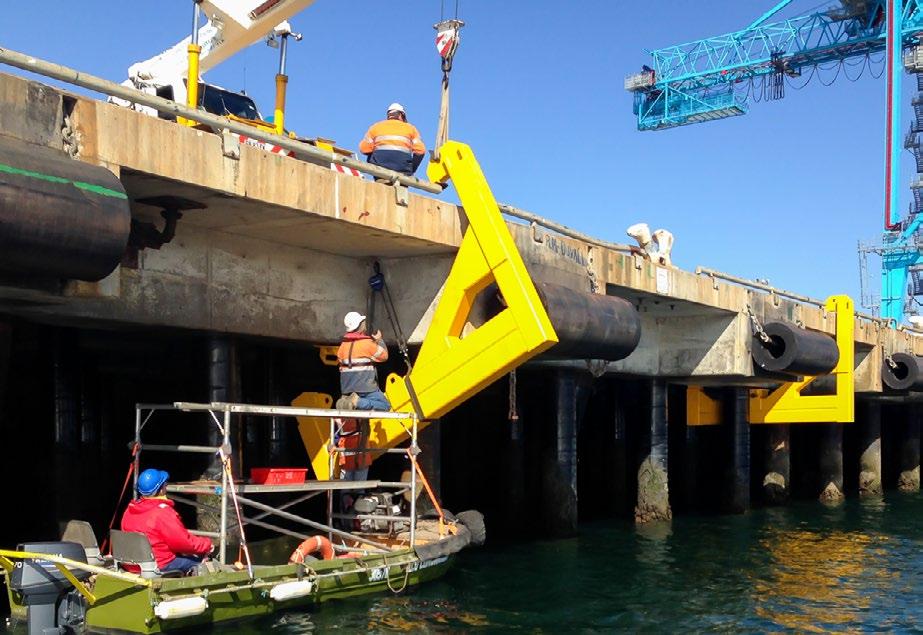
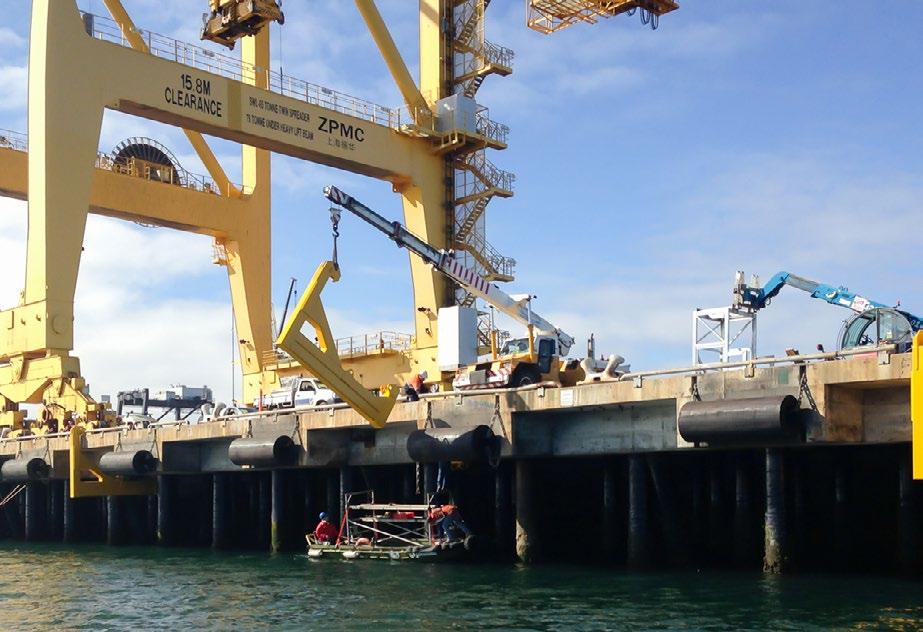
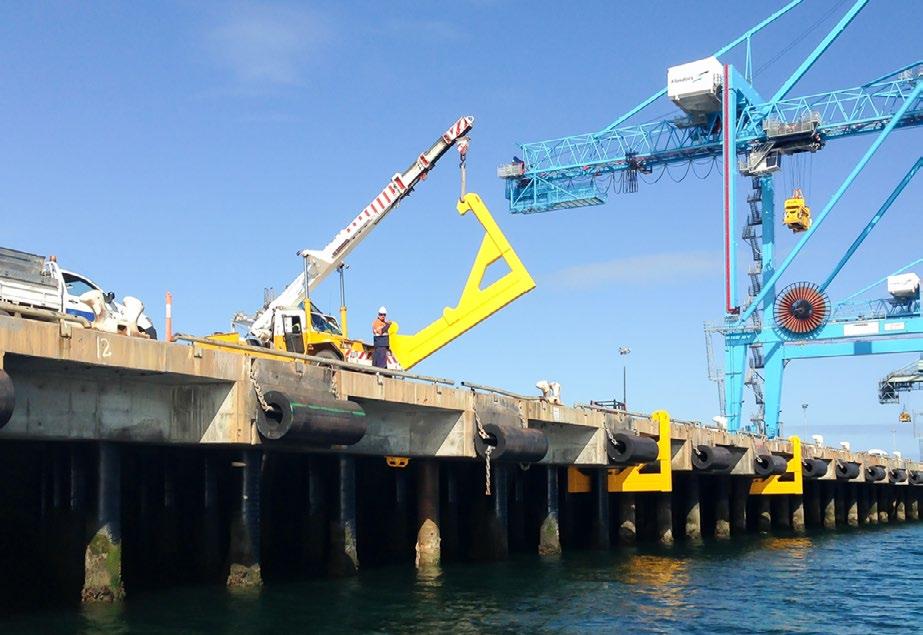
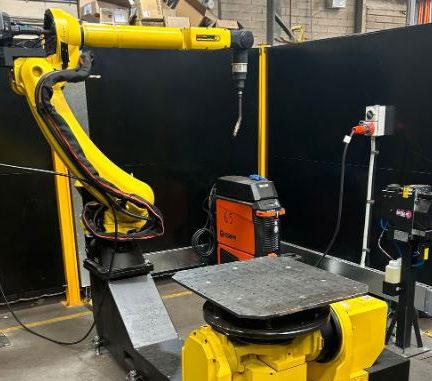
we were approached by a local council representative about offering a work experience opportunity to a female apprentice, we didn’t hesitate. Bree impressed us from the start, and we quickly took her on as a trade assistant.”
Since then, Bree has not only excelled in her training but has also become a role model for other women considering careers in metal fabrication. She took a particular interest in the company’s robotic welding system and is now a key part of that initiative.
“She doesn’t want to be solely focused on robotics, but she loves the technology and has shown real ambition,” Rogers said. “We want to make sure she has the support and opportunities to grow in her career.”
The company is also working to increase female representation in the workplace, with a goal of hiring at least two more female apprentices to create a more inclusive environment. This approach has drawn attention from industry leaders, including Andrea Michaels, Minister for Small and Family Business, Consumer and Business Affairs, and Arts, who visited Williams Metal Fabrications and was highly impressed with the company’s efforts.
Williams Metal Fabrications has a well-established apprenticeship program, typically employing around six apprentices at any given time. The company collaborates with TAFE institutions, participates in career expos, and actively recruits new talent. Every January and February, two new apprentices are brought on board, ensuring a steady pipeline of skilled workers to meet industry demands.
“With the current skill shortage, we have to keep encouraging people to enter the industry,” Rogers said. “We even ran an ad for adult apprentices and got a great response. There’s a lot of potential out there; we just have to provide the right opportunities.”
Workforce development is a top priority, with Williams Metal Fabrications investing in upskilling and career progression for its team. With a workforce of approximately 50 full-time employees, around 10% are apprentices, reflecting the company’s commitment to fostering new talent.
“We don’t just hire people and leave them to it,” Rogers says. “We develop personal training plans, offer qualifications like crane and rigging licences, and help our people grow in their careers. At the end of the day, our people are the foundation of our success.”
In a highly competitive industry, maintaining rigorous quality standards is crucial. Williams Metal Fabrications holds multiple internationally recognised certifications, including AS/NZS ISO 3834.2, AS/NZS 5131 CC3, and DPTI Prequalification in the Repair or Upgrading of Marine Structures – Level M2.
“Our certifications are more than just a box-ticking exercise,” said Rogers. “They ensure that we’re always improving and adhering to the highest industry standards. It also allows us to take on high-profile government contracts and complex projects that require top-tier compliance.”
Williams Metal Fabrications is on the verge of securing Lloyd’s Register and DNV certification, further expanding its capabilities in marine and underwater welding.
With exciting growth on the horizon, Williams Metal Fabrications continues to innovate and invest in new technology. The company has recently completed a strategic planning session that will guide future investments in automation, workforce development, and leadership training.
“We’ve got exciting growth ahead. We’re looking at further automation, as well as underwater welding acquisitions. We’re not just focused on where we are now; we’re looking at where we want to be in five, ten years,” Rogers said. “We want to be recognised as having the best leaders in the industry, and that means continuously evolving and improving.”
As Williams Metal Fabrications moves forward, its commitment to quality, innovation, and customer service remains unwavering. Whether it’s pushing the limits of robotic welding, expanding into new markets, or fostering the next generation of skilled tradespeople, the company is well-positioned to lead the future of metal fabrication in Australia.
“Our goal is simple,” Rogers said. “To keep delivering the best solutions for our clients and to keep raising the bar for the industry.”
This exciting project involved the fabrication of a rocket transport trolley for Southern Launch. Southern Launch is a launch and range service provider, headquartered in Adelaide. The company owns and operates Australia’s only ranges approved by the Australian Space Agency for launching rockets into space.
Williams Metal Fabrication’s scope of work encompassed fabrication, trial assembly, blasting and painting, and final assembly. Given the high-value cargo transported by the trolley, precision engineering and quality craftsmanship were paramount. The project required flexibility due to the many mechanical components being supplied by third parties. Additionally, the sensitive nature of the project necessitated numerous inspections and rigorous load testing.
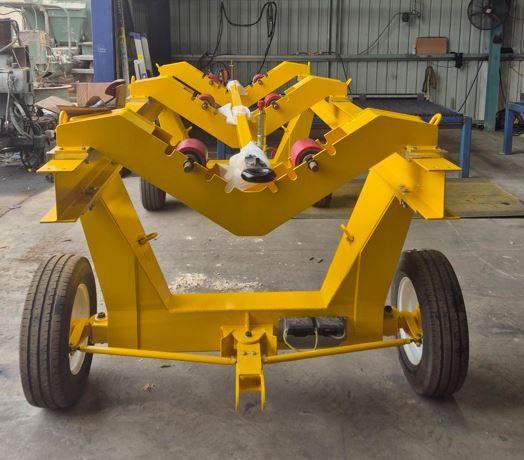

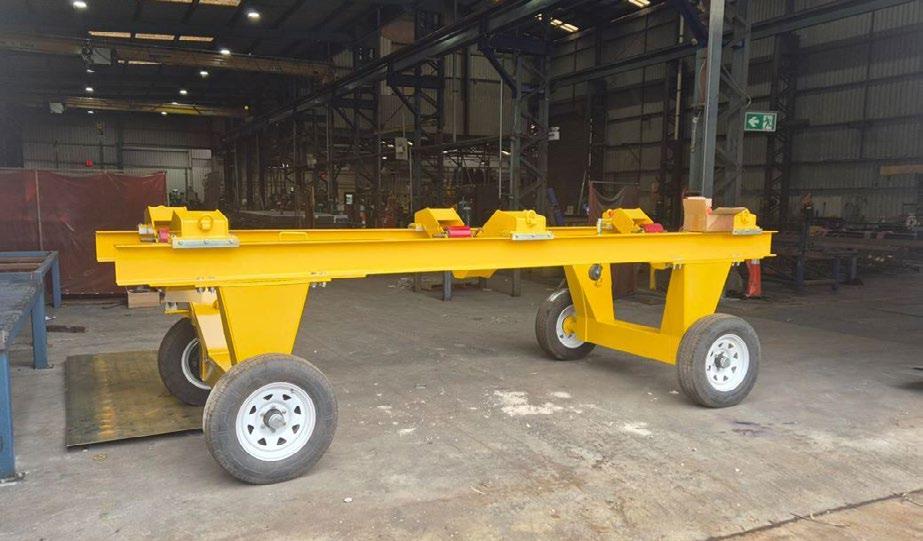
At Weldclass, we are committed to being more than just a provider of welding products; we are a catalyst for innovation and a trusted partner for the welding community. As an Australian-owned company, we take pride in delivering top-tier welding consumables and equipment that help businesses and welders thrive in an ever-evolving environment.

Founded with the mission to provide high-quality, reliable products that help welding professionals work efficiently and safely, Weldclass has grown alongside the Australian welding industry. Welding is essential in everything from infrastructure to machinery, and at Weldclass, we offer solutions that make a real difference.
When welders choose a Weldclass product, they are choosing reliability. Our GL-11 Gasless MIG wire is one of our flagship products, known for its consistency, smooth feed, and high performance. It has earned the trust of professionals across Australia. Additionally, our innovative Powered Air Purifying Respirators (PAPR) systems blend affordability with quality, making safety more accessible across industries.
We continuously improve our products based on the feedback from those who use them daily. Our
AllClear Fume Extraction systems are an example of our commitment to both safety and productivity, ensuring that welders can work safely without sacrificing performance. Weldclass is more than just a supplier—we are a partner. We understand the importance of dependable, user-friendly equipment and offer exceptional customer support, ensuring welders get the most out of their products. From expert technical guidance to a market-leading sevenyear warranty, we stand by our customers for the long haul.
As safety standards tighten, businesses need to ensure compliance with welding fume regulations. Our AllClear Fume Extraction systems help businesses stay compliant while protecting workers. We provide onsite demonstrations and valuable insights into fume levels to help companies make informed decisions about
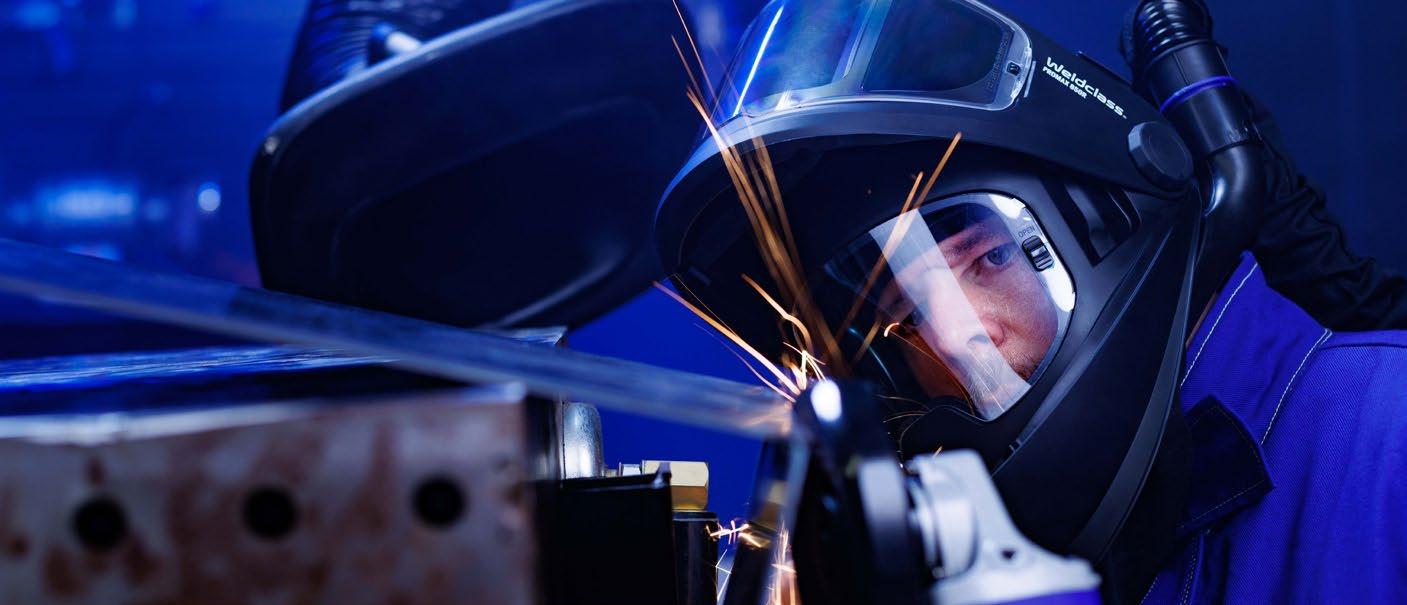
workplace safety. Looking ahead, we are focused on expanding our reach and continuing to innovate. We remain committed to research and development to provide the best tools and technology for welders. Our core values of quality, innovation, and customer support guide everything we do.
At Weldclass, we see ourselves as more than just a supplier—we are your partner in success. Whether you’re a distributor or a welder, our goal is to make your work easier, safer, and more efficient. If you’re interested in enhancing safety and efficiency in your workplace, we offer live demonstrations to show how our solutions can make a tangible difference.
Weldclass is a trusted partner in the welding industry, committed to providing the best products, services, and solutions for today and the future. We look forward to working together to shape the future of welding.
Ready to take your welding to the next level with innovative products that prioritise quality and safety? Visit the Weldclass website at weldclass.com.au today to explore our full range of welding solutions and learn how we can support your business. Join us in shaping the future of welding!
This article was supplied as part of a paid sponsorship package.

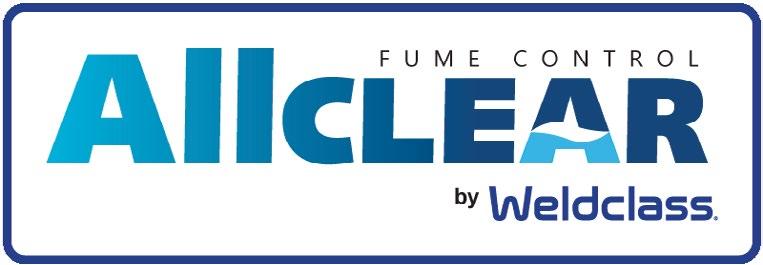
NEACH is setting new benchmarks in structural steel, delivering precision-engineered solutions for Queensland’s largest infrastructure projects. With advanced technology, a highly skilled team, and a commitment to innovation, the company specialises in complex, high-risk developments across sectors like government, defence, and mining. Backed by decades of expertise and a forward-thinking approach, NEACH continues to drive industry excellence with cutting-edge capabilities and a strong focus on sustainability.

NEACH has 50 years of experience in structural steel innovation. More than just a steel fabricator, the company is committed to delivering high quality structural steel solutions for tier one and tier two developments across Queensland.
Ryza Garbacz (Managing Director of NEACH) said, “For a regional business, we’ve come a long way in terms of our capabilities. We’re helping large global companies deliver complex projects, and we have the accreditation, knowledge, and experience to do that.”
The Path to Success
NEACH was started in 1975 by Henry Garbacz, the son of Polish migrants, who chose sunny Noosaville as his home. He continued running the company until 2012 when his son took over the business. Ryza had grown up working in the NEACH factory, sweeping floors and learning the trade, before transitioning to a career as a civil engineer in Brisbane.
Bringing a wealth of expertise from the corporate world, Ryza made it his mission to build up the company by leveraging his experience of systems and processes. “By getting our fundamentals in line, I was able to redefine the business to focus on more complex, higher risk, large government infrastructure—that’s our niche market. Instead of being a jack of all trades, we decided to be a master of one.”
To deliver on his vision, Ryza knew he needed to implement foundational processes across the company. He immediately set about improving NEACH’s capabilities. “When I first got into the business, we had a half-completed shed that needed a lot of work,” he said. “We extended the factory, put on the office, upgraded the equipment, improved the workflow in factory, and built efficiencies. I brought my knowledge and experience and applied the right systems and technology, which made us a very strong company with a competitive edge.”
Today, NEACH works with multinational engineering and construction clients in the government infrastructure, defence, oil and gas, chemical and mining sectors, in addition to some commercial and industrial building.
“We work for tier one multinational companies delivering complex projects. NEACH prides itself on helping larger, global companies to deliver challenging projects,” said Ryza.
The company’s successful delivery of large-scale projects relies not only on the extensive knowledge and experience of their leadership team, but also their advanced technological capabilities. “Our factory carries market-leading processing equipment and robotic welding technology,” Ryza said. “The moment something becomes leading edge, we pick it up—we’re not shy about change.” Another key advantage is the company’s adaptability, enabling them to scale up or down to meet

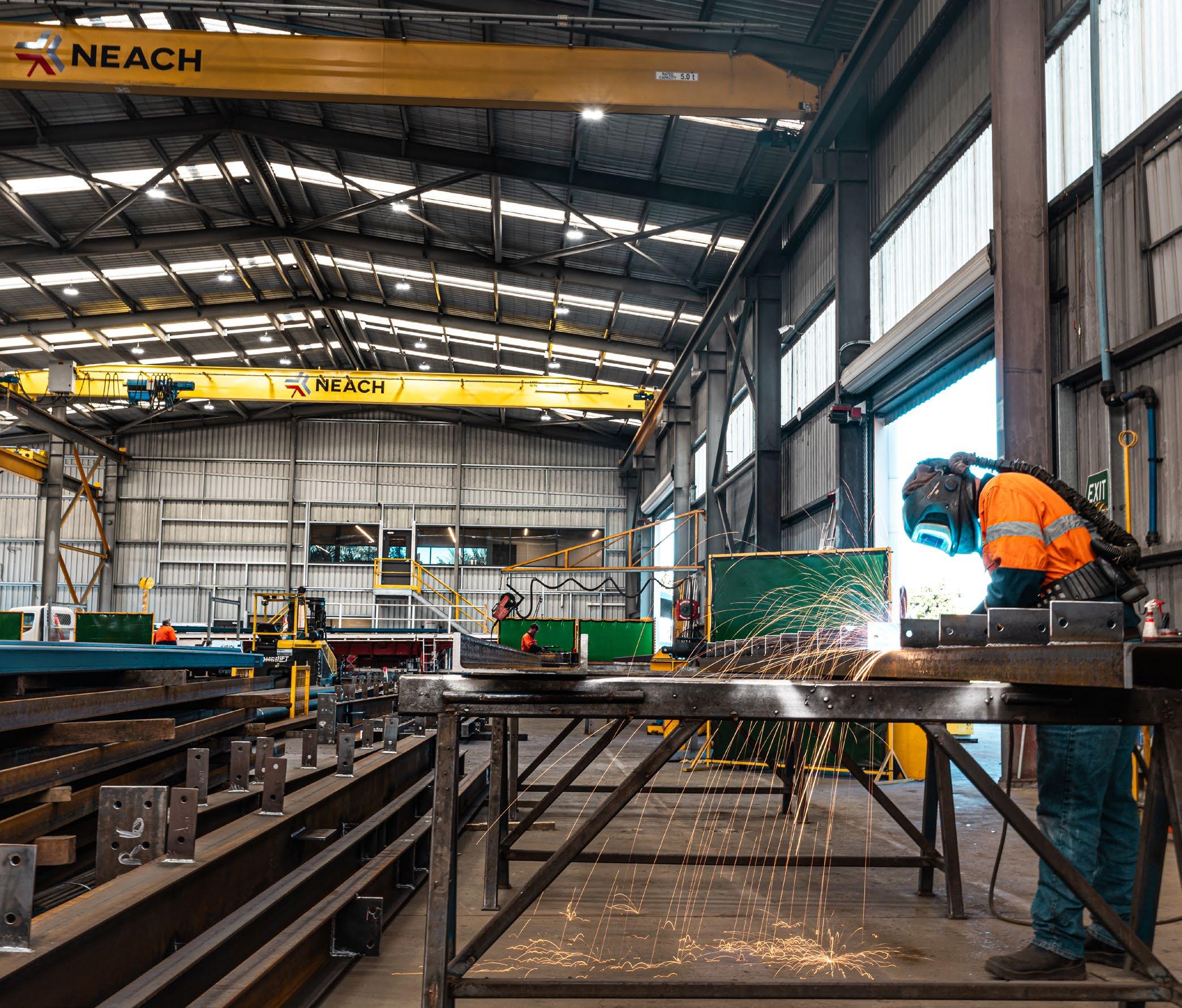
delivery targets. “In some cases, we’re working in rail corridors installing mission critical infrastructure with four-day windows that only come about every 12 weeks,” Ryza commented.
“That agility when delivering critical projects is a huge selling point to our customers: it means we’re able to find solutions in tough scenarios.”
These capabilities have earned NEACH a strong reputation for delivering quality outcomes for their customers—with 90% of business coming from repeat work. “Our customers know that, no matter what challenges are thrown at us, we’ll deliver and get the best outcome for everyone,” Ryza said.
Sustainability is of enormous importance to Ryza, on both a personal and professional level. “I want to hand off the world to my kids in a way that I can put my hand on heart and say we reduced our
impact on the environment, not only as a human being but as a business owner.”
An early initiative was to install solar panels on the factory’s large roof surface, which reduced electricity consumption by 50% and paid itself off within 18 months of installation. NEACH is also buying electric vehicles for the company fleet and upgrading their utes to a hybrid model, and is currently in the middle of a power upgrade project to install 100KW of battery on site.
In response to the growing shortage of skilled labour, NEACH has shifted their focus to building up their internal talent pipeline, doubling the number of apprenticeships and providing comprehensive training.
“We’ve always taken on at least one apprentice per year, but now we’ve increased that to two—one every six months—through a structured program. They rotate through a range
of tasks, so by the time they finish, they’re highly capable tradespeople.”
“We put a lot of effort into developing our second-year apprentices. By that stage, they should know how to read a welding procedure, tune a welding machine, and handle all the tasks required of a boilermaker—but many simply aren’t taught these skills elsewhere. Shifting our focus to training and developing our own people has been one of the best decisions we’ve made. It’s clear we’re investing in them, and the skillset we’re building is impressive.”
“Beyond apprenticeships, we also offer continuous improvement opportunities. For example, our production and project management staff recently completed basic welding inspector training with Weld Australia. Having in-house welding inspectors gives us even more capability when working on highcomplexity projects.”
Ahead of south-east Queensland’s growing population, Brisbane City is preparing to provide connectivity across the city with the Cross River Rail system. The Queensland Government has committed to a $5.5 billion rail upgrade in Brisbane, involving the construction of new tunnels and stations stretching from the Gold Coast to Brisbane CBD.
The regeneration projects with the Department of Transport and Main Roads (TMR) included an upgrade of the Exhibition train station, providing transport links to surrounding precincts, including the Showgrounds, Herston Quarter, and Royal Brisbane and Women’s Hospital.
This public sector redevelopment is set to become a cornerstone of Brisbane’s transport network, and NEACH’s contribution stands as a testament to our expertise in large-scale steel fabrication and installation.
NEACH fabricated, supplied and installed numerous steel structures for the project, including the main platform canopy and structure supports,
lift shafts, structural framing, balustrades and screening.
One of the standout features of this project was the decision to modularise and pre-assemble the canopy sections on concrete blocks before lifting the final assembled piece into place. This innovative approach not only streamlined the construction process but also enhanced safety and efficiency, saving around three months of work on-site. The canopy consisted of about 1,100 individual steel members and 6,700 bolts that were assembled and lifted 12m up into place.
The finished canopy weighed 28 tonnes and was around 35m long. To enable the precise installation, a 400t crane was built onsite to lift this piece 13m up before being perfectly aligned to the foundation works and structural steel.
The installation process only took six shifts (three days and three nights), and the team from NEACH demonstrated exceptional skill and dedication from the initial foundation works to the final precision lift.

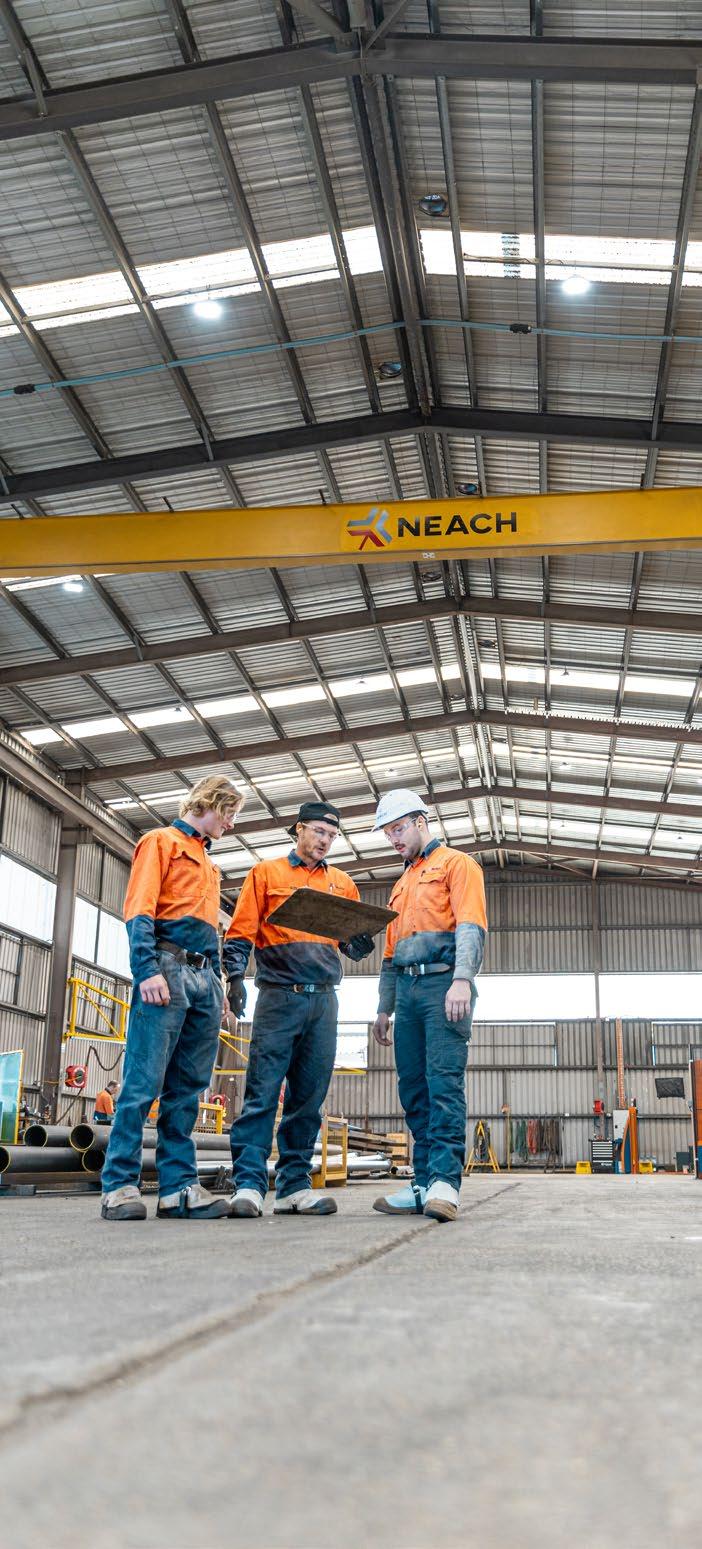
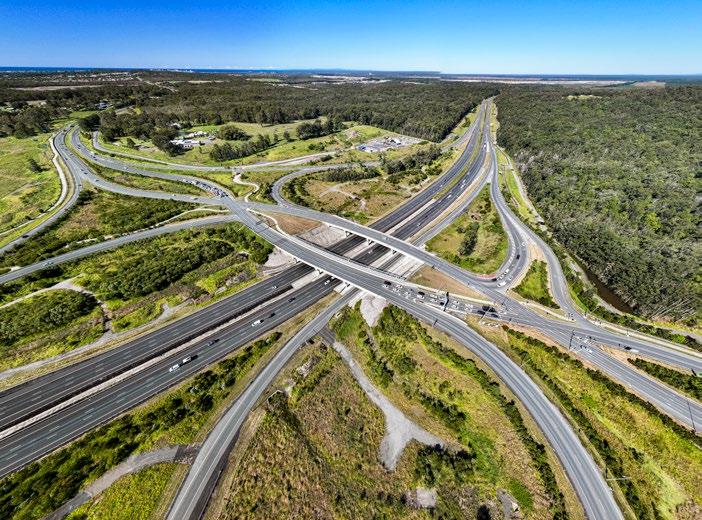


For nearly 50 years, Thornton Engineering has been at the forefront of Australia’s steel fabrication industry, evolving from a small workshop in Penshurst, Victoria, to a powerhouse in advanced manufacturing. Established in 1975, the family-owned business has grown exponentially, relocating its headquarters to a 100,000m2 site in Geelong in 1999. Today, Thornton Engineering operates six stateof-the-art workshops, catering to some of the nation’s largest infrastructure, mining, oil and gas, and construction projects.
Thornton Engineering provides a full spectrum of engineering and fabrication services, specialising in structural steel, pressure vessels, heat exchangers, plate fabrication, and piling steel products. The company works closely with project management teams, engineering firms, and direct clients to deliver complex, large-scale solutions that meet stringent industry standards.
“Fabrication at Thornton is a refined process,” said Basil George, the company’s Technical Specialist. “We handle incredibly complex projects
with precision, and our facilities are designed to accommodate everything from small-scale components to massive structural elements.”
Thornton’s fabrication expertise spans across a diverse range of industries, including mining, petroleum, power generation, infrastructure, and defence. Clients such as BHP, Sandhurst, and other major industry players trust Thornton’s reputation for delivering high-quality products on time and within budget.
Thornton Engineering attributes its longevity and industry leadership to an unwavering commitment to quality and technological innovation.
“To be frank, it all comes down to quality,” Basil explained. “From welding to machining, we have the best equipment and processes in place to ensure consistency across every project. Our in-house capabilities allow us to maintain full control over quality from start to finish.”
With six specialised workshops, each dedicated to specific fabrication processes, Thornton’s infrastructure supports a seamless and highly
efficient production flow. The company’s investment in advanced manufacturing technology, including automated welding systems, orbital welding machines, CNC machining, and robotic fabrication, ensures precision and scalability.
Quality assurance is embedded in Thornton’s DNA. The company is certified to AS/NZS ISO 3834, the globally recognised standard for welding quality, reinforcing its reputation as a trusted manufacturer in the Australian and international markets. “ISO 3834 certification wasn’t just a checkbox for us—it has significantly increased our efficiency and given our clients confidence in our ability to produce high-quality components,” Basil says.
Since achieving certification, Thornton has secured new business opportunities, attracting clients who require the highest levels of welding integrity and precision. “Clients actively seek us out because they know our certification guarantees quality,” Basil said. “It’s opened doors to major projects, especially with larger contractors and governmentbacked infrastructure initiatives.”
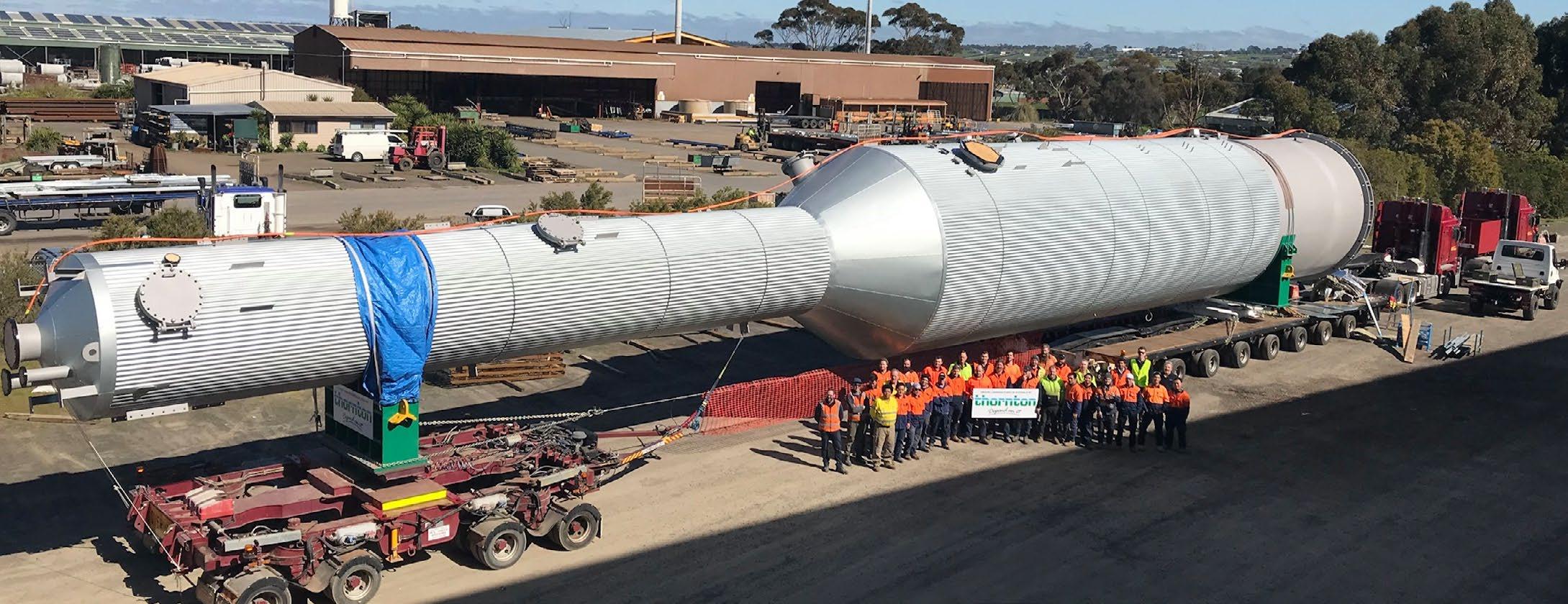
A key element of the world-first, three-level access ramp at Spirit of Tasmania Quay was completed by Thornton Engineering. Built specifically to accommodate Spirit of Tasmania’s current and new, larger ships, this complex steel structure will provide streamlined access for cars, caravans and trucks.
The gantry legs, triangulated truss, deck platforms and link spans were fabricated using 510 tonnes of fabricated truss and columns, loading ramps, link spans, and miscellaneous items. Complex in design, connections and welding difficulty, it was the largest pipe frame built by Thornton Engineering.
Thornton Engineering’s scope for the project included workshop detailing, fabrication of steel truss in seven sections, grid four columns and three link spans, welding to AS1554.1SP, non-destructive testing of welds, surface protection, trial assembly of the truss sections with a dimensional survey, structural fasteners, and transportation of the truss sections to site.
Thornton Engineering has been involved in some of Australia’s most complex and high-profile engineering projects. One standout example is its role in a joint venture with John Holland and CPB Contractors to fabricate critical bridge components for a large-scale infrastructure project. “It was a CC3 category project— the highest quality classification in structural steelwork,” Basil said.
“The level of precision required was immense, and we delivered.”
Another key project involved the development of specialised modular facilities for emergency healthcare applications, providing hospitals with rapid-deployment infrastructure. These projects showcase our ability to not only meet but exceed client expectations in terms of quality, design, and execution,” Basil said.


Thornton’s Geelong headquarters is strategically located just 5km from a major seaport, 15km from an international airport, and directly linked to Australia’s transport network. This prime location allows the company to efficiently deliver large-scale fabricated components across Australia and internationally.
With an extensive 325m long vessel shop, 256 tonne total lifting capacity, and state-of-the-art heat treatment and stress-relieving facilities, Thornton has the infrastructure to handle massive pressure vessels, heat exchangers, and structural components. Their fabrication capabilities include plate rolling up to 130mm, CNC drilling and stamping, robotic welding, and electroslag overlay welding. This enables Thornton to offer clients end-to-end manufacturing solutions.
Thornton is focused on delivering exceptional results today and is committed to advancing the industry for the future. “We’re always looking at ways to improve efficiency, reduce waste, and enhance precision. With automation and digital integration becoming more important in manufacturing, we’re positioning ourselves to remain at the forefront of the industry,” said Basil.
With its decades-long reputation for precision, reliability, and scale, Thornton Engineering continues to shape the landscape of Australian manufacturing.
Since its establishment in 2005 by three locals DGH Engineering has been an unwavering pillar of the Queensland engineering sector. Despite the company’s growth and evolution, it remains locally owned and operated, ensuring a strong connection to the community and its industries. This dedication allows DGH to maintain a highly personal approach to client relationships while continuing to deliver the high-quality results that have defined the company for nearly two decades.
DGH Engineering provides an extensive suite of engineering solutions, offering everything from initial design and drafting to fabrication, welding, installation, and ongoing asset maintenance. The company’s core capabilities include metal engineering, machining, fitting, blast and painting, and on-site construction.
Catering to a broad range of industries—including hard rock mining, coal mines, ports, sugar, power, and defence—DGH has built a reputation as a true one-stop shop for engineering solutions. With over 250 employees, including around 60 skilled boilermakers and apprentices, DGH has the expertise and capacity to take on projects of any scale. “Quality is at the heart of everything we do,” said Glen Lamb, DGH’s Quality Assurance Manager. “We pride ourselves on delivering highquality results across all departments. It’s this commitment that has built our reputation and keeps clients coming back.”
When asked what sets DGH apart from its competitors, Glen highlights the company’s dedication to
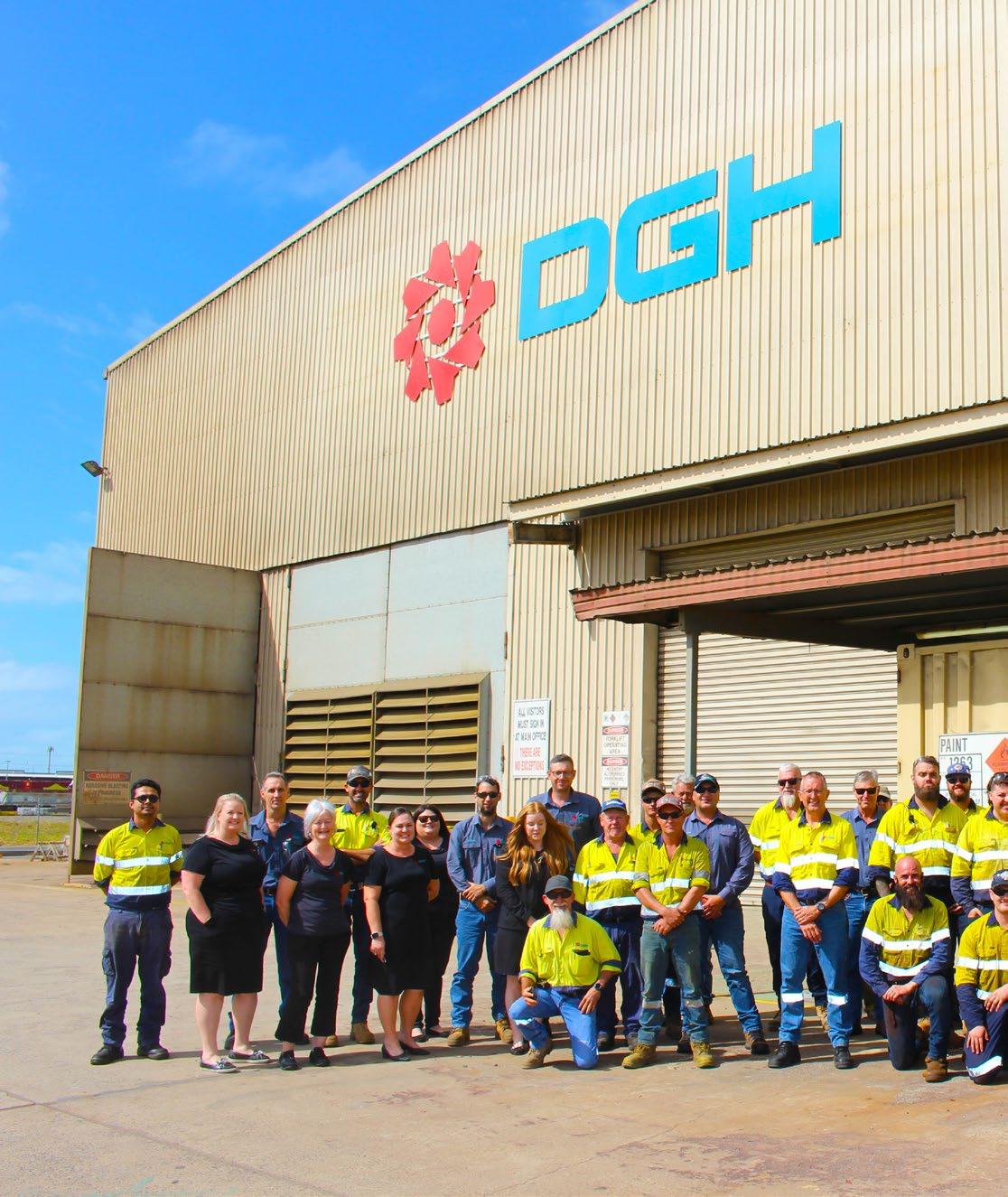
maintaining consistent quality over the years. “We’ve stuck to what we know and we do it well. That’s what generates repeat work—it’s not just about getting the job done, it’s about getting it done right.”
This commitment to excellence has allowed DGH to foster long-term partnerships with clients across various industries. Their reliability and ability to consistently deliver highquality engineering solutions have cemented their position as a trusted industry leader.
DGH’s commitment to quality is further demonstrated by its longstanding ISO 3834 certification, which the company has maintained for over 10 years. This milestone makes DGH Queensland’s longest consecutively certified business under the standard and the only company certified in the Mackay Isaac Whitsunday region.
“ISO 3834 certification isn’t just a badge—it’s proof of our commitment to quality and our ability to deliver a consistently high standard of work,” Glen explains. “It’s a big advantage on a global scale. While it does help us locally, where it really makes a difference is when we work with major OEMs and international clients.
It reassures them that we align with their own quality expectations.”
This globally recognised certification has opened doors for DGH to collaborate with leading companies from Germany, the United States, and beyond, solidifying its reputation as a world-class engineering firm.
In 2024, DGH was awarded Weld Australia’s prestigious CEO’s Award for Services to the Australian Welding Industry. This accolade recognises the company’s outstanding contributions to welding excellence, innovation, and industry leadership. DGH’s ability to tackle complex and cutting-edge projects, such as the revolutionary Air Suspension Wheel (ASW) project for an American company, has helped position Australian manufacturing as a global force in advanced fabrication and engineering.
“We’ve been fortunate to work on some incredible projects,” says Glen. “The ASW project is one that could have a huge impact across multiple industries, including mining and agriculture. It’s exciting to be part of something that could change the way these industries operate.”
DGH is also involved in the Future
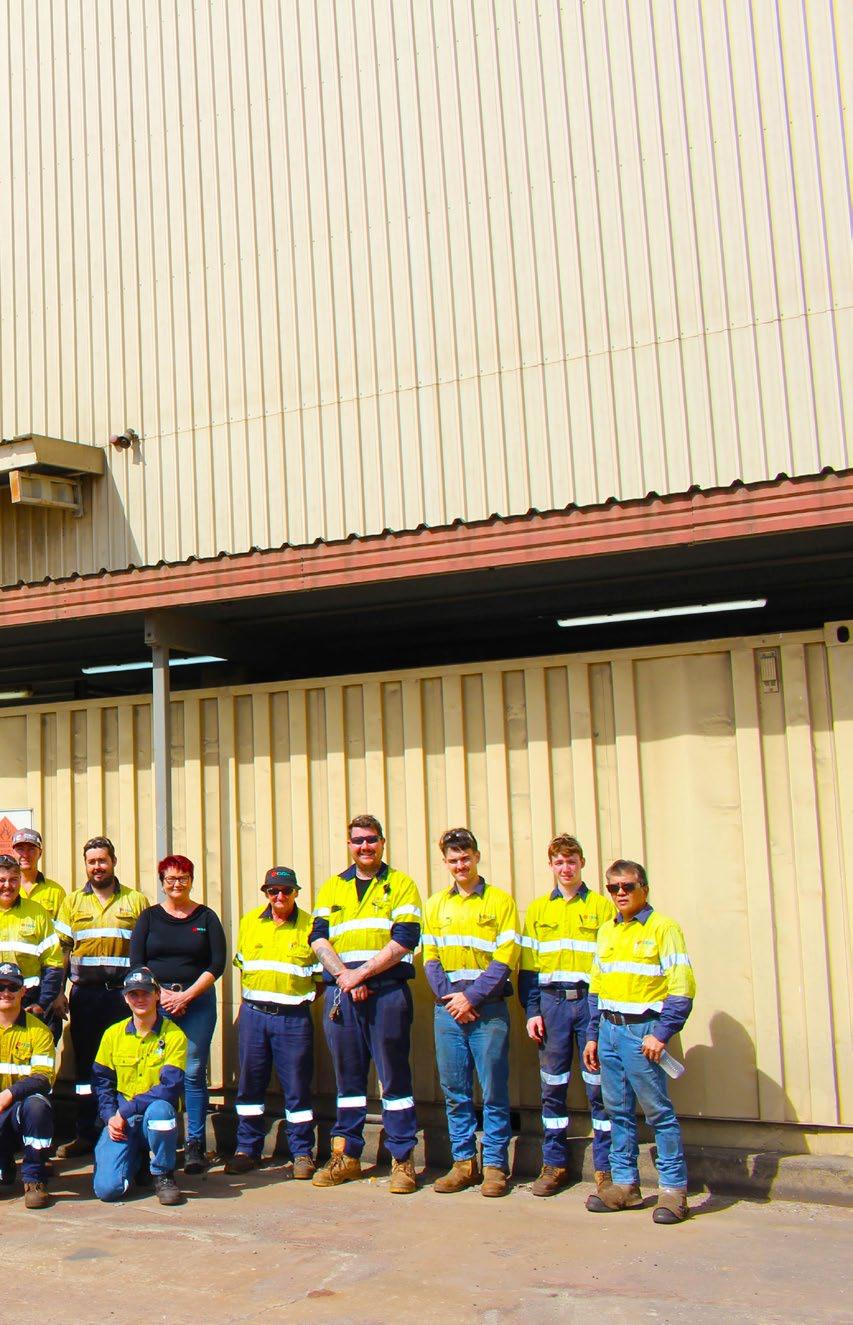
Industries Hub FlexiLab, a cuttingedge mineral processing facility designed to test and extract critical minerals such as cobalt. Developed in collaboration with the Resource Centre of Excellence and the Queensland Department of Resources, this project highlights the potential of regional innovation.
“With the transition away from coal mining, there’s a big question about what comes next,” Glen says. “The FlexiLab project will play a crucial role in shaping the future of mining and mineral extraction in Queensland.”
DGH is supporting the electrical and mechanical engineering design work and will commence fabrication of bespoke componentry, including digital and autonomous controls.
Sustainability is another area where DGH is making strides. The company is actively working towards Net Zero Greenhouse Gas Emissions by 2050, taking measurable steps to reduce its environmental footprint. A recent third-party study identified emissions sources across the business, and DGH has since implemented changes such as upgrading to energy-efficient
lighting and exploring cleaner manufacturing technologies.
“We’re always looking for ways to improve,” Glen said. “With the recent focus on fume mitigation legislation and cleaner plasma-cutting technologies, we’re keeping our ear to the ground and embracing innovations that help us operate more sustainably.”
DGH’s commitment to the Mackay region extends beyond business. As one of the largest employers in the area, the company understands the importance of giving back.
“We live, work, and play in the local community,” Glen said. “That’s why we support initiatives that matter to our workforce, whether it’s the local
hospital, sporting groups, or other community programs. It’s important for us to contribute in a meaningful way.”
As DGH Engineering continues to grow, its core values of people, quality, safety, and community remain unchanged. The company’s ability to blend innovation with tradition has positioned it as a leader in Queensland’s engineering sector, and its reputation for excellence continues to attract clients from across Australia and beyond. Whether working on large-scale mining projects, pioneering new technologies, or supporting local initiatives, DGH Engineering is proving that great things happen when quality, expertise, and community come together.
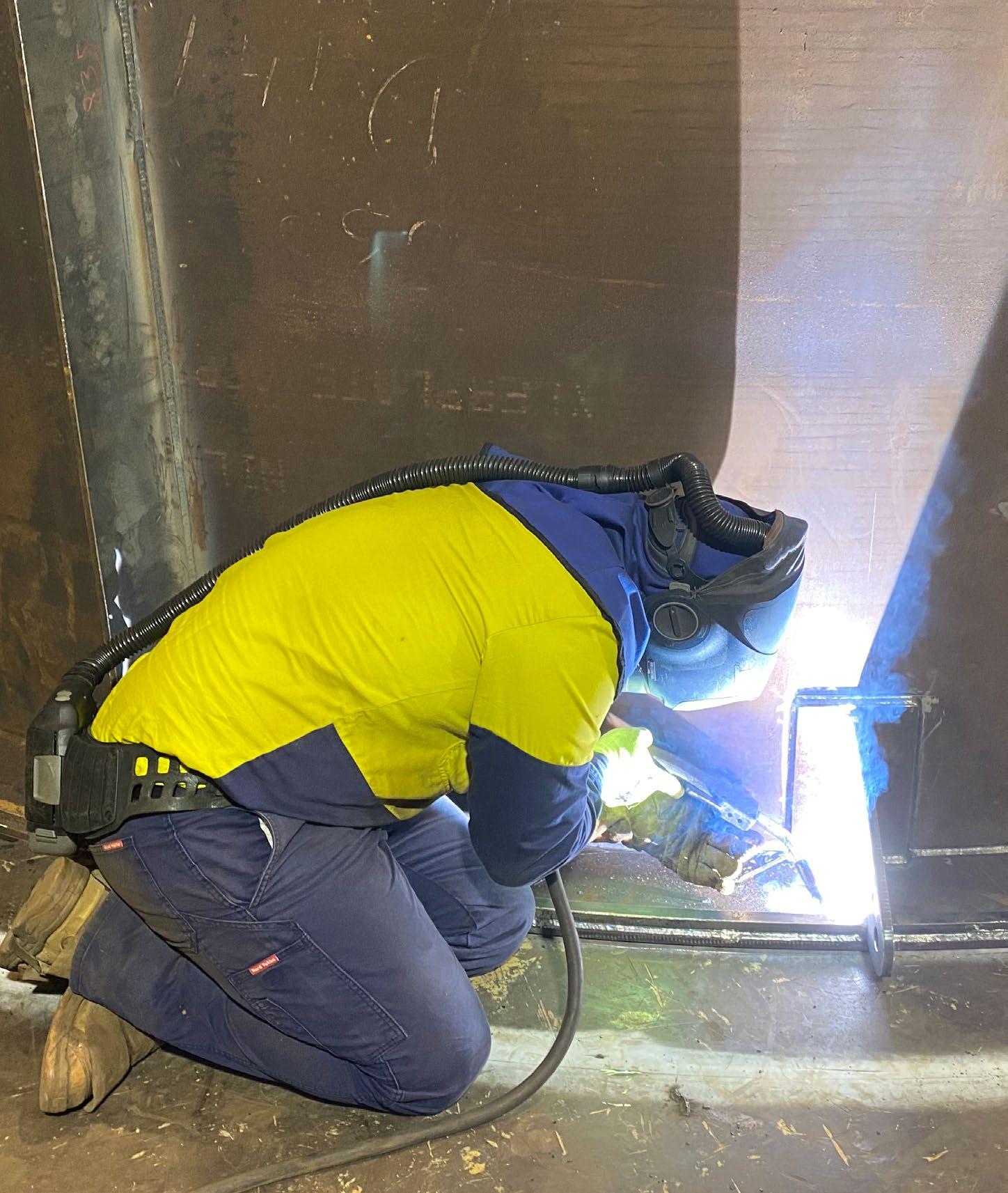
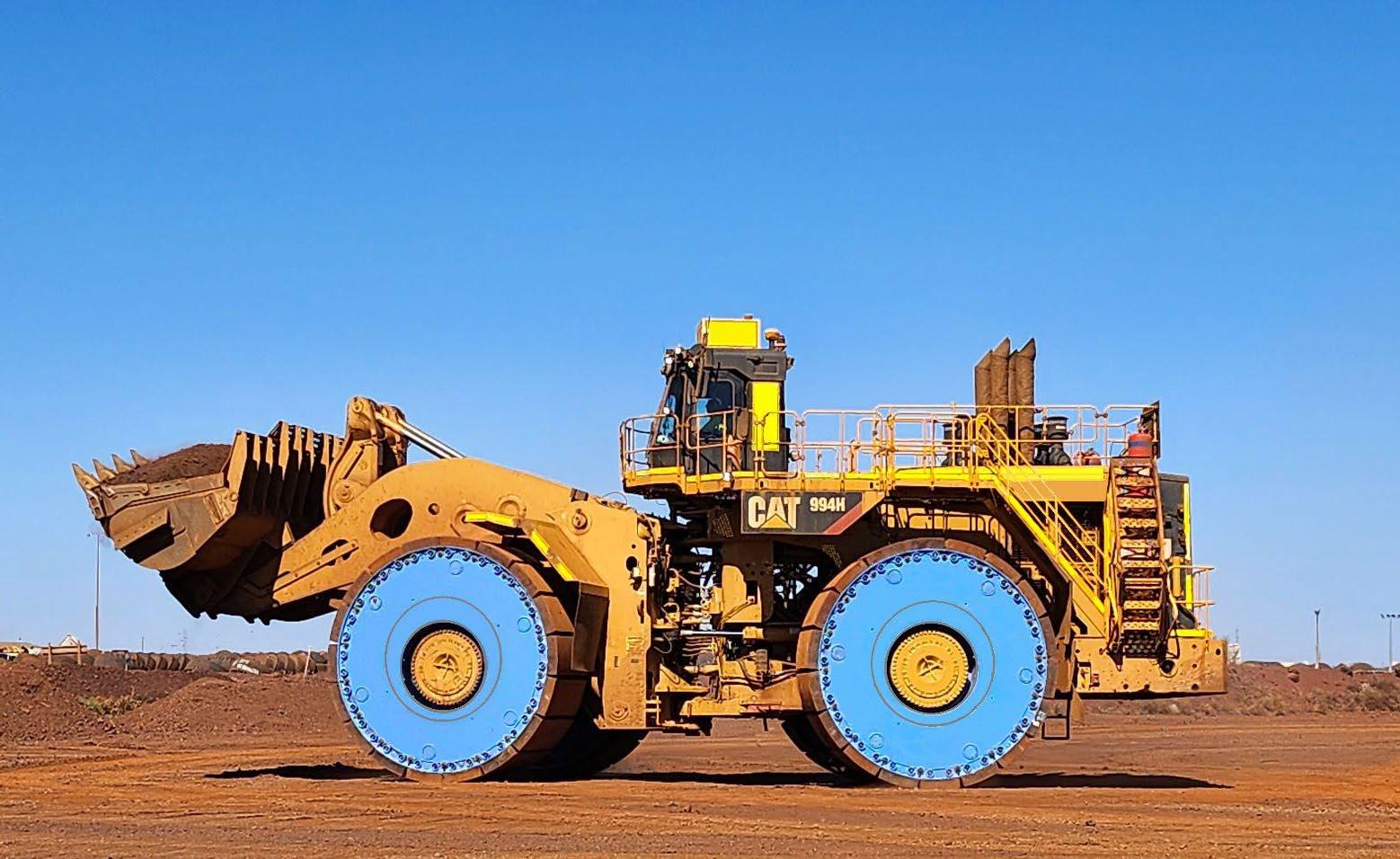
The Air Suspension Wheel (ASW) Project is a groundbreaking advancement in wheel technology, developed by Global Air Cylinder Wheels Inc. (GACW) and manufactured by DGH in Mackay. The ASW represents a paradigm shift in engineering, replacing traditional tyre and rim configurations with an innovative air suspension system. With a strong emphasis on safety, sustainability, and efficiency, the ASW project is setting new industry standards while showcasing the exceptional capabilities of Australian manufacturing.
The ASW is an advanced mechanical wheel that utilises compressed air technology to enhance vehicle performance, reduce rolling resistance, and minimise environmental impact. By integrating an air compression chamber within the wheel structure, the ASW provides a lightweight and highly efficient propulsion mechanism. This revolutionary approach significantly lowers fuel consumption and reduces carbon emissions, aligning with global sustainability goals.
The ASW project is not just an engineering marvel—it is a statement of Australian manufacturing excellence. DGH was chosen for its ability to deliver world-class fabrication services under one roof, including material supply, high-precision machining, critical component welding, surface finishing, and assembly. The complexity of the ASW, which consists of numerous moving components and weighs over 13 tonnes when fully assembled, demanded meticulous planning, technical expertise, and rigorous quality assurance.
Precision engineering played a central role in the ASW project. High-tolerance CNC machining was employed to create highly intricate and sophisticated components of the air cylinder wheel. This precision ensures that all parts fit together perfectly, which is critical for the wheel’s performance and safety.
The selection of advanced composites and high-strength alloys not only enhanced durability but also reduced overall weight, optimising performance under extreme operational conditions.
The fabrication process required sophisticated sealing and joining methodologies to maintain air pressure integrity, while advanced coating techniques were applied to improve wear resistance and extend the wheel’s lifespan in harsh environments.
The project introduced numerous innovations in both design and fabrication. The integration of air compression chambers into the wheel represents a revolutionary departure from traditional wheel systems, providing a level of energy efficiency that is unparalleled. This system provides propulsion and energy efficiency that traditional wheels cannot match. This is also reflected in the 60-plus patents granted so far.
The wheel’s design incorporates advanced aerodynamic and structural optimization techniques, enhancing performance and reducing rolling resistance. Computer simulations and iterative design processes were used to refine the geometry for optimal performance.
A digital twin of the wheel was created to simulate and analyse
its performance under various conditions. This virtual model enabled predictive maintenance and performance optimization before physical production.
The manufacturing process also leveraged automation and robotics, incorporating robotic welding, CNC machining, and automated material handling to increase precision and efficiency. Smart sensors and real-time data analytics were implemented to monitor production parameters, ensuring quality control throughout the entire process.
One of the most compelling aspects of the ASW is its contribution to environmental sustainability. The wheel is 100% recyclable, eliminating the need for traditional rubber tyres and significantly reducing waste. In the mining sector alone, this could prevent the disposal of over 311,896 tonnes of rubber annually, cutting CO2 emissions by 22.7 million tonnes per year.
The ASW’s ability to reduce rolling resistance contributes to improved fuel efficiency, with an estimated 2 million litres of diesel consumption saved per year in Australian heavy haulage operations. From a lifecycle perspective, the ASW was designed with sustainability in mind, from material sourcing to end-of-life recyclability, ensuring minimal environmental impact.
The ASW project has not only pushed the boundaries of engineering innovation but has also garnered significant international recognition. GACW’s revolutionary concept was awarded TIME Magazine’s Invention of the Year, reinforcing
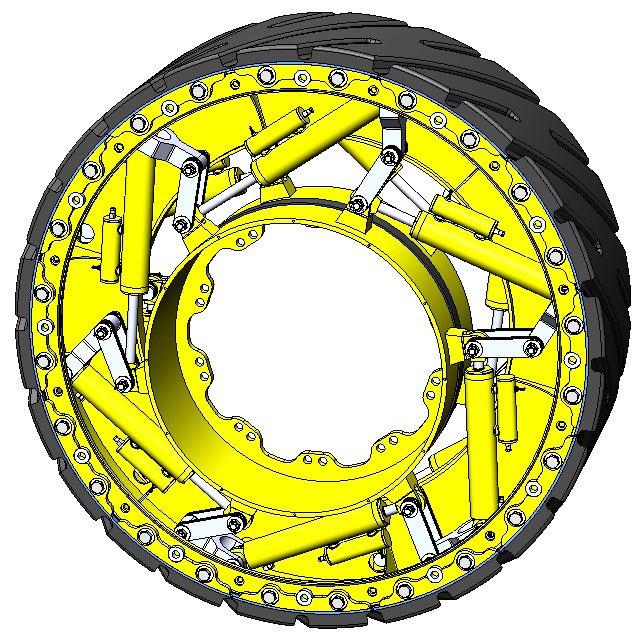

its position as a transformative force in the industry. The decision to manufacture the ASW in Australia underscores the country’s ability to lead in advanced fabrication, precision engineering, and technological innovation.
DGH’s role in the project has set a new benchmark for excellence, demonstrating the prowess of Australian steel fabrication on a global scale. The project exemplifies how advanced manufacturing, combined with forward-thinking design, can result in solutions that are both commercially viable and environmentally responsible. The fabrication process at DGH was particularly notable for its expertise in welding technology, workmanship, automation, and quality control. Special attention was given to welding thin-wall pressure vessels capable of withstanding 10,000 psi static pressure and 5,000 psi duty cycles at a 2 Hz frequency, as well as achieving tight tolerances for rotational balancing to eliminate the need for supplementary weight adjustments.
The ASW project is more than just a technological achievement—it is a testament to the future of sustainable transportation, precision engineering, and Australian manufacturing expertise. By reinventing the wheel, GACW and DGH have paved the way for innovation across multiple industries, from mining and heavy transport to defence and infrastructure. This project deserves recognition as a landmark achievement in engineering, fabrication, and sustainable manufacturing, setting a new standard for the industry worldwide.
For further information about DGH and their capabilities, visit: dgh.com.au

With its head office in Tasmania and manufacturing plants in both Tasmania and South Australia, Jayben Group is an OEM company that specialises in power train products and light to medium industrial plant and equipment, including design, engineering and manufacturing for the mining, agricultural, manufacturing and defence sectors. Since its humble beginnings in 1927, the company has evolved significantly and today, services clients both nationally and overseas. Determined to continue to provide clients with first-rate products, the company trialled Kemppi’s WeldEye welding management software before fully implementing the solution to effectively control welding quality.
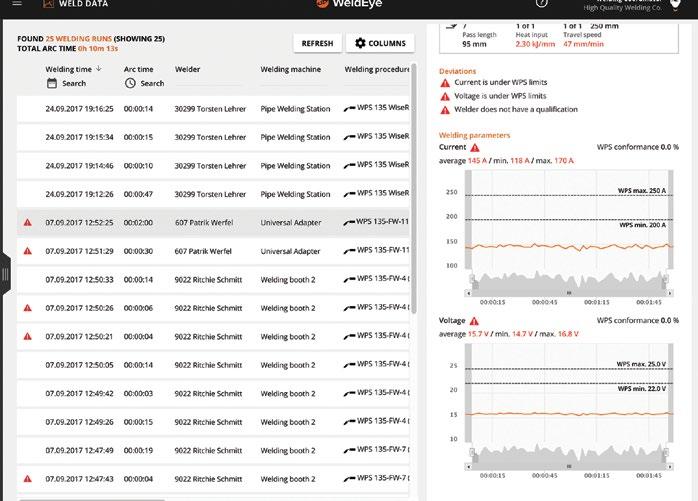
The Challenge
According to Danny Patmore, Fabrication Manager at Jayben Group, the company was not willing to forego quality despite experiencing strong growth. “Since our earliest days we have been committed to producing high-quality products and even though we have rapidly expanded, we remain unwavering in ensuring that quality is integral in all stages of the production process including welding.
“Welding is fundamental when you are manufacturing the sorts of parts and equipment that we produce in steel, stainless steel, aluminium and other metals. If the quality in the welds is not there, it will threaten the integrity of the component or machine, so it’s absolutely critical that we get it right.
“We were already using a fleet of standard mig machines and have an experienced team of six welders, but we had no way of objectively monitoring and managing the quality of our welding output and were canvassing the market for a tool that could help us do this, when we came across Kemppi’s WeldEye.”
WeldEye is a universal solution for managing welding production. It lets you control all parts of the welding process including welding procedures, welder and inspector qualifications, documentation, reporting and administration. It also gives you 100% traceability to any weld made within your operation. The WeldEye cloud-based software solution fits any size and type of organisation and lets you manage any welding equipment regardless of the brand.
Danny explained that one of the key factors that WeldEye appealed to Jayben was that the software works with any brand of welder. “WeldEye was attractive because it can be used with any welding brand and we had already made a significant investment in our fleet of existing mig welders. They were still fit for purpose, so we wanted to make them part of the overall solution rather than have to go out and buy new equipment.”
WeldEye also appealed to Jayben because it could provide the team with live data monitoring capability which would allow them to track

quality and make any corrections in real-time. “WeldEye purportedly let you monitor welding quality as the welds were laid down and would flag any issues. If this was the case, this would be extremely useful for us because it would mean detecting any critical welding deviations in the production phase,” said Danny.
On the face of it, WeldEye appeared extremely viable but it was not until the team looked at the various features of the software in detail, and actually rigorously trialled the solution, that they were convinced of its value.
The Benefits of WeldEye
“WeldEye is impressive,” says Danny. “Not only does it work with any combination of welding brands, it lets you monitor live welding data to ensure consistency and verify welding quality.”
“What’s more, if you need to produce qualitative data and reports for quality assurance for customers, this can be done at the touch of a button. And when new staff come on board, WeldEye helps us to quickly get a feel for their welding ability and provide upskilling if required.”
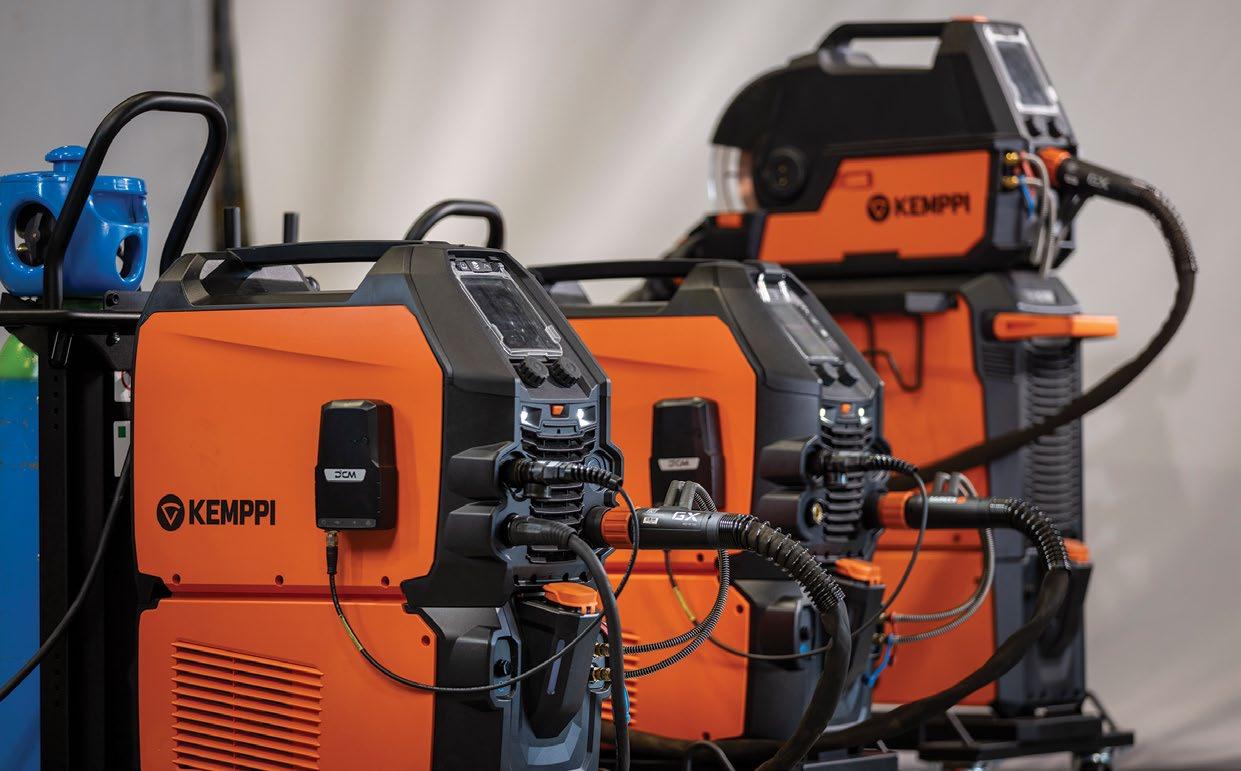
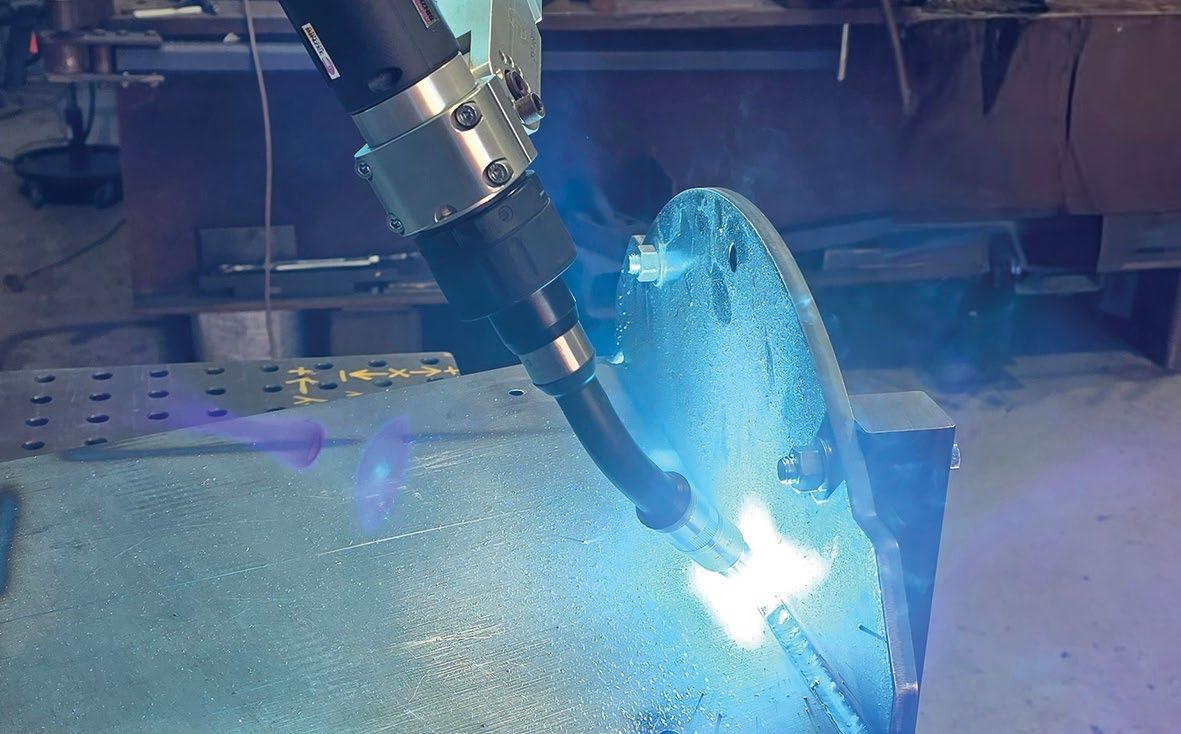
WeldEye’s versatility also makes managing welding procedure specifications (WPS) and welder qualifications more efficient as all the information is stored in the one place. The WPSs can be created quickly using templates and personnel qualifications are easily accessible, as they are conveniently centralised.
Since installing WeldEye, Jayben has been able to effectively monitor welding quality as well as boost productivity across its entire welding production.
“WeldEye has confirmed that we are meeting quality requirements and given us added confidence in our work. The ability to rectify any deviations in real-time is also invaluable as it saves us precious time so that we can do more,” explained Danny.
Thanks to its continued growth, particularly in defence work, and the incorporation of aluminium fabrication, Jayben has expanded its original fleet of welders to include the Kemppi X5 FastMig, X5 FastMig Pulse, MasterTig and the A7 Mig welder power source.
“Today, WeldEye helps us manage all of our welding equipment, including our robotic welder, the Kemppi A7, and verify compliance of WPSs to facilitate quality control. In the case of our defence work, WeldEye is absolutely critical as it helps us demonstrate welding production compliance with the requirements of the AS/NZS ISO 3834 quality standard,” said Danny.
“There’s no doubt that WeldEye has helped us overcome the challenge of ensuring quality control in our welding work. Installing the software was seamless and painless, and the customer support and training provided by Kemppi is proactive and excellent. Using the software from the convenience of the WeldEye dashboard is now second nature to us. If welding quality is important to you, I would recommend it in the blink of an eye,” added Danny.
This article was supplied as part of a paid sponsorship package.
FURTHER INFORMATION
For further information visit: kemppi.com
Justin Whitby, Apprentice Boilermaker at Griffin Marine Services
A third-year apprentice at Griffin Marine Services, Justin is already a standout talent in the Australian welding and fabrication industry. At just 20 years old, he has played a key role in a major marine construction project and actively worked to improve safety protocols. A proud traditional owner from the Pilbara land, Justin’s rapid development and impressive skill set demonstrate his dedication to his craft and his potential as a future leader in the industry. Justin won Weld Australia’s 2024 Young Indigenous Trades Person of the Year Award for Western Australia.
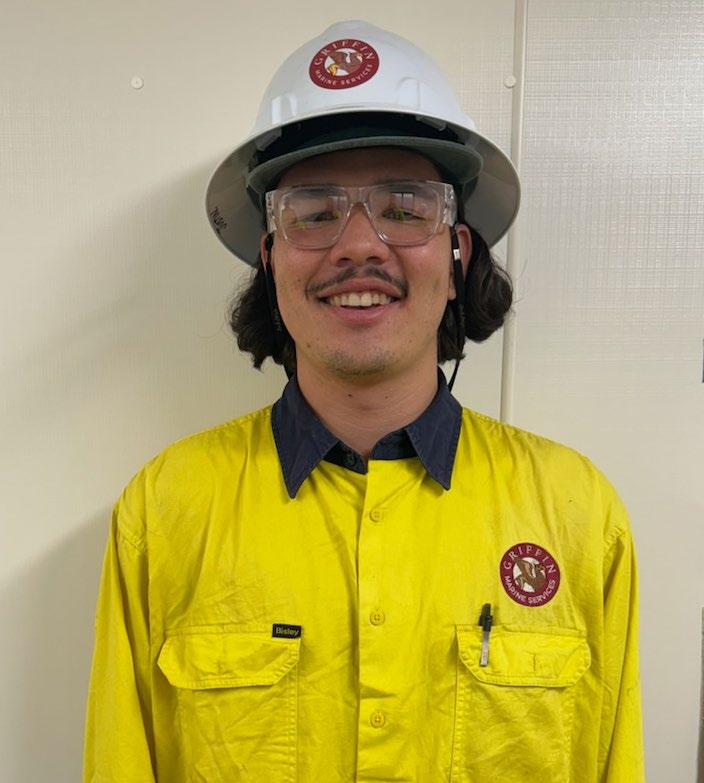
Can you describe your job?
I’m an apprentice boilermaker and welder, working my way through the trade. My role involves fabricating and welding metal components, ensuring they meet industry standards and project specifications. Each day brings new challenges, from interpreting technical drawings to executing precise welds that contribute to large-scale projects.
What inspired you to choose a career in welding?
I was first introduced to welding in school through metalwork classes, and I found it fascinating. I enjoyed the hands-on aspect of creating something tangible out of raw materials. That initial interest grew into a real passion, and I knew I wanted to build a career in the trade. The idea of working in an industry where I could constantly learn, develop my skills, and see the physical results of my work really appealed to me.
What is the most interesting project you have worked on and why?
One of the most rewarding projects I’ve worked on so far was the
establishment and reinstatement of a Removal Route for a large engine component on a ship. It was an extended job, which was a change for me since most of my previous work had been on shorter projects. This gave me the opportunity to see the entire process unfold—from start to finish—which was really satisfying. I also had the chance to work alongside a variety of trades, learning how different functions come together to complete a complex job. That exposure broadened my understanding of the industry and gave me valuable hands-on experience.
What do you enjoy most about your job?
The best part of my job is working alongside experienced tradespeople. Every day, I get to collaborate with skilled professionals who bring different perspectives and techniques to the table. That kind of learning environment is invaluable because it allows me to pick up a range of skills, problem-solving approaches, and best practices. Plus, there’s a real sense of teamwork in this industry, and I enjoy being part of that.
“My advice would be to take every opportunity that comes your way, even the tough ones—those are often the most valuable experiences. Don’t
be afraid to step outside your comfort zone. I remember being nervous about certain tasks when I first started, but once I tackled them, I gained confidence and was ready for the next challenge.”
Who has inspired you professionally?
Shaun Fenning (my Project Coordinator) has been a huge inspiration to me. His approach to the job, his extensive knowledge, and his work ethic are things I really admire. Watching how he tackles challenges
and finds solutions has taught me a lot about what it means to be a skilled and reliable tradesperson.
What do you believe is the biggest challenge for the industry at the moment?
One of the biggest challenges is transitioning from a controlled workshop environment to various work sites where conditions, expectations, and safety requirements can change dramatically.
Every client has different standards and ways of working, so being adaptable is crucial. Learning how to adjust to different environments while maintaining high-quality work is a key challenge for tradespeople coming into the industry.
What about the biggest opportunity for the industry?
The industry is constantly evolving, and one of the biggest opportunities right now is the advancement of welding technology. Automation, new welding techniques, and improved materials are all changing the way we work. There’s a lot of potential for those who are willing to keep learning and stay ahead of industry developments.
What advice would you give someone considering a career in welding?
Not every job will be easy, but every job is a learning opportunity. There’s a lot of legwork involved in truly understanding the trade, from perfecting techniques to comprehending how different materials behave under different conditions.
My advice would be to take every opportunity that comes your way, even the tough ones—those are often the most valuable experiences. Don’t be afraid to step outside your comfort zone. I remember being nervous about certain tasks when I first started, but once I tackled them, I gained confidence and was ready for the next challenge.
What is your favourite…
• Food? Can’t go past a good sausage roll!
• Song? Pump Up the Jam—an absolute classic.
• Sport? Footy (AFL) all the way!
If you could be famous, what would it be for? Catching the world’s biggest fish—imagine the bragging rights!
If you could meet anyone—alive or dead—who would it be? Steve Irwin. He had such an incredible passion for wildlife and conservation, and I’d love to have a chat with him about his experiences.
What is your pet peeve? People chewing with their mouths open—it drives me crazy!
What is your top tip for welding excellence? Preparation is everything. A well-prepped job makes for a smoother, stronger, and cleaner weld. Taking the time to set things up properly before striking an arc makes all the difference.
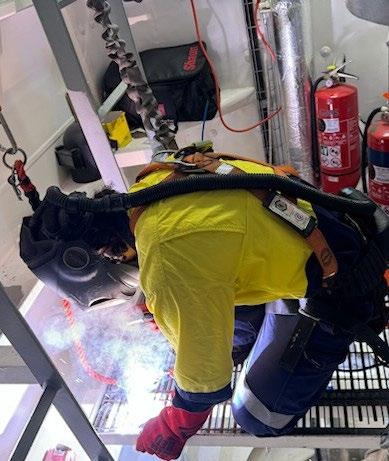
For more than half a century, Chess Engineering has been a leader in Australian manufacturing, delivering cutting-edge engineering solutions across multiple industries. From its origins in the late 1960s to its present-day operations spanning Sydney and Perth, Chess has evolved into a key player in fabrication, machining, and fitting, servicing critical sectors such as rail, mining, infrastructure, defence, and food manufacturing. Under the leadership of CEO Steve Facer, the company has grown exponentially, expanding its facilities, capabilities, and industry influence.
Originally established as FUCH Engineering in 1967, the company rebranded as Chess Engineering a few years later and has been operating successfully ever since.
In 2002, Steve Facer purchased Chess, recognising its potential for expansion and diversification. At the time, Chess was heavily reliant on contracts within the food manufacturing sector, particularly with Kellogg’s, where it had a permanent site crew handling equipment design, repairs, and maintenance.
“When I bought the business, food manufacturing dominated our operations. Today, we still have a permanent site crew at Kellogg’s, but our focus has broadened significantly,” Facer explains. “Now, infrastructure is our biggest market in Sydney, followed

“ Our philosophy has always been to invest in technology that makes us faster and more productive,” Facer said. “We’re not just here to do things the old way—we focus on what’s innovative and efficient.”
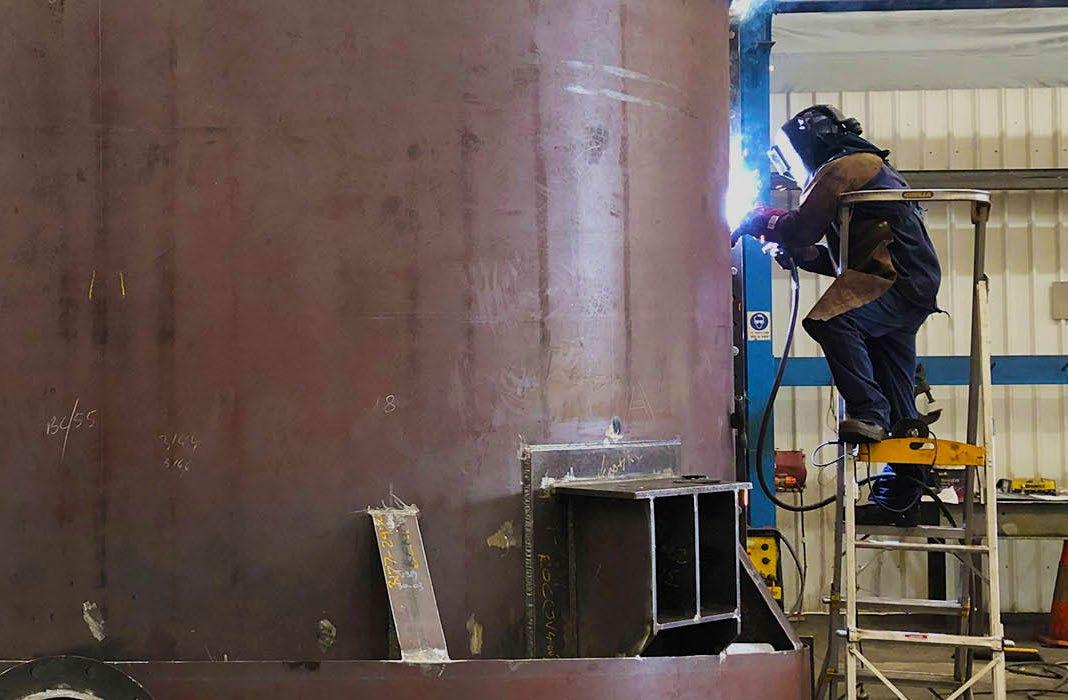
by rail rolling stock, while mining drives our Perth business.”
Over the past two decades, Chess Engineering has transformed into a major force in large-scale infrastructure projects, supplying custom-fabricated steel structures, precision-machined components, and specialist engineering solutions for some of Australia’s most iconic projects.
One of the most significant milestones in Chess Engineering’s journey has been the expansion into a new 13,000m² facility in Leppington, Sydney. The move from the company’s previous 8,500m² Padstow site has allowed Chess to scale up production, improve logistics, and take on even larger projects.
“Moving into Leppington was a game-changer for us,” says Facer. “We now have the space and
capacity to fabricate much larger structures, which is critical for servicing the infrastructure boom. Clients like John Holland and CPB Contractors have taken notice, and the new facility has opened doors to high-profile projects.”
The new premises also boast cuttingedge automation and robotics, with Chess investing in robotic welding, orbital welding machines, laser welding, and a Hyperfill dual-wire welding system.
“Our philosophy has always been to invest in technology that makes us faster and more productive,” Facer said. “We’re not just here to do things the old way—we focus on what’s innovative and efficient.”
Chess Engineering has played a crucial role in some of Australia’s most notable engineering feats. The company’s expertise is visible
in landmarks such as the Sydney Harbour Bridge gantry structures, the Eastern Distributor toll gantries, pedestrian bridges over Anzac Parade, and steelworks for the Barangaroo Station project.
One of the company’s most ambitious current projects is The Great Emu in the Sky, a 30m tall Indigenous art installation commissioned by Transport for NSW.
The project is being delivered by CPB Georgio Group, a joint venture between CPB Contractors and Georgiou Group, major players in the Australian construction industry, known for delivering large-scale infrastructure projects. It involves complex mechanical and electrical manufacturing, integrating 15,000 LEDs into a perfectly formed dome structure that will be visible to aircraft flying into Sydney’s new airport.
“We’re incredibly proud of this project,” said Facer. “It’s the largest single Indigenous installation in NSW,
and the he largest art installation in the Southern Hemisphere. Every aspect of its construction—structural, mechanical, and electrical—is being managed by Chess.”
AS/NZS ISO 3834 Certification Quality has always been at the core of Chess Engineering’s operations, and the company’s commitment to excellence is reinforced by its AS/NZS ISO 3834 welding certification.
This internationally recognised standard ensures that Chess meets the highest welding quality requirements, providing assurance to clients across infrastructure, rail, defence, and heavy industry.
“Certification takes us to another level,” Facer explains. “It’s not just about ticking a box—it eliminates competition that can’t meet the same stringent quality standards. For our clients, it means they are getting a superior product with full traceability.”
The certification has played a key role in securing Chess’s CC3 compliance under AS/NZS 5131, which is essential for working on large-scale public infrastructure projects.
“Achieving CC3 was a big step. Not many companies have the systems in place to manage the level of diligence it requires,” Facer said. “It’s given us a competitive edge in the market and strengthened our reputation.”
Beyond infrastructure, Chess Engineering continues to push the boundaries in product development. The company has recently expanded into defence and water treatment projects.
In the mining sector, Chess manufactures OEM components, custom pipe-cutting systems, and precision-engineered equipment used in operations around the world—including recent shipments

to Mongolia. Meanwhile, its growing presence in agricultural robotics includes a partnership with Agerris, an Australian start-up developing autonomous mechanical weeders for large-scale farming.
“We fabricate highly complex components that require precision engineering,” Facer explains. “Many of our jobs are one-off, requiring a unique approach every time. Even our repeat orders—like road sign structures—are often site-specific and tailored to exact specifications.”
Under Facer’s leadership, Chess Engineering has evolved into a company that values perseverance, adaptability, and a client-first mindset.
“Our Project Managers are among the best in the business. We hold our own, even when dealing with major Tier One contractors. We’re meticulous with documentation, email trails, and compliance—
because that’s what our clients expect.”
The company also prides itself on being a diverse and inclusive workplace. “We believe in choosing character over competency,” Facer said.
“Our General Manager is a woman— because she was the best person for the job. We have women in engineering, accounts, and on the factory floor, and we’re committed to developing the next generation of talent through our apprentice program.”
With a workforce of over 140 employees in Sydney and additional capacity in Perth, Chess is wellpositioned for continued growth. “We’re here to expand, not to stay stagnant. When you grow, you create more jobs, pay higher wages, and provide more career opportunities. That’s what drives us.”
Chess Engineering remains focused
on delivering high-quality engineering solutions, expanding its technological capabilities, and securing a larger presence in defence, water infrastructure, and public transport projects.
The company’s new Leppington facility, combined with its commitment to quality, innovation, and service, ensures it remains at the forefront of Australian engineering.
“We’re not here to knit socks for caterpillars,” Facer said. “We’re here to grow, to take on bigger projects, and to deliver engineering solutions that truly make a difference.”
FURTHER INFORMATION
For more information about Chess Engineering, visit: chessindustries.com.au
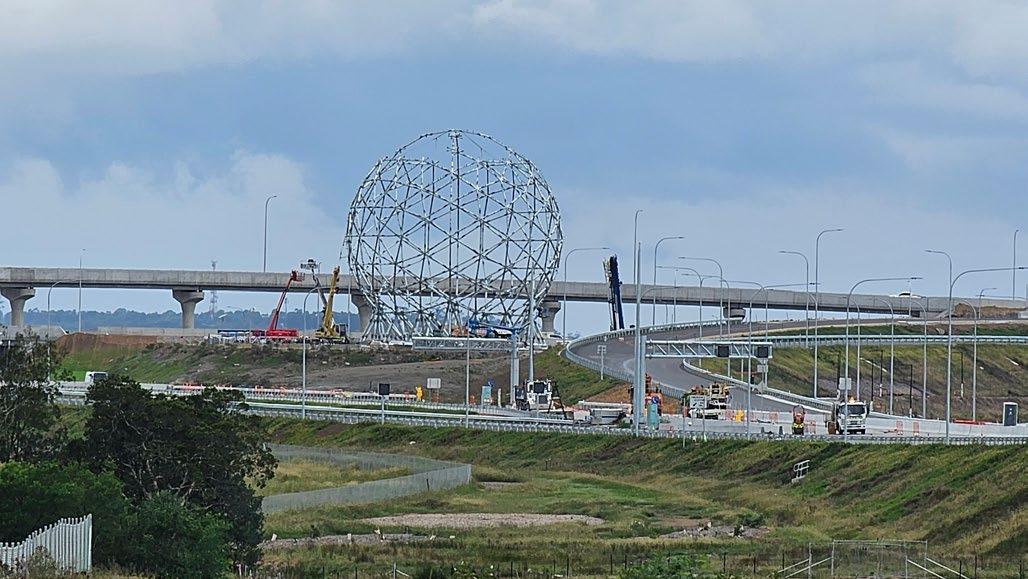
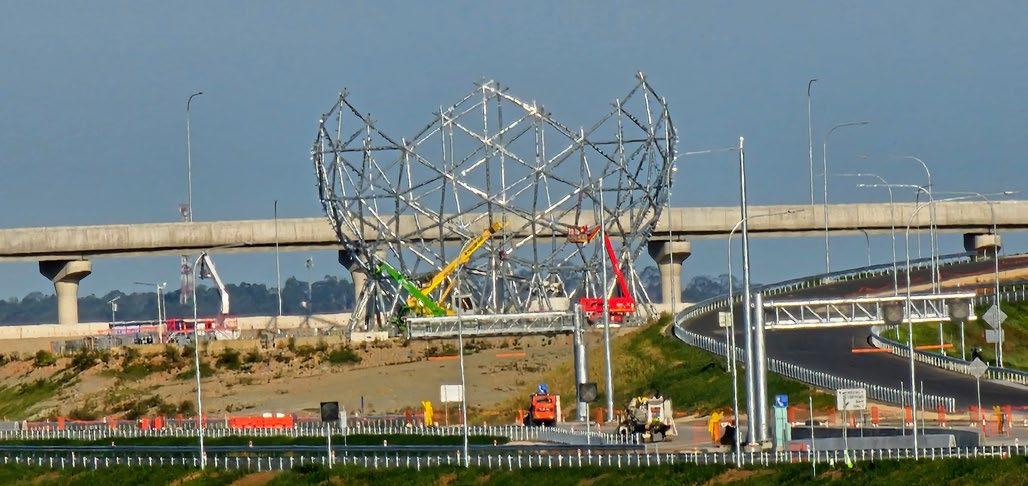
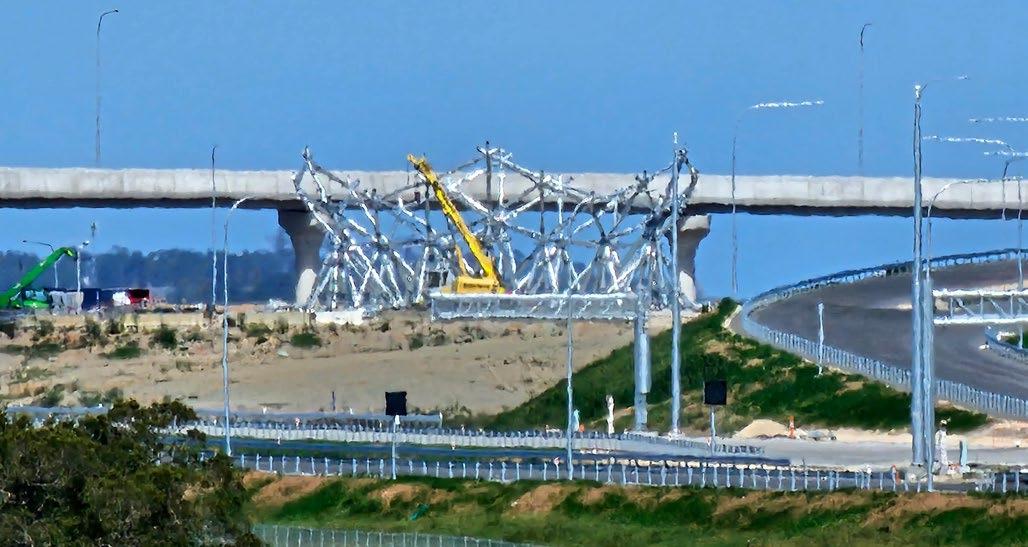
Designed by Balarinji, an Indigenous design studio, the sculpture reflects the interconnectedness of Aboriginal narratives. The Great Emu appears in various forms across Indigenous Australian cultures, representing a celestial being that has guided communities for millennia. Through a breathtaking arrangement of steel elements, the sculpture brings to life Mariong, the Emu and Mother, and how she formed the Milky Way.
This monumental piece will be visible from multiple vantage points—including the motorway, Metro rail, pedestrian and cycle paths, and even from aircraft approaching and departing Western Sydney International Airport.
Tasked with the fabrication and installation, Chess Engineering plays a pivotal role in transforming this vision into reality. With expertise in structural steelwork, precision engineering, and large-scale installations, Chess ensures that every component of this intricate design meets the highest standards of durability and craftsmanship.
The company’s deep understanding of complex projects— particularly in large-scale public infrastructure—positions them as the perfect partner for this ambitious undertaking.
“We’re incredibly proud to be part of a project that not only pushes the boundaries of engineering but also contributes to the cultural landscape of Australia. This is more than a sculpture; it’s a testament to the enduring strength of Indigenous storytelling and contemporary innovation,” said Facer.
The engineering challenge behind The Great Emu in the Sky is immense. The sculpture is composed of signature structural circular hollow sections forming an intricate, nest-like structure that creates a dynamic interplay of light and shadow. By night, strategic lighting elements will illuminate two distinct forms of Mariong, symbolising her transformation into the Milky Way.
Chess Engineering’s role extends beyond fabrication; their specialised welding and assembly teams are ensuring the seamless integration of the sculpture’s components while maintaining the structural integrity needed to withstand environmental factors.
Set for completion by mid-2025, The Great Emu in the Sky will serve as a lasting tribute to Aboriginal heritage and engineering excellence. As part of the broader M12 Motorway project, it exemplifies how infrastructure can honour history while shaping the future.
Through cutting-edge fabrication techniques, Indigenous collaboration, and world-class engineering, Chess Engineering is proud to help bring this visionary project to life.
Since starting her boilermaking apprenticeship with Hanlon Industries in 2023, Iesha Swan has consistently outperformed her peers, earning the title of the best at her level every year at trade school. She has quickly become an essential part of the team, known for her ability to not only handle her own tasks with precision but also assist seasoned boilermakers with fabricating and designing complex steel structures. Iesha won Weld Australia’s 2024 Young Trades Person of the Year Award for Victoria and Tasmania. She took some time to answer a few questions for Australian Welding
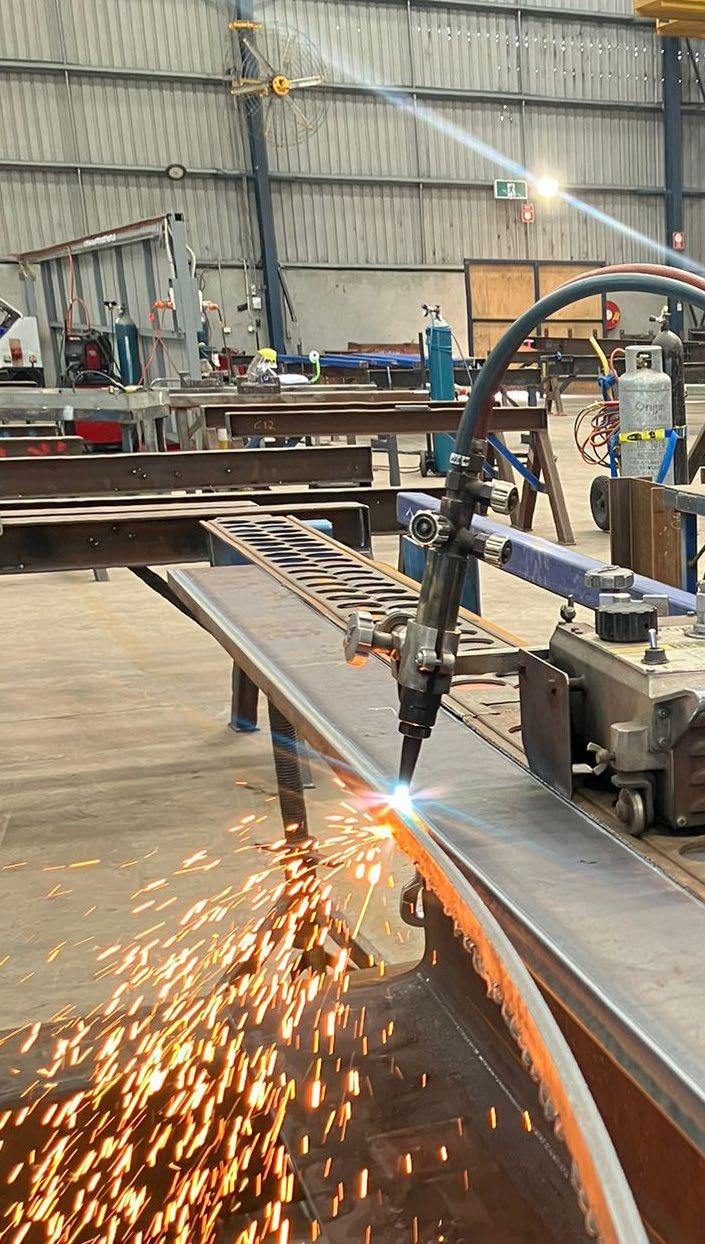
Can you describe your job?
I’m a third-year apprentice steel fabricator at Hanlon Industries, which means I work with metal— cutting, welding, and assembling steel structures. My job involves reading technical drawings, setting up materials, and making sure every weld is strong and precise. It’s handson, challenging, and really rewarding when you see something you built come to life.
What inspired you to choose a career in welding?
My Dad. He is a diesel mechanic and I went to work with him on weekends and school holidays. I picked up a welder one day in his workshop and here I am. I have always enjoyed being creative and working with my hands. There is something so motivating about building something that is real and lasting.
What’s the most interesting project you have worked on? Why?
Our Annual Apprentice Welding Competition every year is by far my favourite. Hanlon let us apprentices be creative and I can think outside the box and do things differently. The theme gets picked and we can let our creativity run wild. We get allocated a certain amount of hours and we can
only use the scrap metal from the workshop. The local community gets involved, amazing prizes get donated by suppliers and customers and all of our competitive streaks come out. Its something I will miss most when I am qualified, but I will be excited to be on the other side and mentor the next generation of apprentices.
What do you enjoy most about your job?
Honestly, just welding every day. Even though every day is different, I just love welding. Some days I’m welding straight lines, some days I’m problem-solving a tricky fit-up, and other days I’m learning new techniques. Plus, there’s something really cool about taking raw steel and turning it into a finished structure that was once a drawing.
Who has inspired you professionally?
Ash, our workshop manager. He has a different view on everything and different ways to do everything. He always makes the time to teach me and push me to be better. And he is just pretty cool.
Kenny, he is one of our most senior welders in the workshop. He has 44 years welding, and I find him so
What is your favourite:
• Food: Burritos
• Song: Anything country
• Sport: Go kart racing
If you could be famous, what would it be for?
World’s best go kart racer
If you could meet anyone— alive or dead—who would it be? Luke Combs
What is your pet peeve? Short attention spans
What is your top tip for welding excellence?
Take on board information people give you.
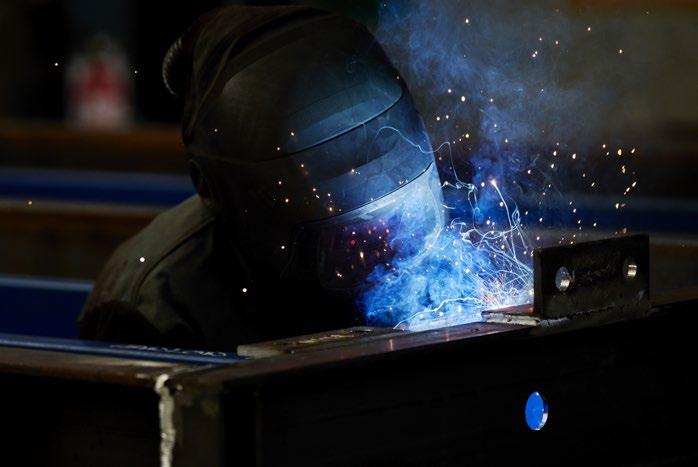
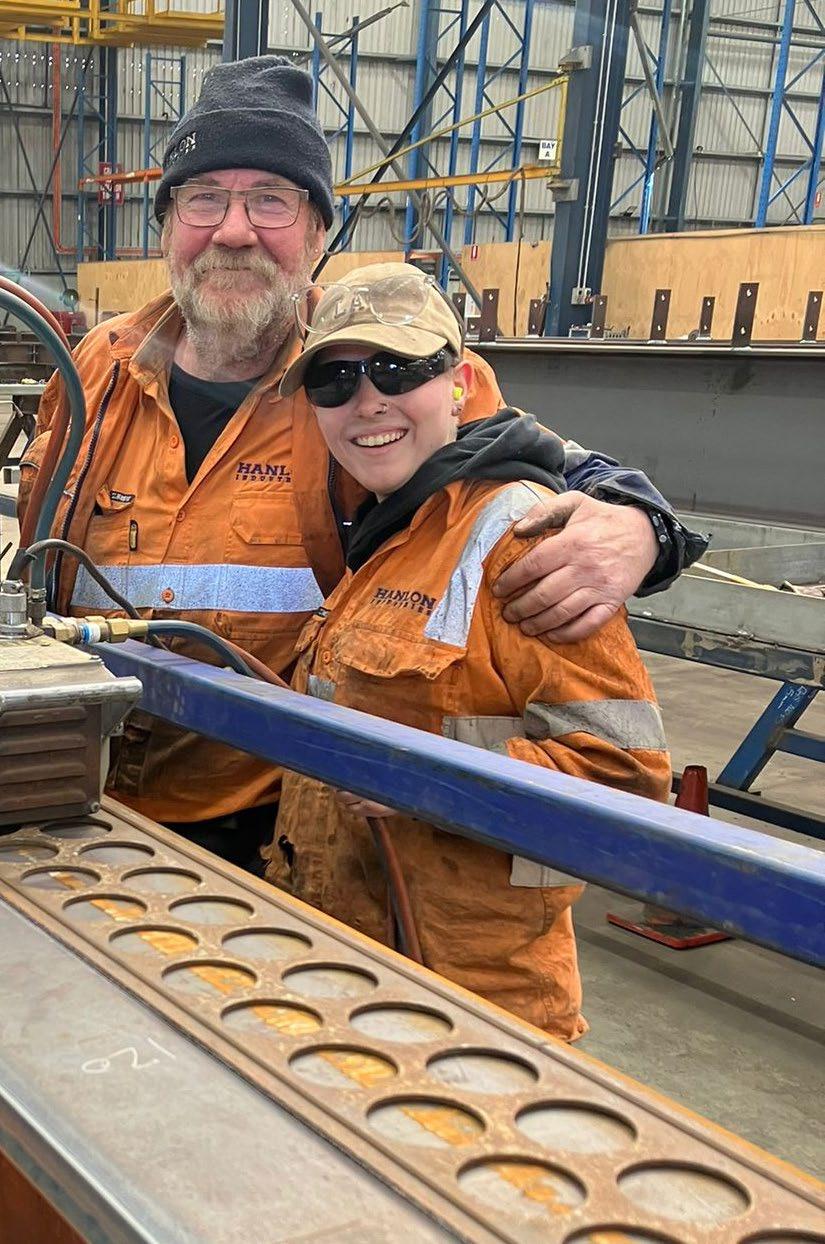
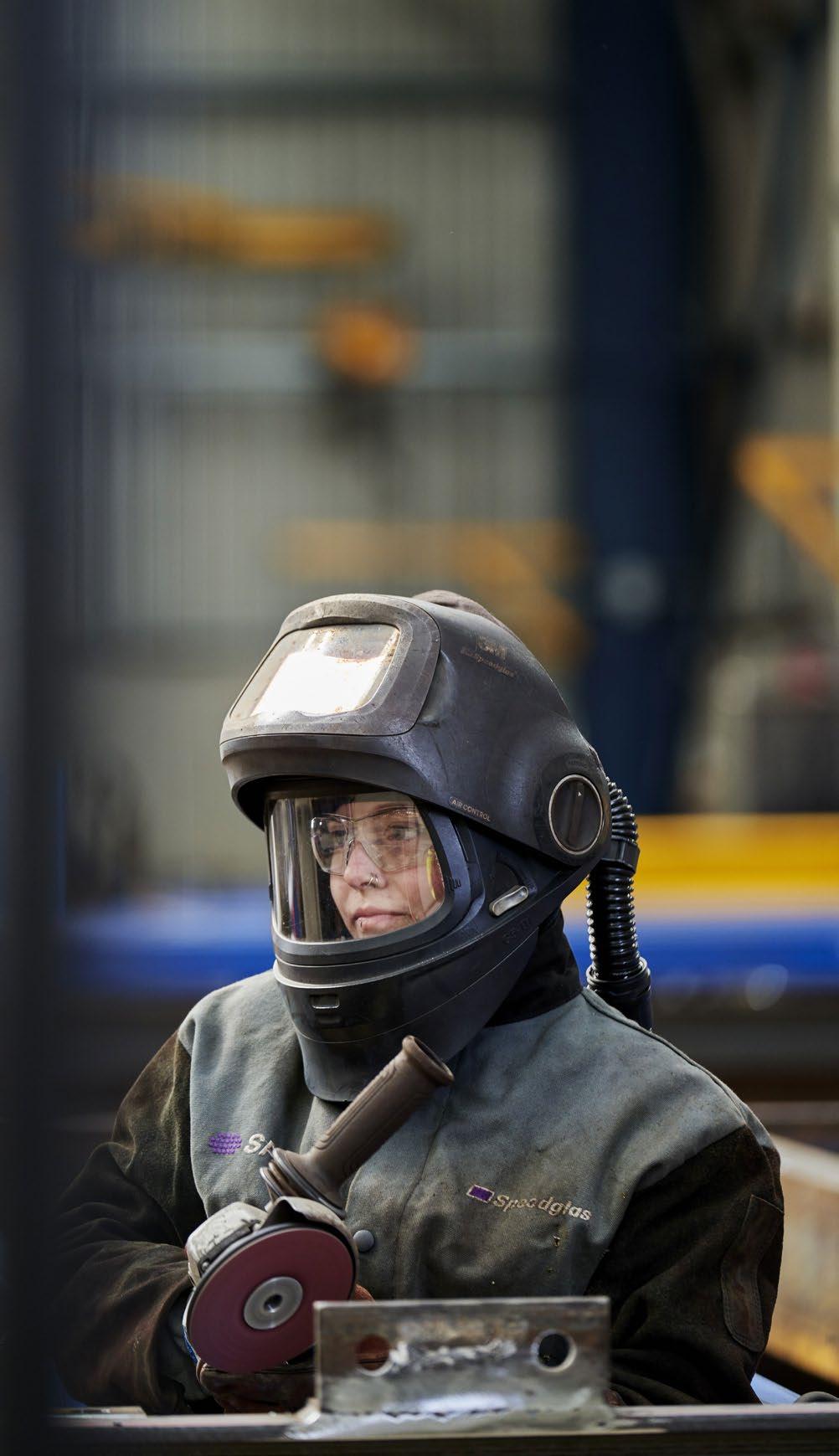
“ Welding is such a great career path. It not just about being dirty and needing brute strength, women bring a difference to welding. We are creative, we have an attention to detail, we can problem solve like a boss and we have patience.”
inspiring everyday. Literally everyday. His experience, his patience, he is so happy to teach me everything he knows and really keep me under his wing. People think coming into this environment as a young female that the Kenny stereotype would be difficult to learn from, but here it is the complete opposite. When I won the Young Tradesperson of the Year at the Weld Australia awards, he was the first on his feet smiling. I’ll never forget that.
Why do you think women should consider a career in welding? It is such a great career path. It’s not just about being dirty and needing brute strength, women bring a difference to welding. We are creative, we have an attention to detail, we can problem solve like a boss and we have patience. I know I am lucky here at Hanlon’s. I can walk into the workshop and see six other likeminded females, not everyone can say that.
What do you believe is the biggest challenge for the industry at the moment? There is a huge demand for skilled tradespeople, but not young people in the industry
What about the biggest opportunity for the industry? Technology is a big opportunity. Automation and advanced welding techniques are making fabrication more efficient and precise. In a number of jobs we have done in the last 12 months, we can see there is a push for more sustainability in this field, and manufacturing in general, which for us means new ways of working with materials and reducing waste.
What advice would you give someone considering a career in welding? Honestly, just do it. Don’t be intimidated by the male dominated industry, in my opinion its one of the best jobs people can do. Find a good mentor, ask a lot of questions and take pride in your work. And it is absolutely ok not to know everything!
Australian Standards are living documents. They reflect progress in science, technology and systems. To maintain their relevancy, all Standards are periodically reviewed, with amendments and revised editions published. The last few months have seen several developments, including ongoing reviews into Standards related to welding safety and consumables, pressure equipment, bridges and steel structures.
The revision of AS 4343 Pressure equipment — Hazard levels is well underway and a draft is being prepared for public comment. The Committee has also commenced the revision of AS 3992 Pressure equipment — Welding and brazing qualification primarily to incorporate recent changes in welding consumables and materials. Correction of reported anomalies and errors will also be actioned.
Committee WD-002 is well advanced on the revision of AS 2576 Welding consumables for build-up and wear resistance. Public comment has been completed and
comments resolved. The committee are currently obtaining updated microstructure images and once obtained, the revised standard will be published.
The revision of the AS 1674 Safety in welding and allied processes series is mostly completed. The revised edition of AS 1674.1 Safety in Welding and allied processes—Part 1 Fire precautions was published in January. The standard is used extensively in industry to establish fire preventative measures whilst welding in locations not necessarily designed for hot work. It is also used by small industry for airconditioning and plumbing installations both domestically and commercially.

Separate to this project, Committee EL-019 has completed the revision of the sister standard AS 1674.2 Safety in Welding and allied processes— Part 2 Electrical and draft has been successfully balloted. Publication is anticipated within two to three months.
Committee SF-006 has advised that they are also revising the AS 1338 series Filters for eye protectors covering and are proposing to replace it with a modified ISO adoptions to be the AS 16321 series. Public comment on parts 1 and 2 closes on 4 April.
Committee SF-010 has advised that the PPE respiratory protection standards AS/NZS 1715 and AS/NZS 1716 respiratory protection will be transitioning to their AS/NZS ISO equivalents over the next five years. AS/NZS 1715 will transition to the ISO 16975 series, and AS/NZS 1716 will transition to a range of ISO standards as direct text adoptions.
Committee SF-053 has completed work on a number of ISO standards adoption related to the testing of PPE. It published AS/NZS ISO 11611 covering protective clothing for welding and allied processes on 28 March. This standard provides a measure of electrical resistivity and fire resistance suitable for clothing worn by welders. The latest revision also includes provision for UV protection. A limited range of welder’s apparel is currently sold in Australia compliant with ISO 11611.
The amendment to AS/NZS 5100.6
Bridge design — Part 6: Steels and composite construction has been completed and was published in April 2024. The revision aligns the requirements of the standard with the latest revision of AS 4100 Steel structures, AS/NZS 5131 Structural steelwork — Fabrication and erection, and the New Zealand steel structures design standard NZS 3404.1. The revision resolved known conflicts and anomalies via an amendment. Work has commenced on drafting a commentary.
Standards Australia commenced a major revision of AS 4100 Steel structures in May 2024. Committee BD-001 is managing the project. The revision is well advanced and preparation for public comment will commence shortly. Cognisance has been taken on the recent relevant amendments to AS/NZS 5100.6.
WD-003’s project to revise AS/NZS 2214 Certification of welding supervisors — Structural steel welding has been completed and the now two parts of the standard published. Part 1 includes welding supervision
and welding inspection, similar to the latest revision of AS 1796, with Part 2 covering bolting supervisors and inspectors.
WD-003 has also revised AS 2208.8.2
Methods for destructive testing of welds in metal Method 8.2: Transverse fillet shear test to expand the scope of the test method to include provision for the testing of welded mesh and reinforcing materials. Public review closes on 28 April.
The Committee has also kicked off the revision of AS 1101.3 Graphical symbols for general engineering Part 3: Welding and non-destructive examination and AS/NZS 1665
Welding of aluminium structures
The revision of AS 1101.3 is minor in nature, and mainly to correct known errors with the revision of AS/NZS 1665 being a major revision likely to take considerable time.
Committee MT-007 has now commenced the revision of AS 3978 Non–destructive testing—Visual inspection of metal products and components and a public review draft is being prepared. The revision will remove welding–related items from
the current standard and in lieu refer to AS/NZS ISO 17637 for the visual examination of welds.
ISO TC44/SC10 has commenced the revision of ISO 14731 Welding coordination — Tasks and responsibilities. This standard forms an integral part of the AS/NZS ISO 3834 series.
TC44/SC10 has also been revising ISO 17660 Welding — Welding of reinforcing steel. Whilst initial was planned to combine the two existing parts into a single document, sufficient objections were received to maintain both parts. Work is ongoing.
Similarly, ISO TC44/SC11 has been revising ISO 9606-1 Qualification testing of welders—Fusion welding— Part 1: Steels to combine all five parts into the one standard. This will simplify the ongoing maintenance and review requirements for the standards currently published as Parts 2 to 5 of ISO 9606-1. Comment on the draft international standard (DIS) by National bodies closed in December and comment received is currently being resolved.

Weld Australia receives a number of member enquiries via its Weld Fume Hotline (1800 212 988) on requirements necessary to meet their statutory obligations regarding weld fume. Common questions include:
• Do we have to supply powered air purifying respiratory (PAPR) helmets to our welders?
• Why can’t I just give the welders a P2 mask or PAPR?
• How long can I weld for before respiratory protection is required?
• Do I need to conduct air monitoring?
To answer these questions, it is important to get an understanding of the welding processes used in the workshop, availability of ventilation and fume capture options, and the materials being welded. Only then can Weld Australia assist manufacturers and fabricators to work through the issues as they arise.
Similarly, it is important to go back to basics and be reminded of requirements that exist under WHS regulations.
In all workplaces, it is a requirement that all hazards to health and safety of people at the workplace be identified and controls implemented to eliminate these hazards. Where this is not practicable, then it is a requirement that exposure to the hazards be minimised as far as reasonably practicable.
Importantly, the regulations do not tell the employer (or person controlling the business or undertaking) how this has to be done, rather that it must be done. Importantly, the expectation is that the most effective control methods as defined by the hierarchy of controls must be considered for use before implementing the least effective controls which includes the use of personal protective equipment (PPE). It is also understood that a combination of controls may be required to provide an effective solution.
The process recommended by Weld Australia includes conducting a risk assessment to identify the hazards and controls required (see Guideline 1 in our Fume Minimisation Guidelines) to ensure that the welder and people working nearby, are protected from exposure to fume from welding and welding-related processes (including thermal cutting, gouging and so on).
The risk assessment process should include consultation with the welders and personnel exposed to the weld fume, and the outcomes documented. As a guide, Weld Australia has published a selfassessment form in our Fume Minimisation Guidelines to assist with this process.
The following actions, based on the hierarchy of controls, should be considered:
1. Elimination: Where practicable, either remove the welder from the source of the fume by mechanising or automating the welding process, or utilise a lower fume emission process or weld procedure.
2. Substitute a lower fume process: Optimise and qualify the weld procedure to maximise arc stability, minimise spatter and minimise weld fume production.


Arc stability is enhanced through:
• use of an inverter-based welding power source; and,
• use of a copper-free wire consumable for the GMAW and FCAW processes.
For the GMAW process, waveform controls are highly effective (up to 80% fume reduction possible) at reducing weld fume.
For the GMAW and FCAW processes, reduce the CO2 content of the shielding gas to minimise the amount of fume generated.
3. Engineering controls: At-source fume control is recommended to maximise the level of fume captured as it is generated. Fume management equipment such as hooded fume extractors (e.g. fixed, downdraft extraction table, portable) and on-gun extraction systems can remove up to 90% of the fume generated. Captured fume should be filtered and exhausted to atmosphere, preferably outside of the workshop in a non-hazardous area.
A good overall ventilation system used throughout the workshop in conjunction with fume capture systems is essential for the protection of personnel working in the vicinity of welding. Accumulation of fumes in areas away from welding or welding related process in the workshop must also be prevented to ensure that coworkers are not exposed to the fume.
4. Administration controls: Arrange the work piece so that the welder’s head is not in the plume.
NOTES:
(i) When welding in flat (PA, 1G or 1F) or horizontal-vertical (PB or 2F) position, the welder’s head is likely to be positioned within the plume, and fume management methods or personal protective equipment (PPE), or a combination of both, may be required.
(ii) All welding processes generate fume. The plume may not be visible to the welder or with some processes, the observer.
5. PPE: To ensure conformance with the 1mg/m3 exposure limit, the use of supplementary personal protective equipment is likely to be required (e.g. powered air purifying respirators or PAPR), especially if the welder’s head is in the plume.
Continued over page >

To answer each of the above questions after discussing the control options above, the following are considered:
Do we have to supply powered air purifying respiratory (PAPR) helmets to our welders?
Not necessarily but the control options implemented must be effective. Keep in mind that PAPRs range in price from less than $1,000 to over $2,500 depending on features and available options. Many fabricators though now opt to supply these devices when appropriate because they can be cost-effective solution to at least protecting the welder from excess fume exposure.
Why can’t I just give the welders a P2 mask or PAPR?
Disposable P2 masks can be used for nuisance levels of weld fume for short term exposures but to be effective, the wearer must be clean shaven and fit-tested. This said, whilst PAPRs are very effective at protecting the welder, they do not protect those working nearby and additional controls including fume capture and good general ventilation are essential.
How long can I weld for before respiratory protection is required?
Recent studies have indicated that when arc welding, a welder will be exposed to excess levels of ozone in less than 10 minutes of arc time irrespective of the amount of weld fume particulates generated. Because ozone is generated by the action of UV radiation on atmospheric oxygen remote from the arc, fume capture devices, whilst effective at capturing fume particulates, are ineffective against ozone capture.
PAPRs are effective against ozone because they draw air from behind the welder where there is minimal UV and therefore ozone evolution. P2 masks incorporating activated charcoal can be used for minor nuisance levels of ozone but are quickly overloaded and are ineffective against excess ozone exposure during welding.
Do I need to conduct air monitoring?
Where doubt exists on control effectiveness, WHS regulations requires that air monitoring be undertaken. In addition, if there is a lack of engineering controls in
use, it is likely that a regulator will require air monitoring (fume assessment) to be performed by a hygienist.
Portable real-time air monitors are available to assist fabricators to demonstrate compliance for those working near welding operations.
It is important to note that there is a no-one-size-fits-all approach that is effective to control weld fume exposures and each situation must be individually assessed. A combination of fume control methods that includes the use of fume capture systems, good general ventilation, and personal protective equipment such as PAPR or air-fed helmets etc that minimises the welder’s exposure to weld fume is usually required. Additional controls are required if welding stainless steels, hardfacing, or through coatings.
To assist the industry, Weld Australia’s team of expert engineers are now able to offer guidance and advice on potential fume control implementation strategies at low cost. Simply phone us on 1800 189 900.
Further information on fume control options is available in our Fume Minimisation Guidelines (TGN-SW01) available free of charge via the Weld Australia website
Specialist advice may be sought from an Occupational Hygienist (such asaioh.org.au), particularly in the preparation and implementation of a risk assessment, and the verification of the application of the controls, such as air monitoring.
This Hotline update covers a specific query encountered during the last few months. Whilst accuracy in welding is critical, it is impossible to report in detail the full circumstances of the query. As such, Weld Australia recommends that further technical advice is sought in relation to specific, individual circumstances.
Weld Australia’s Industry Groups provide a forum for technology transfer and research and development, linking members with industry and research organisations. Weld Australia works with Industry Group members to ensure they remain diverse and resilient in the ever-changing and increasingly challenging global markets.
The Asset Integrity Board met online in late February with representatives from EnergyAustralia, Delta Electricity, Alinta-Loy Yang B, CS Energy, and Genuity-Millmerran.
Attendees gave an update on the current issues affecting their operations.
The Group discussed broadening the scope of the Boiler Turbine Industry Group to include other areas such as electrical generators, PIBs, transformers, switchgear. This will give a forum to discuss these areas and share knowledge and experiences.
Many member power generators are constructing and installing Battery Energy Storage Systems (BESS). Issues associated with BESS include procurement of major items, procurement models, principal contractors and safety in
design. Electrical systems are also an important part of a BESS. These are to be included in future agendas and to be included in the Renewable Energy Industry Group.
A major project is to be developed to investigate ageing plant and metallurgy in the context of providing high levels of reliability in a volatile energy market. Many plants are operating beyond their initial design lives and will likely be required for extended operations beyond current closure planned dates. This is particularly concerning in light of critical skills shortages. This project is to be further developed at the next meeting of the Group.
The Process Safety Industry Group was also discussed. There are two projects currently underway: development of a Process Safety Fundamentals Course, and a Communications Hub to enable open communication between members.
The Boiler Turbine Industry Group met in Melbourne in mid-March. The meeting was well attended with 32 attending in-person and 26 online.
The meeting started with Randal Jitts (Delta Electricity) leading a discussion on a proposed project to share pressure welding resources. Most of the power plants in Australia have exceeded their design life and the electricity market is more volatile. Boiler tube leaks are a major cause of forced outages. These can potentially cause network instability and blackouts. These outages require fast and accurate repair, by expert tube pressure welders. These skills are critical and are in short supply.
Other presentations included:
• Simon van der Zalm (Greenview Strategic Consulting) gave an in-depth presentation on the workings and composition of the National Electricity Market.
• Chris Charlesworth (SRG Global) gave a presentation on Advanced Non-Destructive Testing of Steam
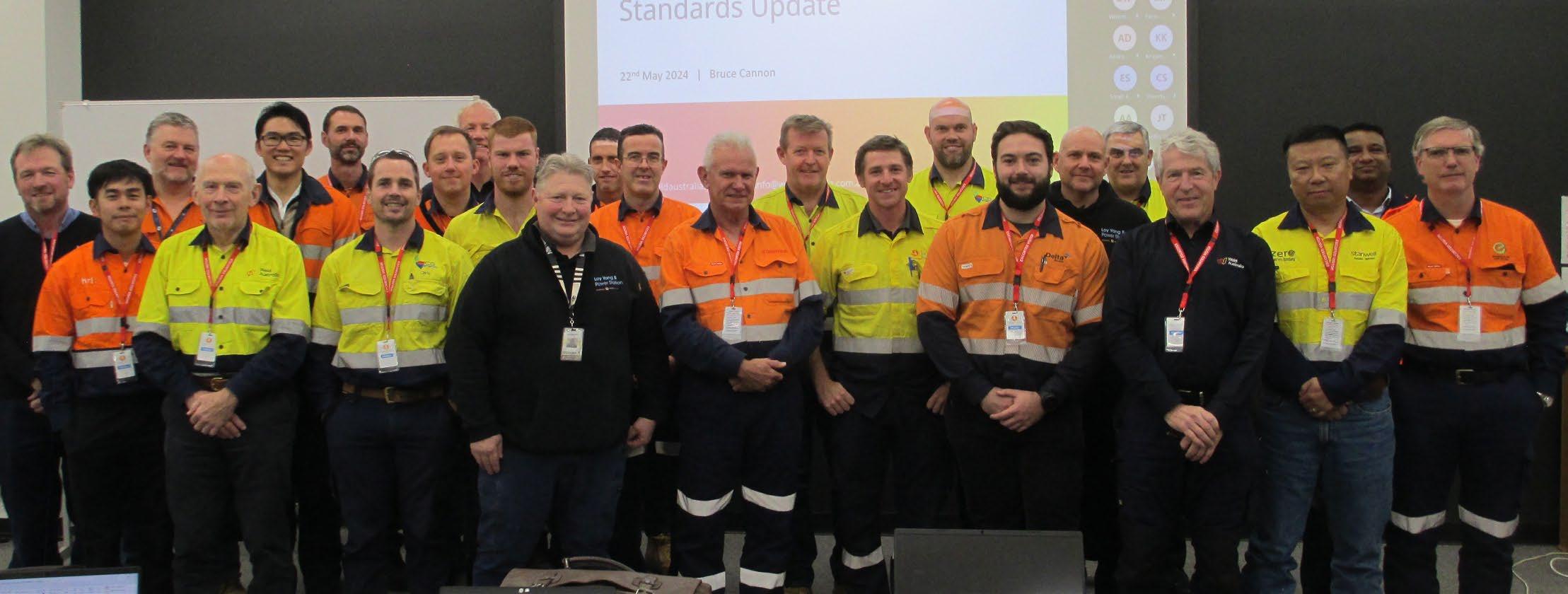
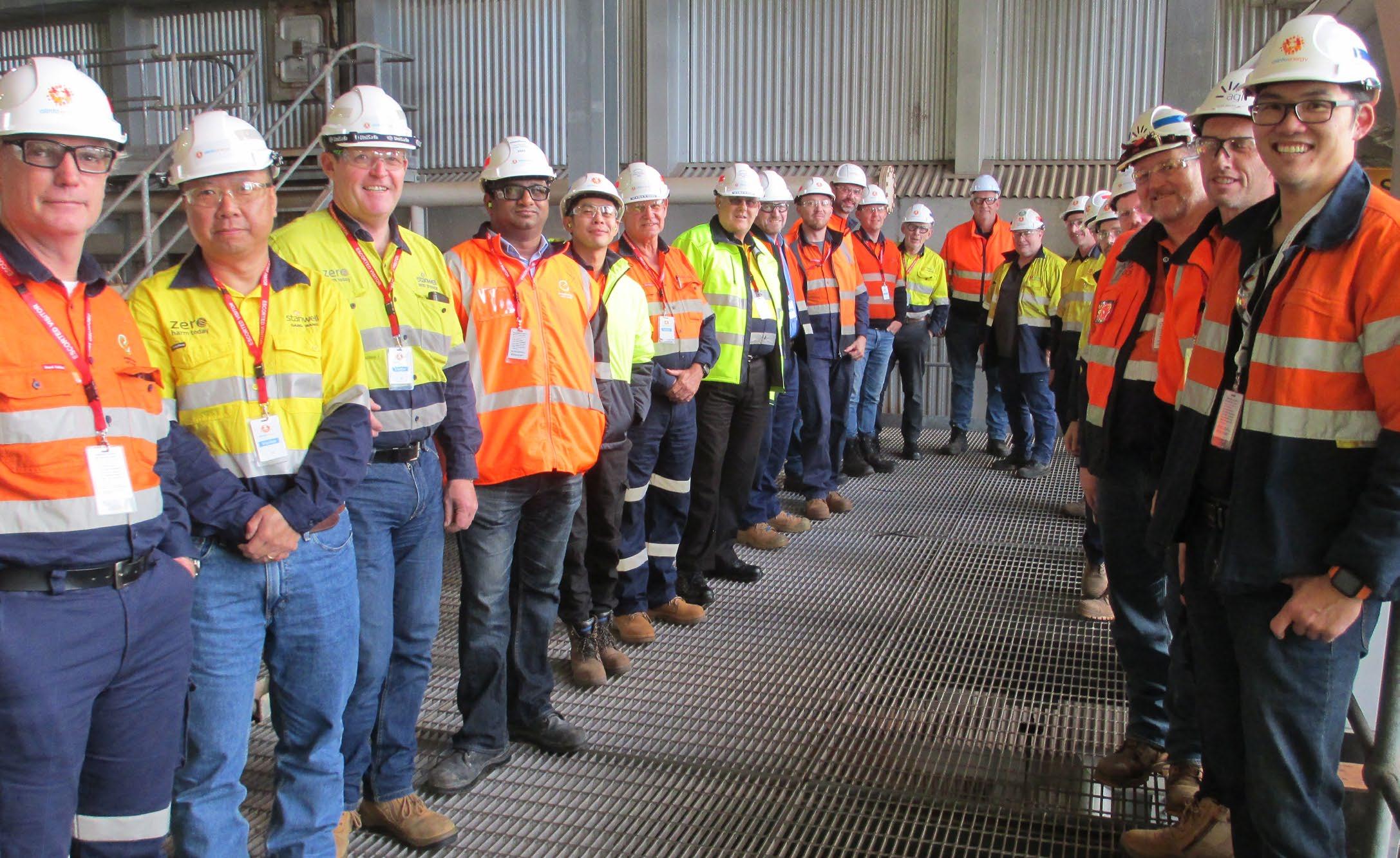
Turbine Rotors.
• Wayne Hill (EnergyAustralia) presented on the major project to investigate ageing plant, ageing metallurgy, failure modes, NDT, the effect of a volatile electricity market and the possible extension of operations for a number of power stations.
• Rhod Edwards (Stanwell Corporation) gave a presentation on Steam Turbine Low Load Operations.
• Adam Smith (Delta Electricity) gave a presentation on fireside corrosion at Vales Point Power Station.
• Hassan Jamshidi gave a presentation on Yallourn Unit 4 LP Turbine rotor weld repairs.
• Anna Paradowska (ANSTO) gave an overview presentation on the capabilities of ANSTO relating to a range of metallurgical investigations and inspection methods.
• Bruce Cannon provided a update on Australian Standards.
Attendees also vistied the Uneek Bending tube banding facility in Dandenong to inspect the site,
equipment and capabilities. Many thanks to Tony Fernando for hosting the visit.
The Process Safety Industry Group met online late last year.
Lara Kayess (Aurecon) gave an overview of a Process Safety Fundaments Course that is under development. Her presentation examined the needs of the members and how a course may be structured.
Wade Underhill (CS Energy) gave a presentation on Process Safety Improvement Goals. Jenny Ratsep (EnergyAustralia) gave a Safety Share on Alarm Management. Joe Chew (Synergy) gave a presentation on process safety culture at Synergy.
Sarah Lipar (Delta Electricity) showed some examples of where things can go wrong and included examples of a number of plant failures. The discussion included an evaluation of what happened, what were the system failures, and what could be improved. Jason Connor (Stanwell Corporation) gave a presentation on
the Management of Change relating to the Permit to Work Safe or Safe Work Systems at Stanwell Power Station.
In conjunction with HRL, Weld Australia reviewed and updated a Power Generation Boiler Inspection Course. The two day course covers an overview of the parts and structure of a boiler, failure and damage mechanisms, non-destructive inspection techniques and a range of case studies. The course was held four times during 2024 at Loy Yang B (Victoria), Stanwell (Queensland), Tarong (Queensland), and Vales Point (New South Wales). Plans are currently being made for further courses in Western Australia and Queensland.
The Group met online late last year. There were three presentations covering a wide range of subject material.
Professor Aleks Nikoloski (Murdoch University) gave a presentation on
Vanadium: A Key Ingredient of Clean Stationary Energy Storage
Professor Aleks gave an overview of Vanadium Redox Flow Batteries (VRFB), describing their components, construction and how they fit into the renewable energy storage systems. Flow batteries involve anode electrolyte solutions and cathode electrolyte solutions which are separated by a membrane. VRFBs are now being installed in many countries around the world.
Bill Mundy (Bill Mundy & Associates) gave a presentation on Australia’s Offshore Wind Energy Opportunities. Australia is forecast to have 100GW of offshore wind generation. The key states are Victoria, New South Wales and Western Australia where there are consistent high strength winds. A number of renewable energy zones have been established to allow the development process to commence.
Finally, Gary MacDonald (Quest
Integrity) provided an overview of the status of renewable energy in New Zealand. New Zealand’s electricity supply is comprised of a mix of hydro, geothermal, wind, solar, gas and coal.
The Welding Safety Council (WSC) met late last year. The meeting was opened by Bruce Cannon (Weld Australia) who gave an update on Australian Standards which are currently under revision and how they affect the welding industry. Bruce also covered the IIW’s investigation of hand-held laser welders. and the revision of some Weld Australia’s free technical resources.
Weld Australia is in the early stages of a study investigating the efficacy of weld fume controls. The work will feed into our Fume Minimisation Guidelines and provide fabricators with better guidance on suitable measures to minimise fume exposure.
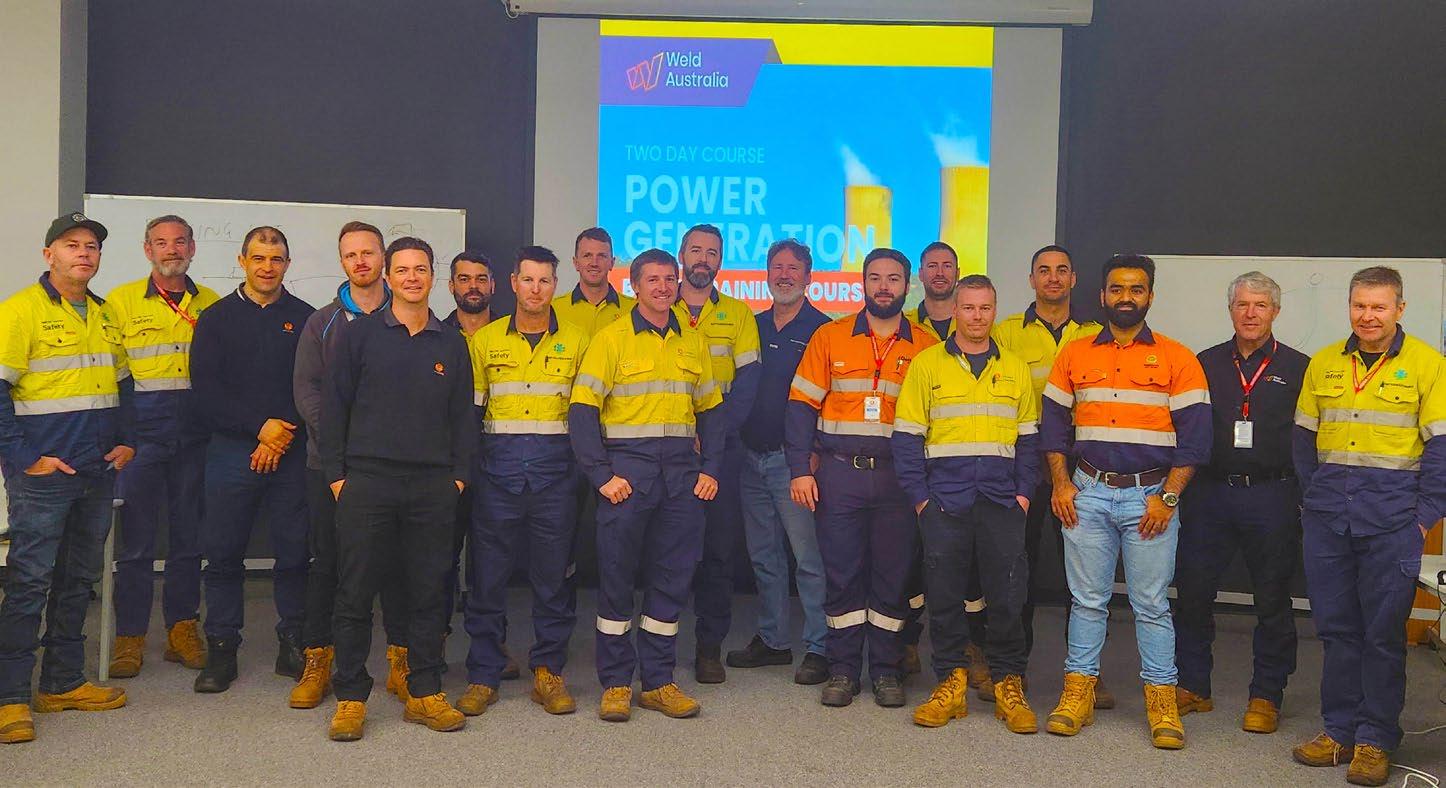
It was decided that an Education Safety Committee will be established to operate in the same way as the WSC but with a focus on the education sector.
The Education Safety Committee met online in February for the first time. Simon Doe (Weld Australia) gave an opening address, after which there was a discussion of the aims, objectives and structure of the Committee. The Committee will address issues such as hand-held laser welding machines, weld fume, electric shock, PPE and clothing fires and more.
For further information or to join one of our Industry Groups, contact: Andrew Davies on a.davies@weldaustralia.com.au or 0438 428 966.
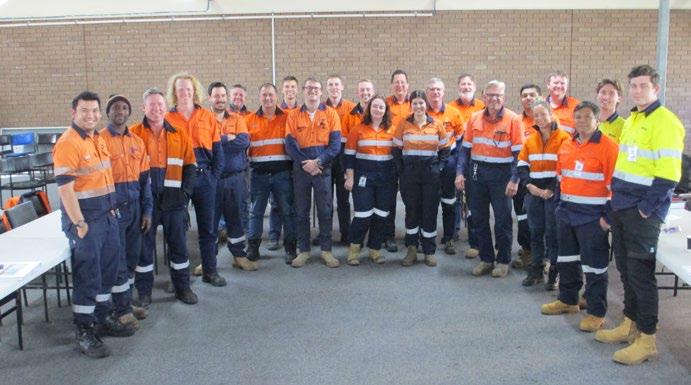
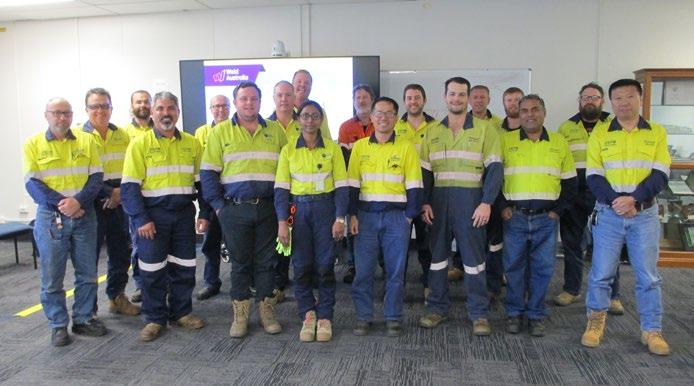

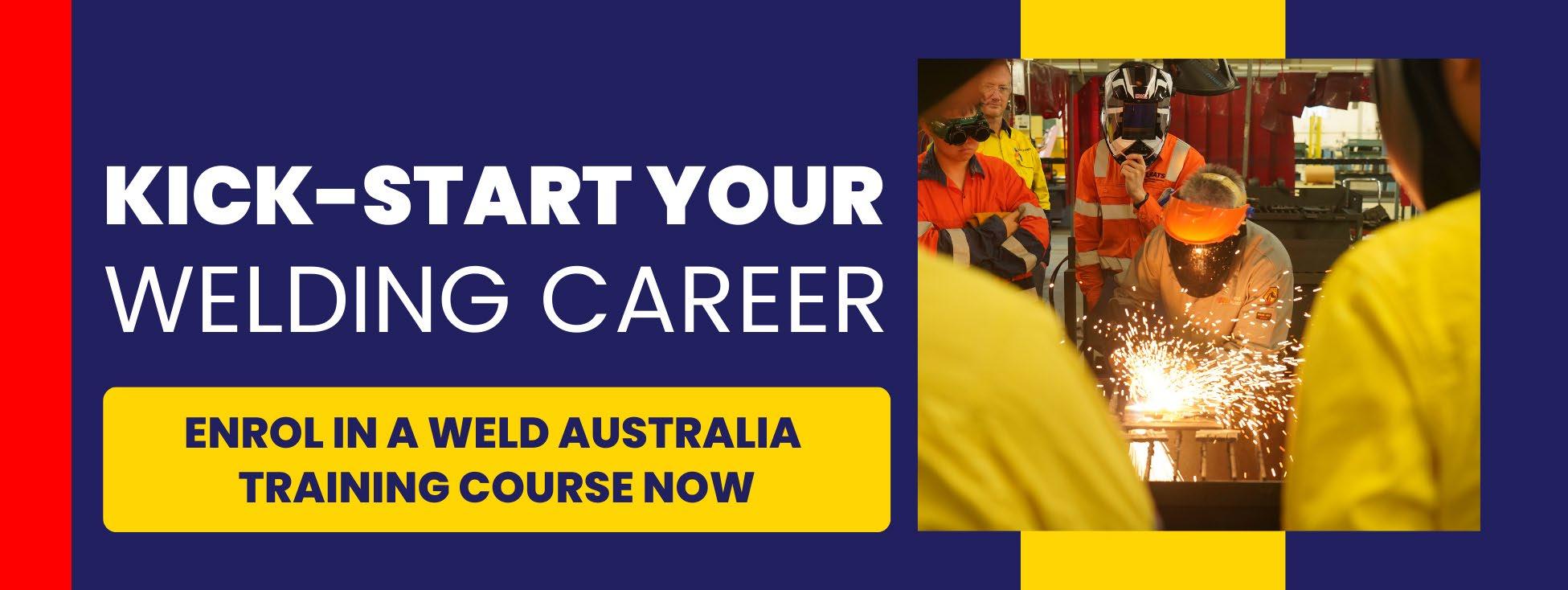
Starts 7 May 2025
The IWI-B course is a globally recognised International Institute of Welding (IIW) qualification. You will gain comprehensive knowledge in non-destructive testing, mechanical and visual inspection techniques, Inspection procedures and acceptance criteria and identification of weld imperfections.
Starts 7 May 2025
This course provides advanced knowledge of welding and inspection theory and application, including NDT, mechanical and visual inspection techniques, inspection procedures and acceptance criteria, identification of weld imperfections associated with pre-production, fabrication, and post fabrication.
Starts 20 May 2025
You will gain comprehensive knowledge in: welding processes and equipment, materials and their behaviour during welding, construction and design, and fabrication, application engineering. This will enable to you perform, supervise and oversee all company welding activities.
Starts 2 June 2025
Our face-to-face training is offered over a one-week block. The first four days will consist of theory and practical training and the final day will be the practical examination. The theory exam will be online the following week. This course provides general knowledge of welding, inspection theory and application.

FACE-TO-FACE WELDING SUPERVISOR IN MACKAY
Starts 2 June 2025
A Welding Supervisor qualification expands your career horizons enormously. Welding Supervisors play a vital role in industry—they understand the factors that influence welding quality, how to oversee welders effectively, and the variables that help maximise welding productivity.
FACE-TO-FACE IWI-B IN SINGLETON
Starts 14 July 2025
The IWI-B course is a globally recognised International Institute of Welding (IIW) qualification. You will gain comprehensive knowledge in non-destructive testing, mechanical and visual inspection techniques, Inspection procedures and acceptance criteria and identification of weld imperfections.


O T H E N E X T L E V E L
Weld Australia currently has a few—very rare—one-week blocks available in March, May and July. All our in-house training courses need a minimum of 10 students.
Weld Australia currently has a few very rare one-week blocks available in October, November and December. All our in-house training courses need a minimum of 10 students.
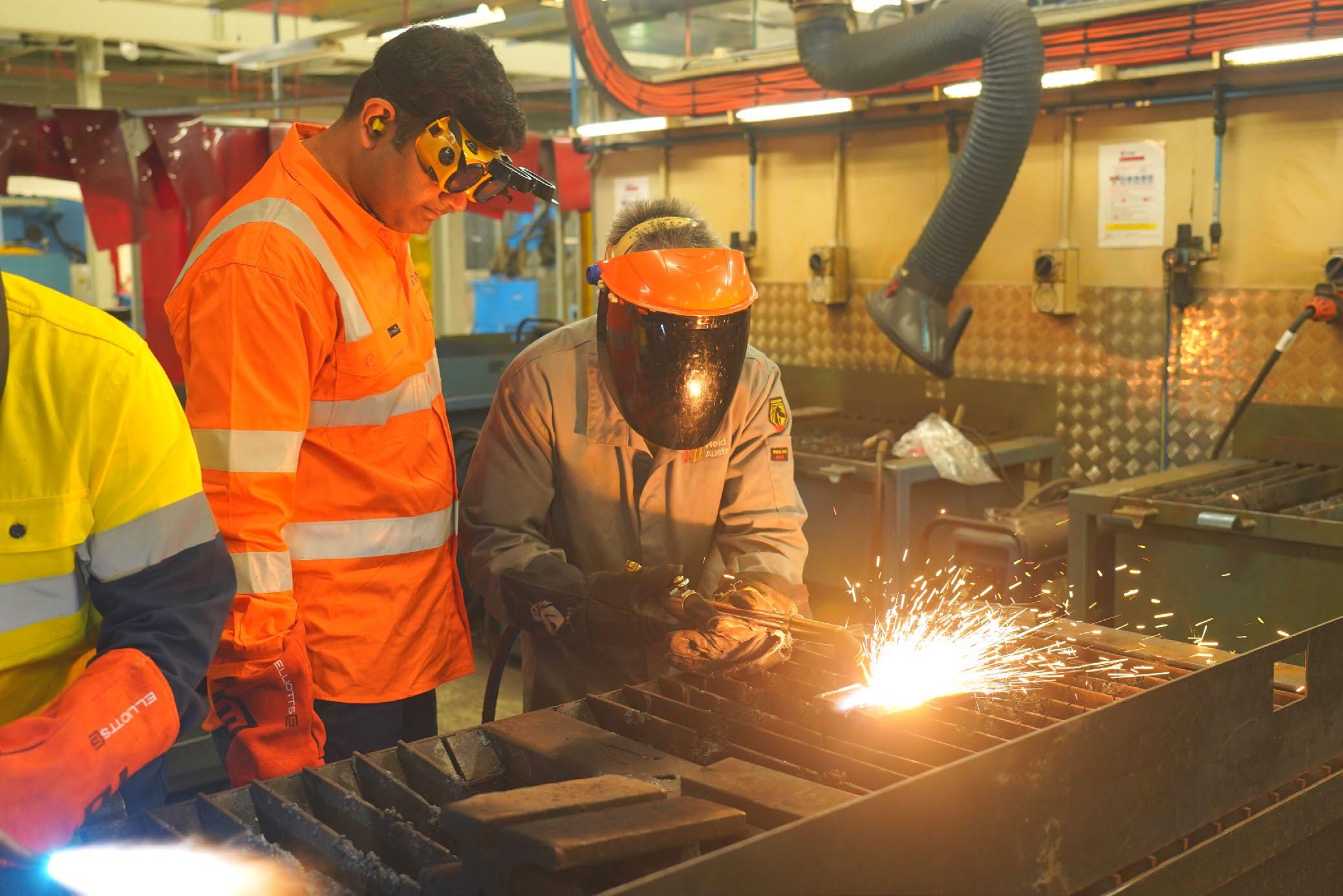
For information, or to book your in-house course, contact us via 1800
OUR MOST POPULAR IN-HOUSE COURSES
IIW International Welding InspectorBasic (IWI-B)
This internationally recognised course provides extensive knowledge surrounding welding, inspection theory and application
This course covers significant issues that may arise with welded components, welding processes, weld defects and testing, and welder qualification
Welding Supervisor - AS 2214 and AS 1796 Cert 10
Our course covers welding processes, terminology and technology; welding metallurgy; weld testing and inspection; standards and specifications; and more
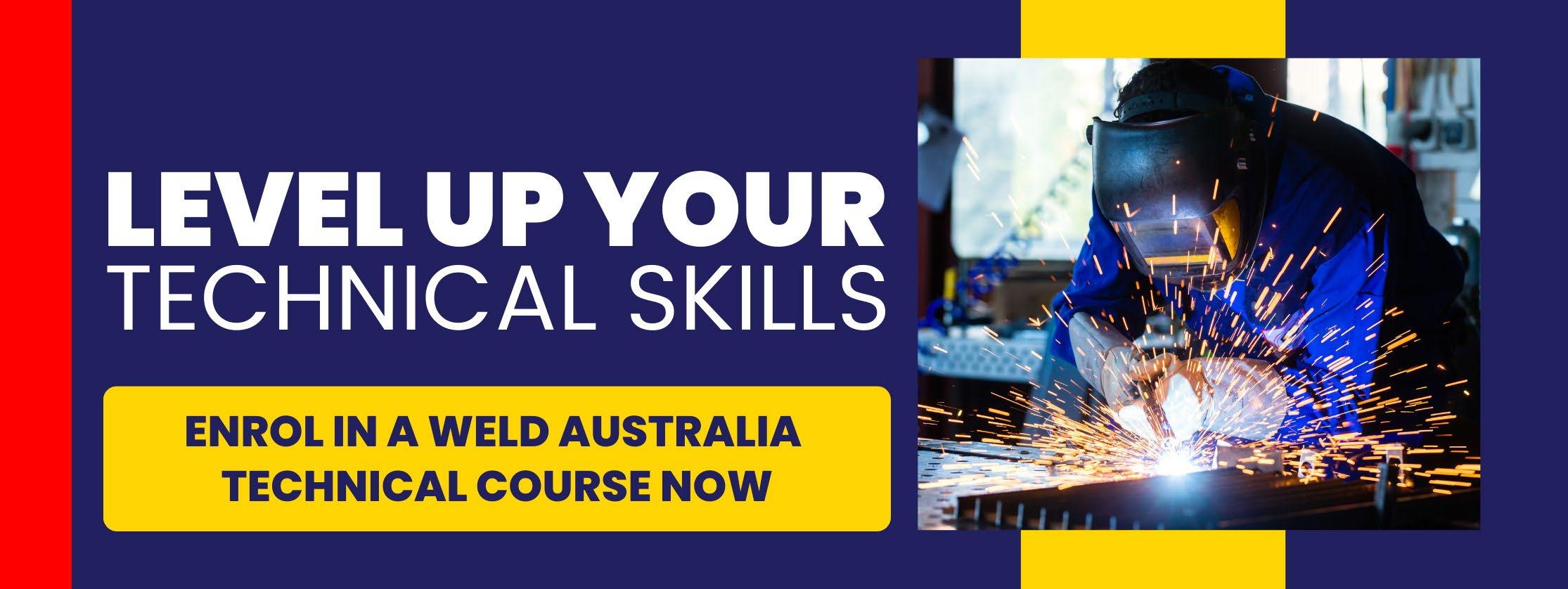
Melbourne & Online: 30 April & 1 May
Many industries worldwide, including structural buildings, bridges, mining equipment, marine applications, and more, now require welding to comply with the AWS D1.1 code. Achieving this certification ensures fabrication and inspection meet stringent quality standards, helping companies reduce rework, minimise costs, and deliver projects on time. This course will be facilitated by Cristian Zanfir (Manager of Standards, Office of Public Safety, CWB Group).
Adelaide: 2 & 3 June | Sydney: 4 & 5 June
Facilitated by USA expert Pingsha Dong, this two day course will cover the fundamentals that every engineer should know when designing welded components. From weld in-situ strength, residual stresses, and geometric discontinuities, every aspect plays a different role in contributing to resultant joint strength, and fatigue resistance. Implications on metallic additively manufactured (AM) parts will also be discussed.
Brisbane: 7 to 9 October
The ASME code is the American Society of Mechanical Engineers (ASME) standard that regulates the design, development and construction of boilers and pressure vessels. ASME Section IX specifies the requirements for the qualification of welders and the welding procedure specifications. The course will be facilitated by Walter J. Sperko, P.E., the President of Sperko Engineering Services, a consulting firm specialising in metal fabrication technology.

Venue TBC: Late 2025 or Early 2026
This three day course presented by Dr Gregory Brown helps participants understand and apply the API/ ASME fitness-for-service standard in their daily work. The material presented in the course shows how the disciplines of stress analysis, materials engineering, and nondestructive inspection interact and apply to fitnessfor-service assessment. The assessment methods apply to pressure vessels, piping, and tanks that are inservice.
